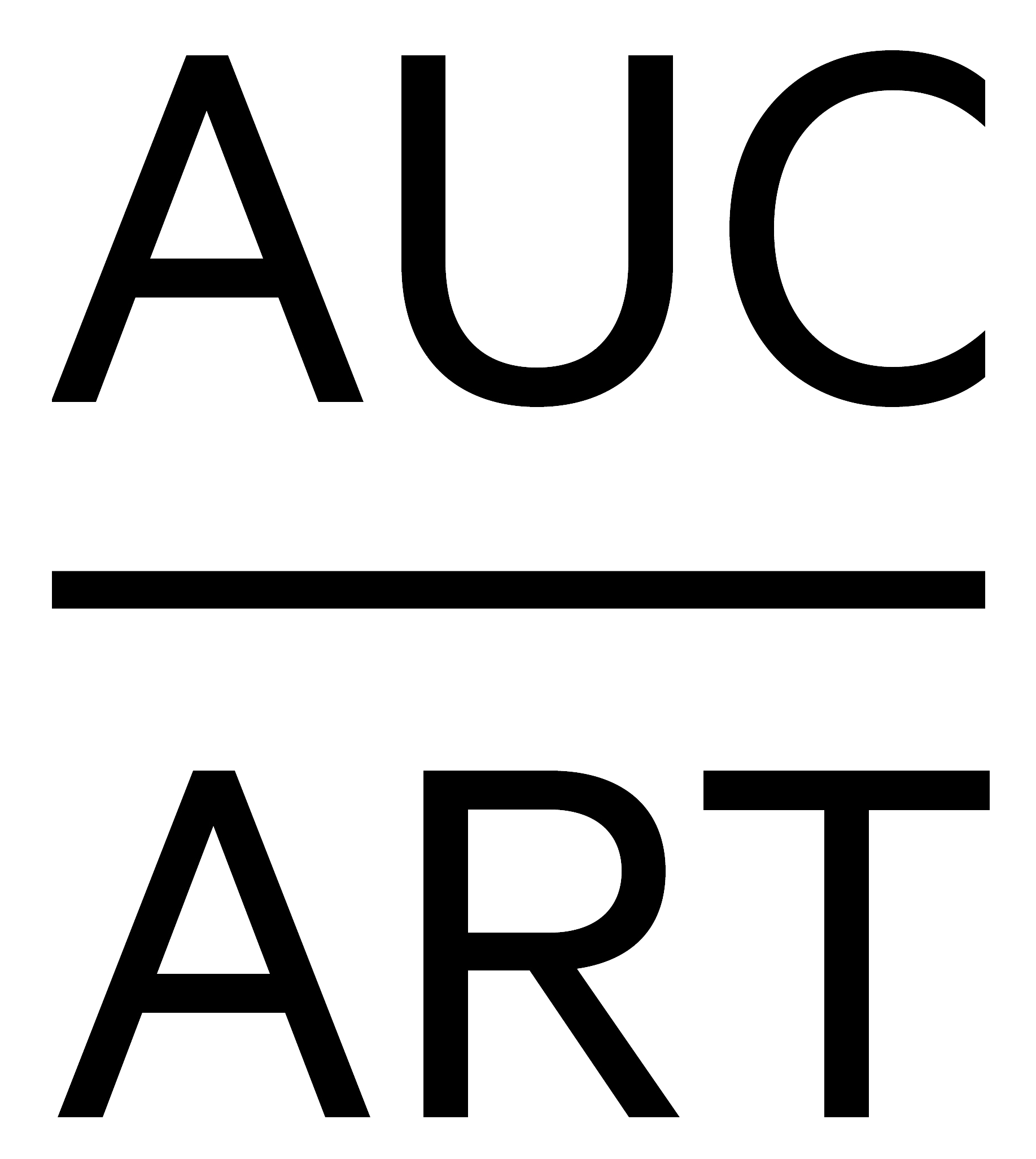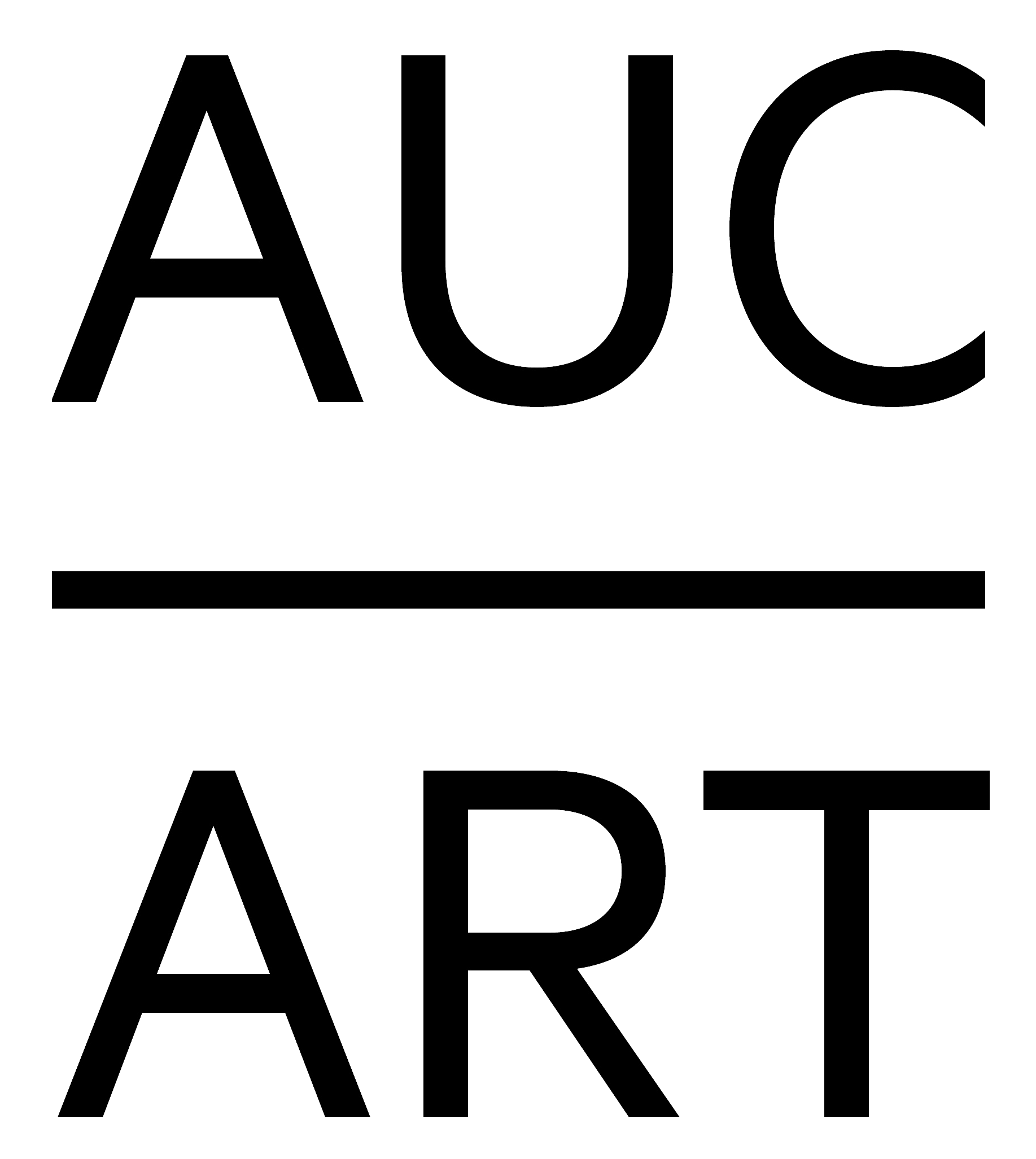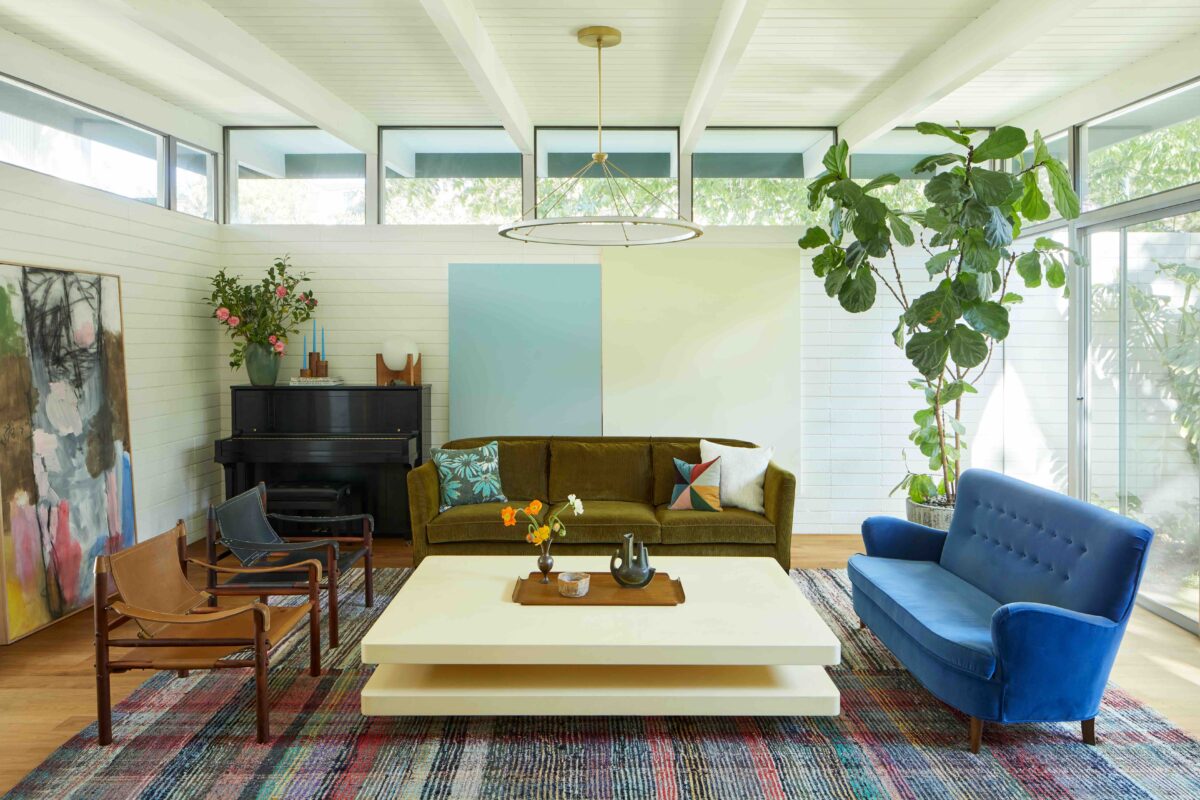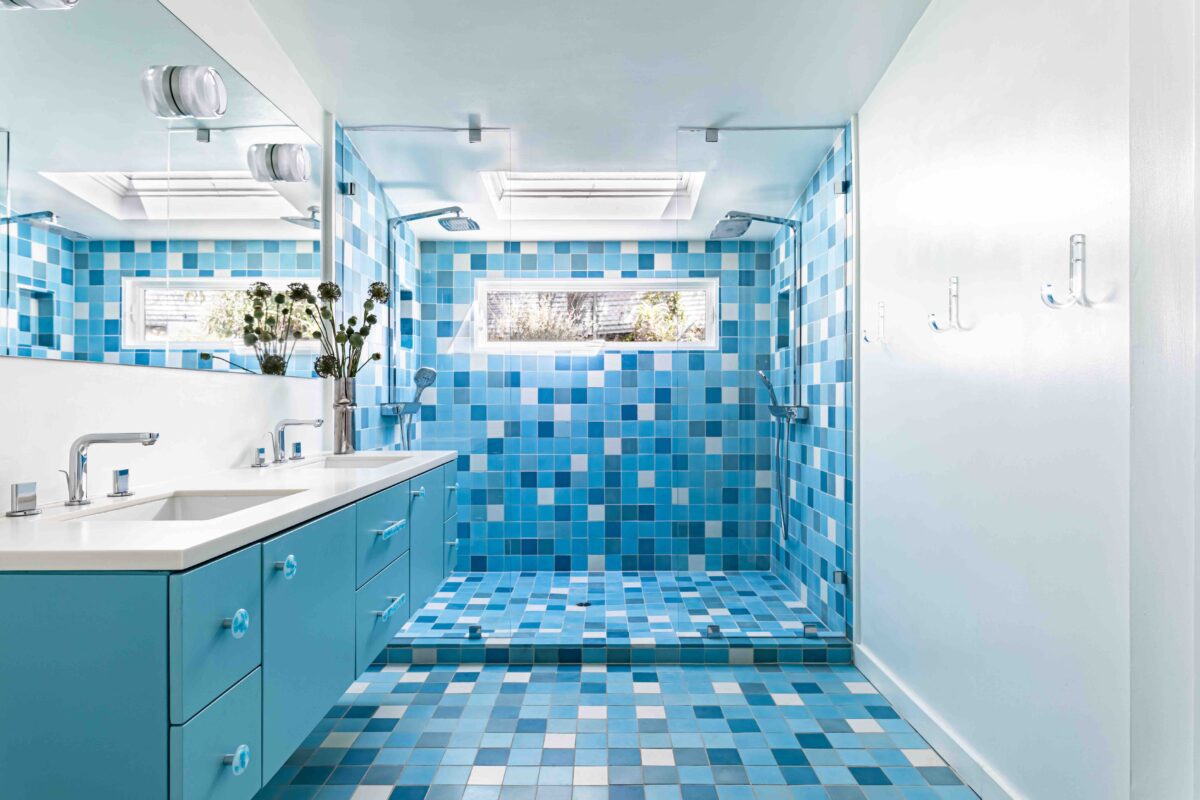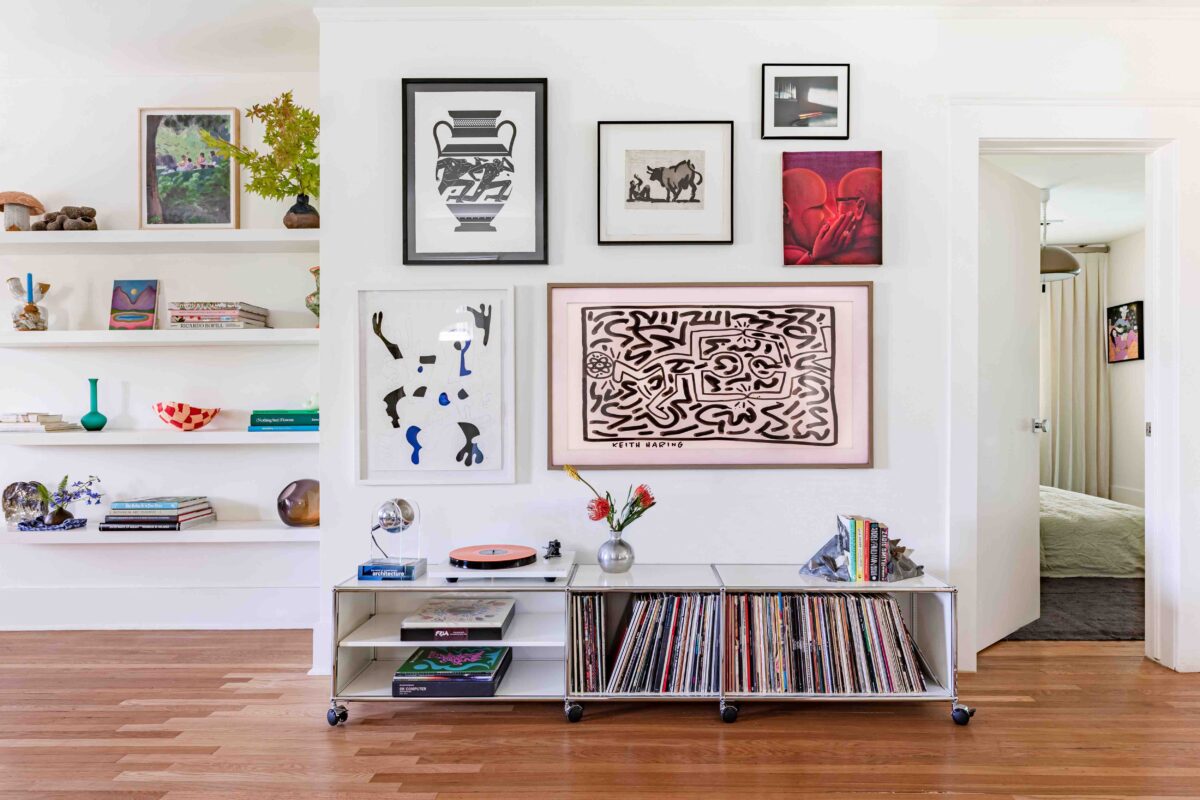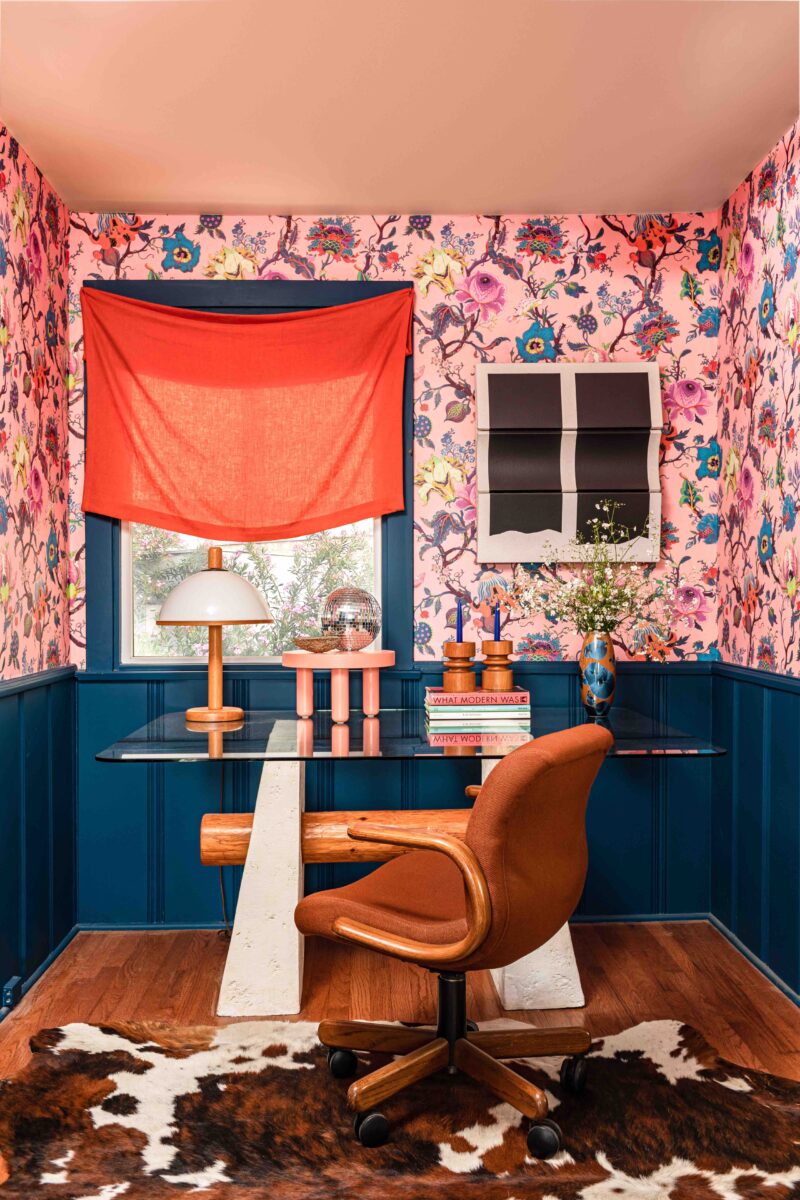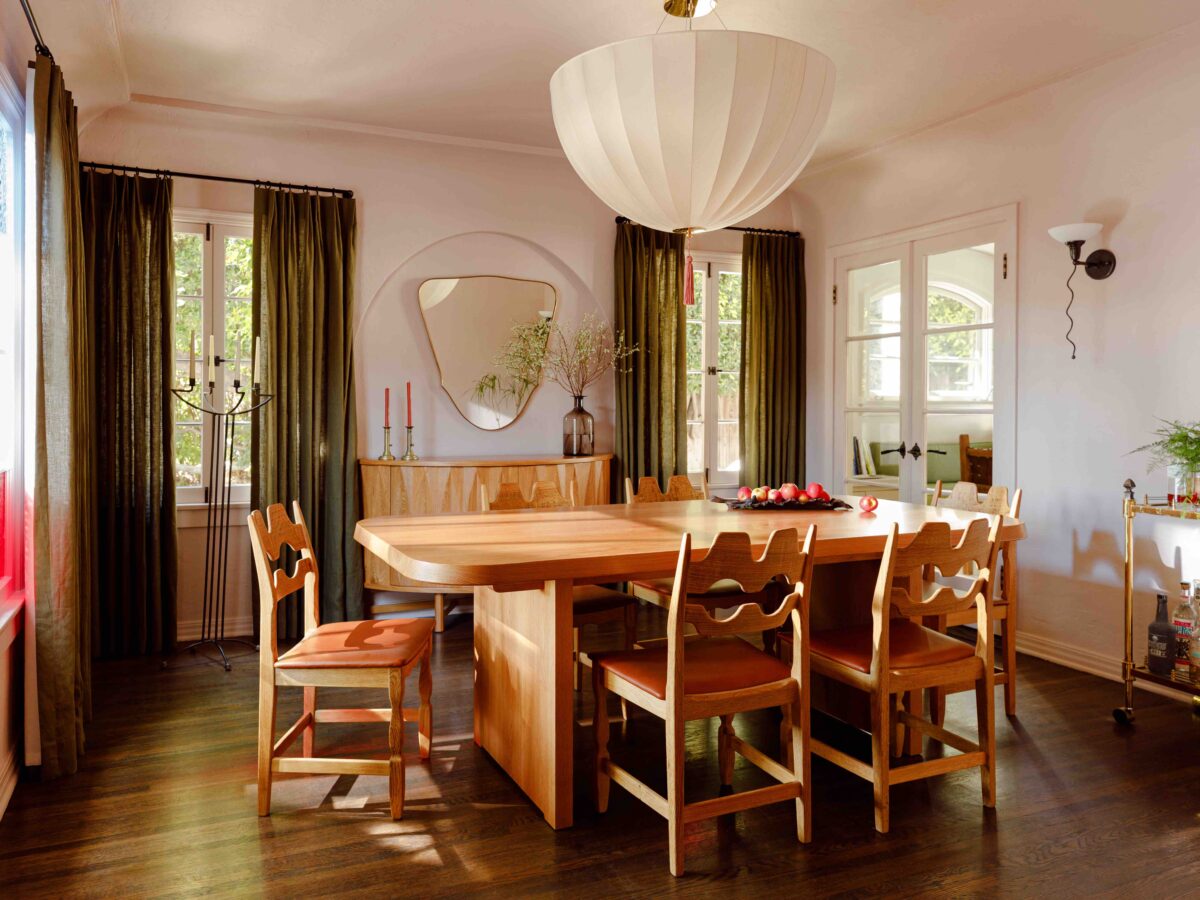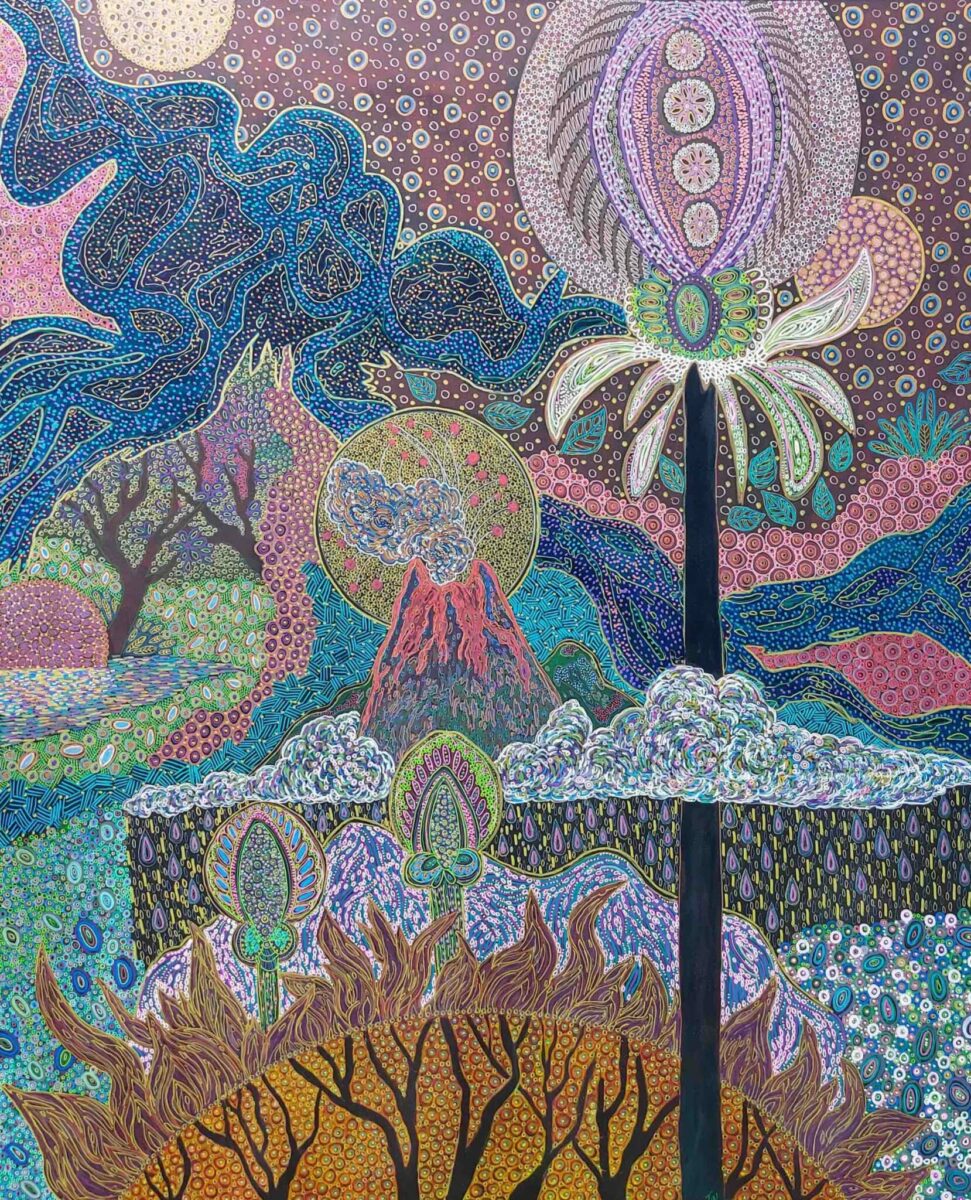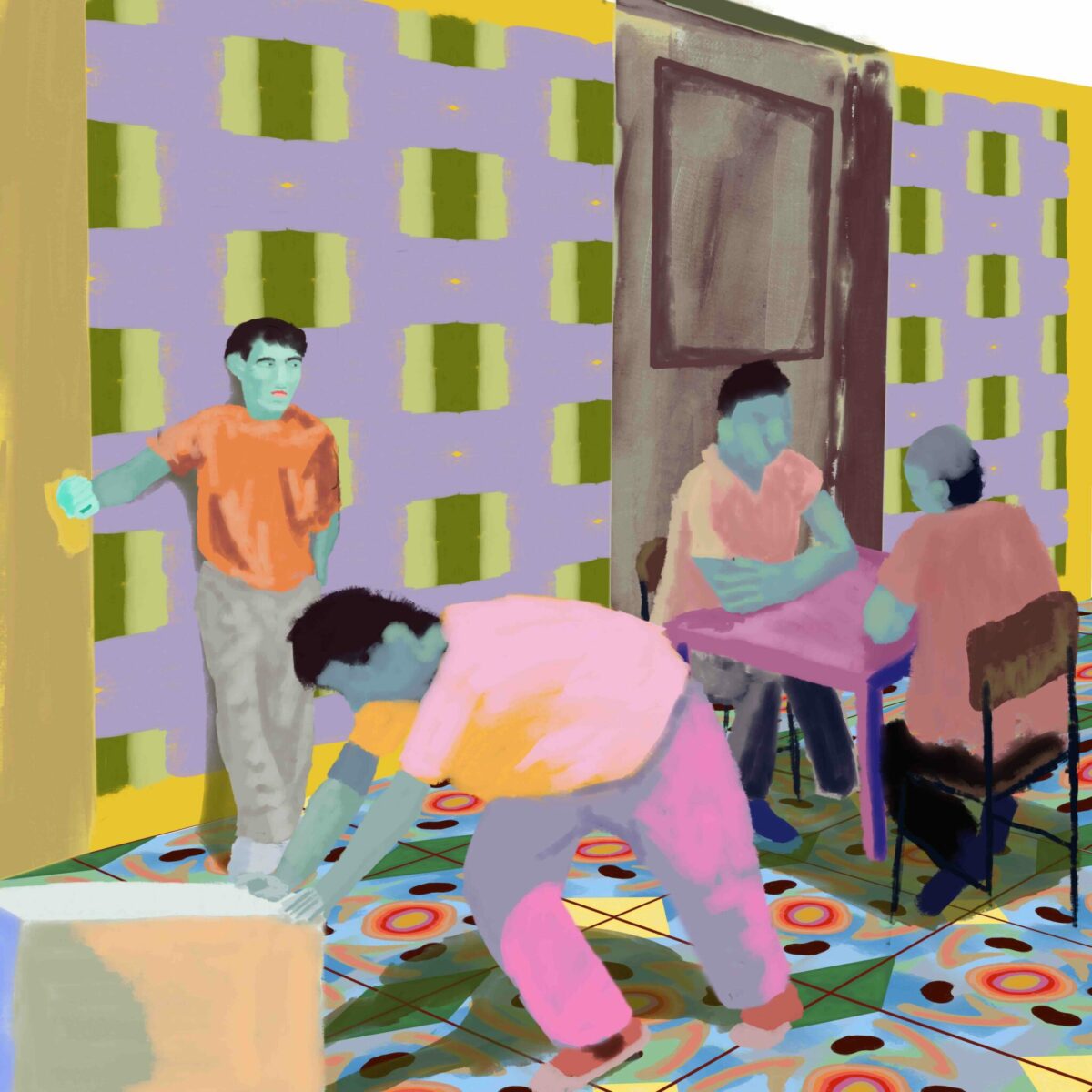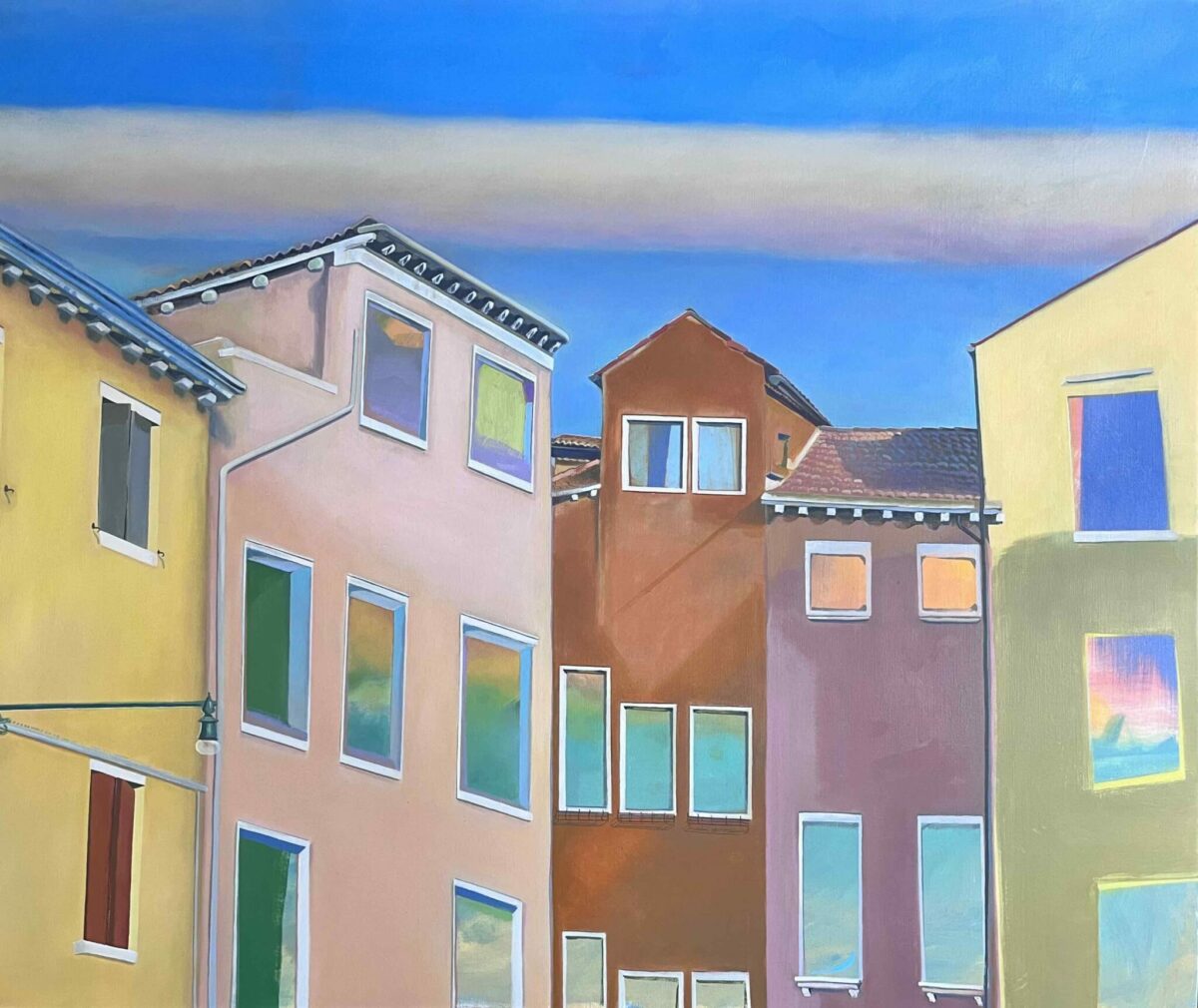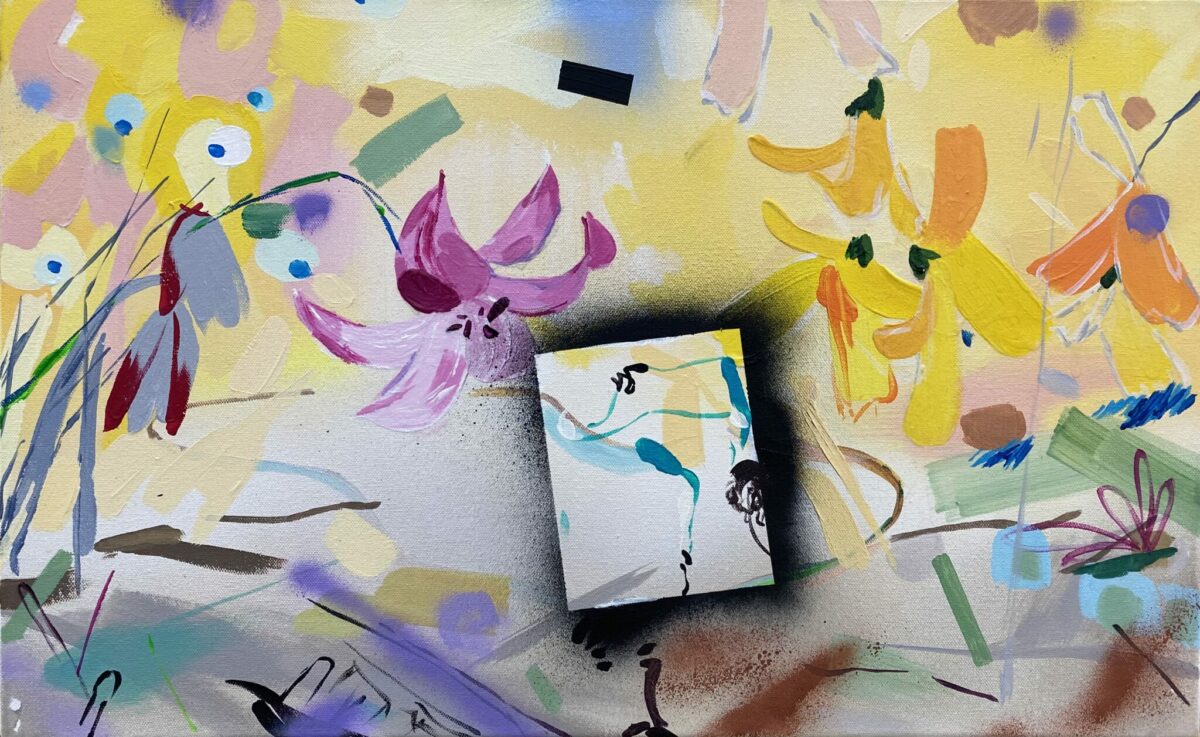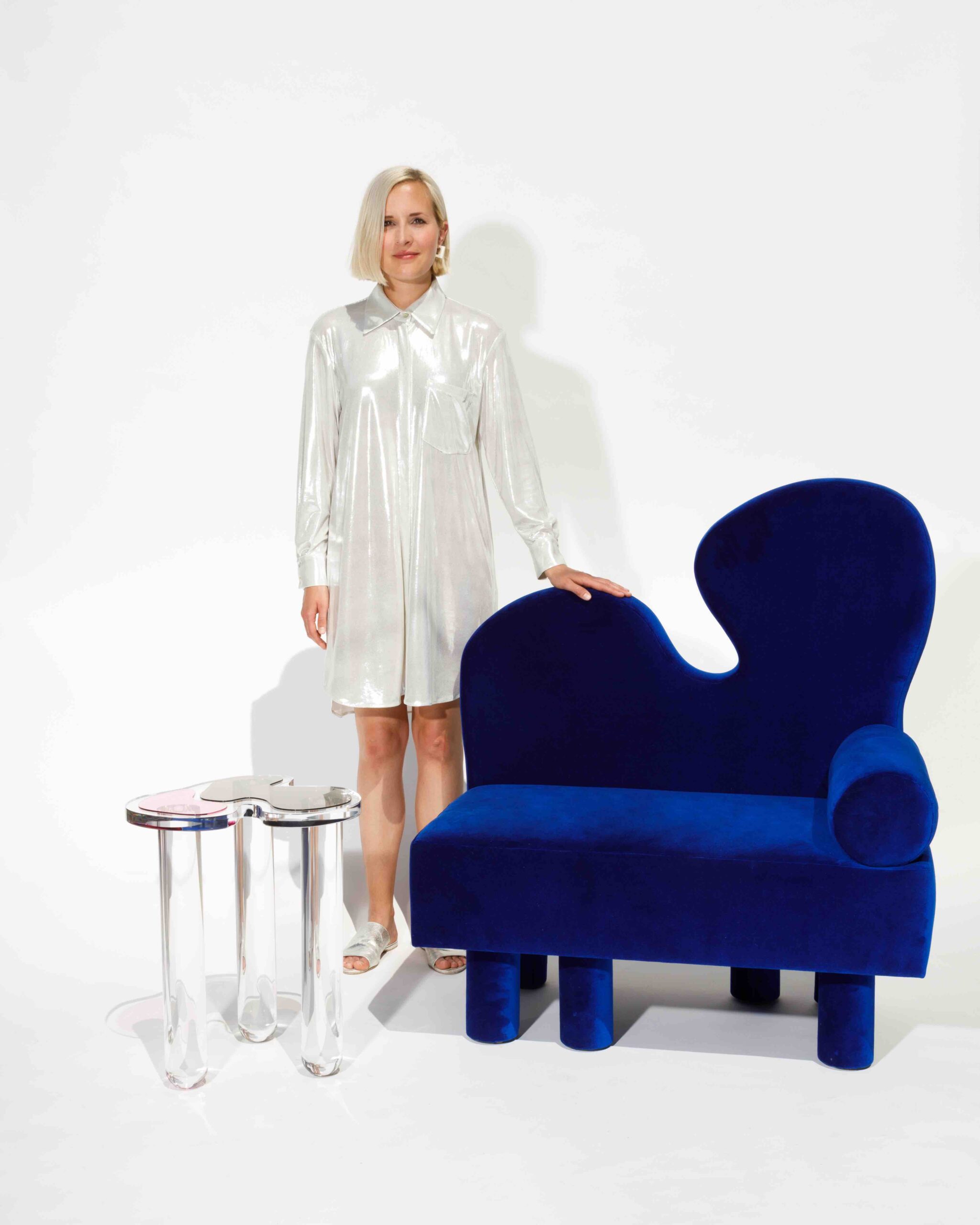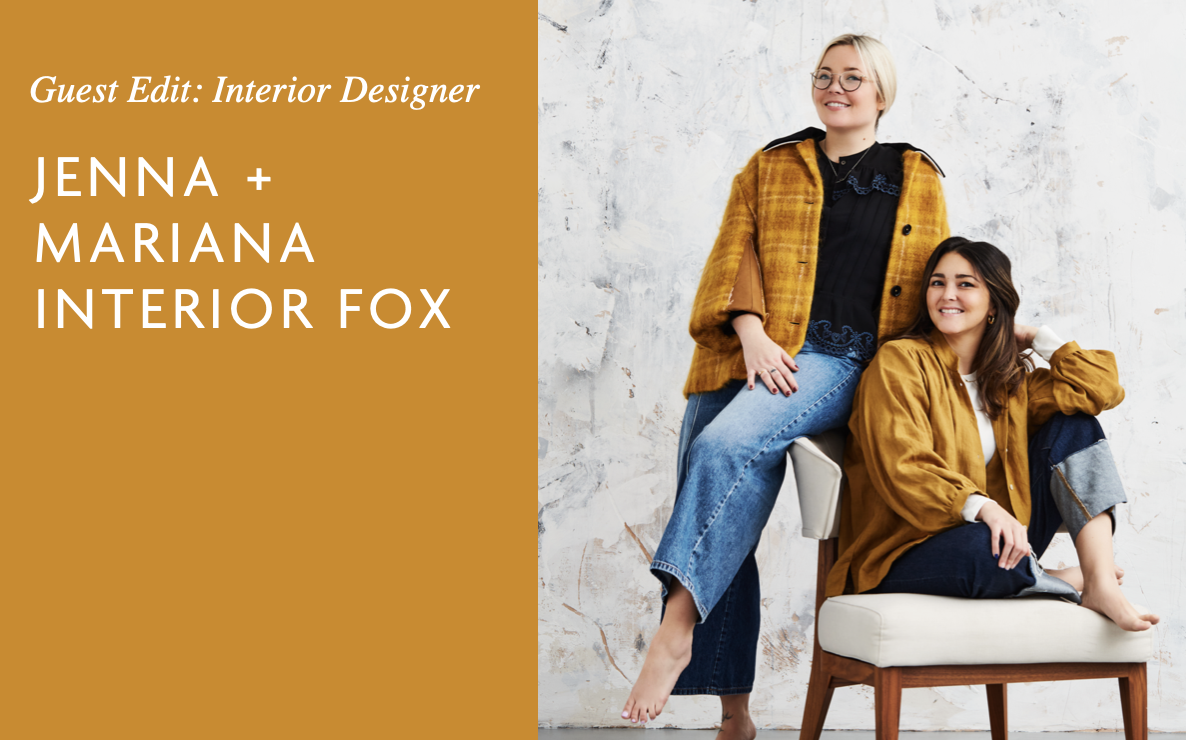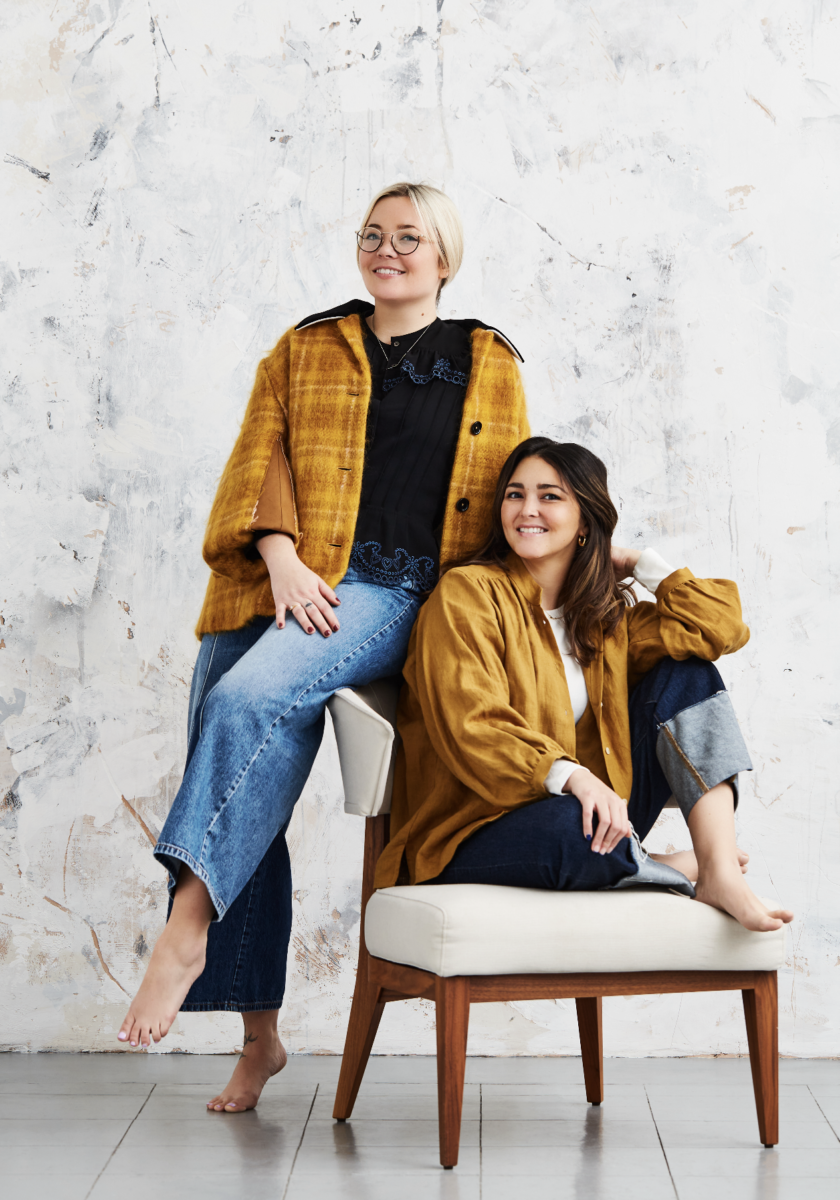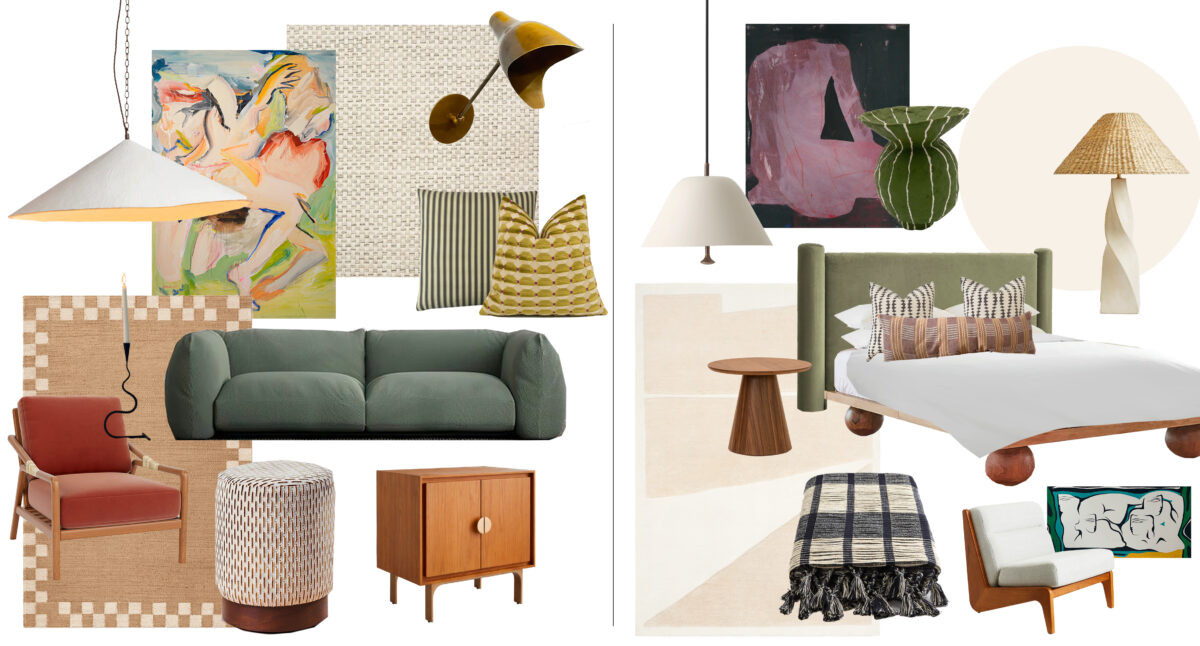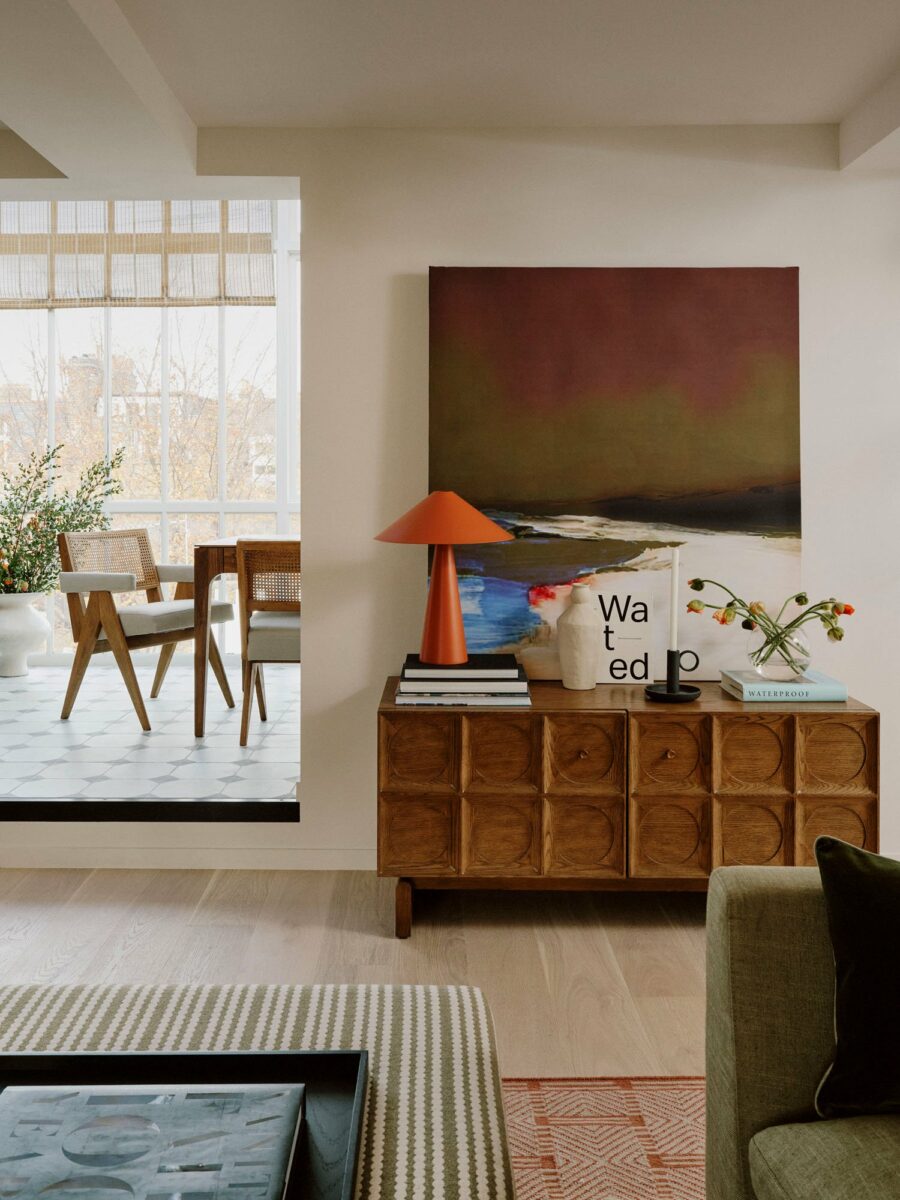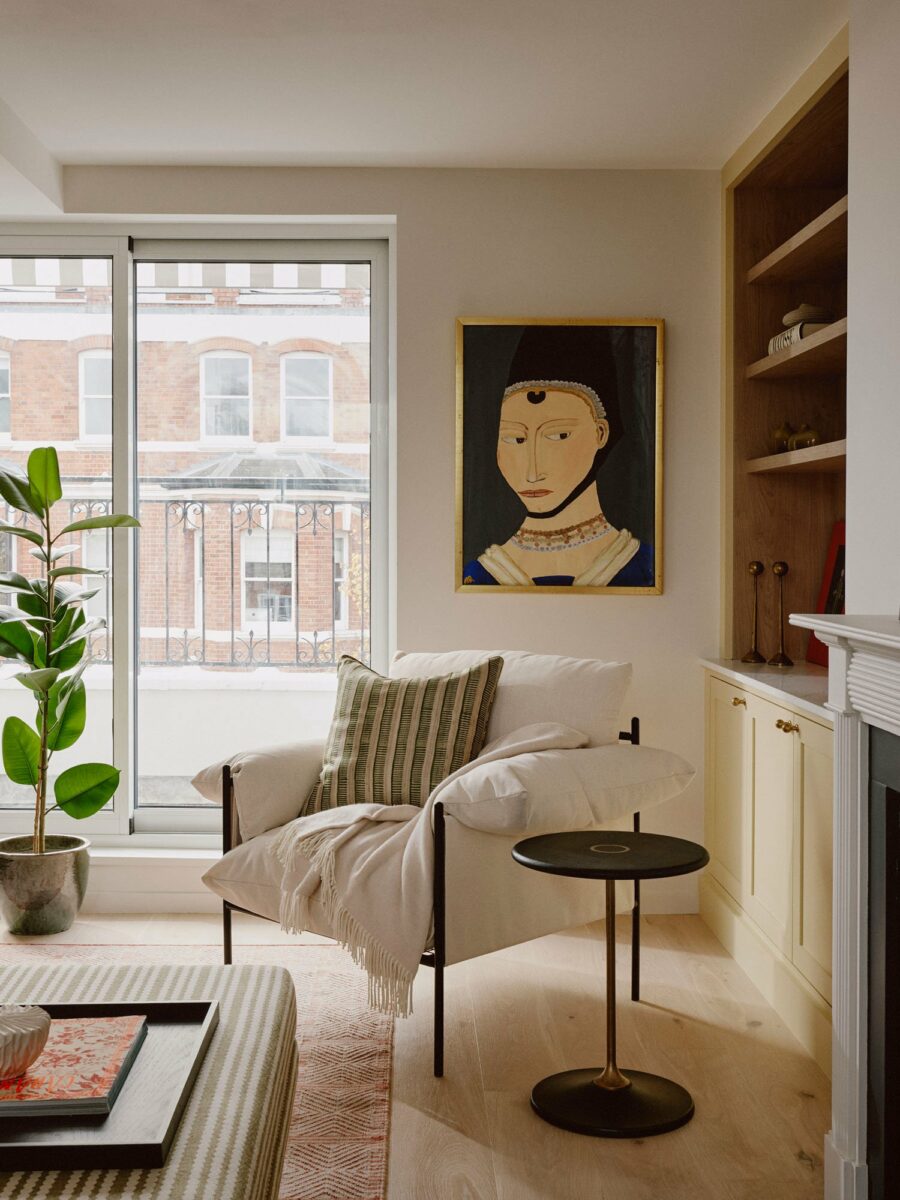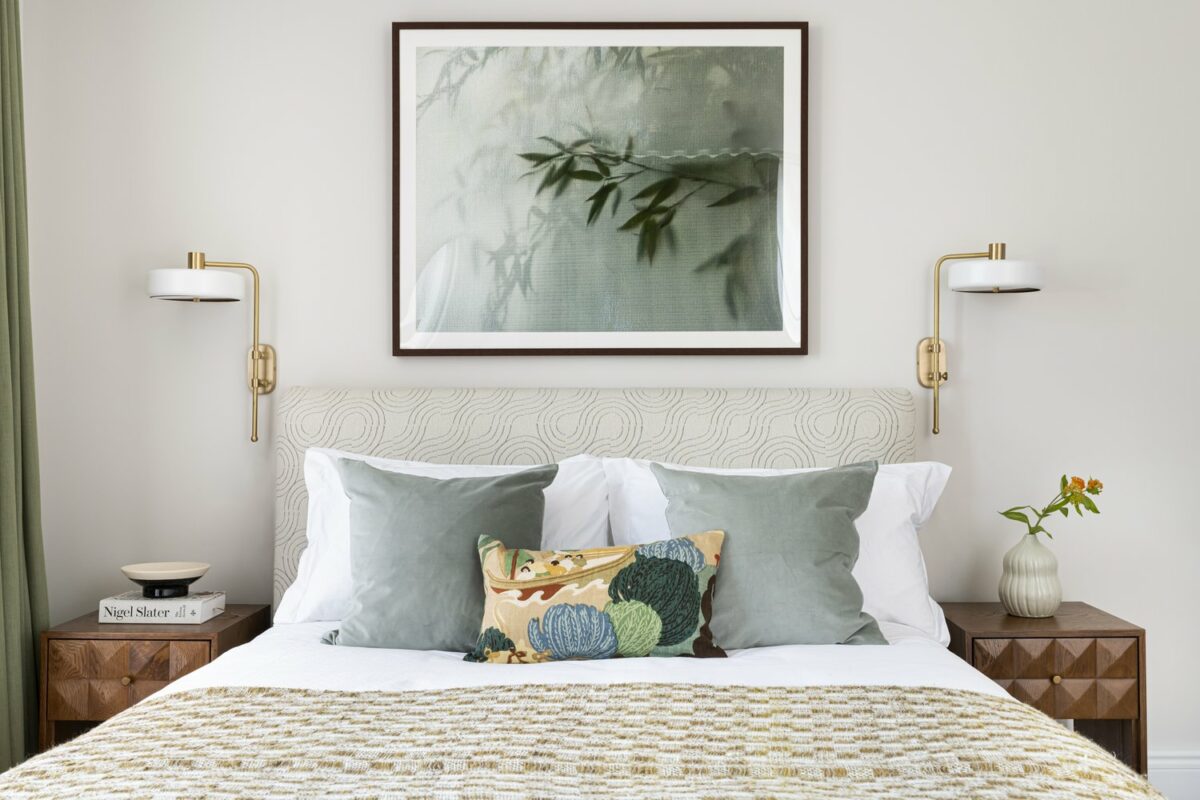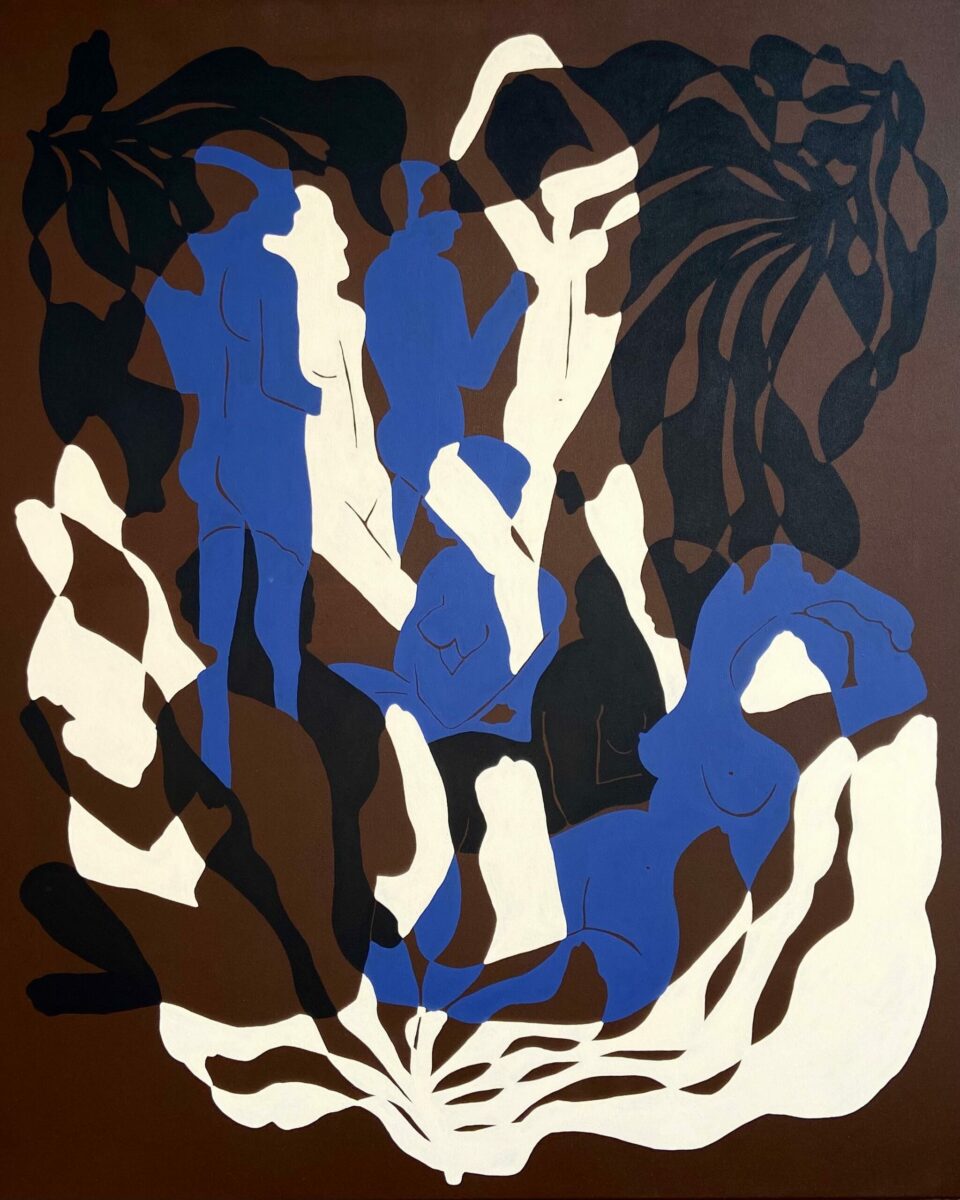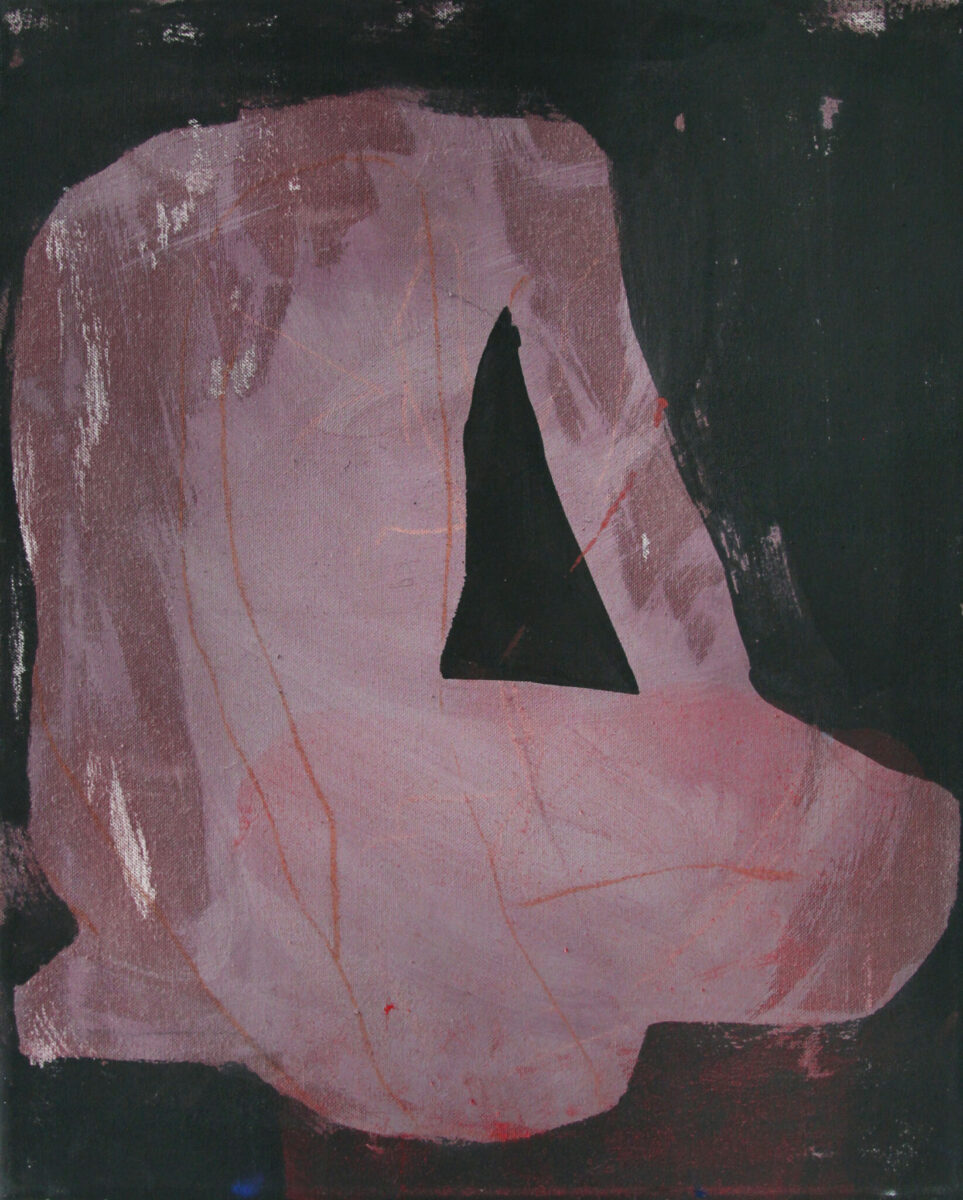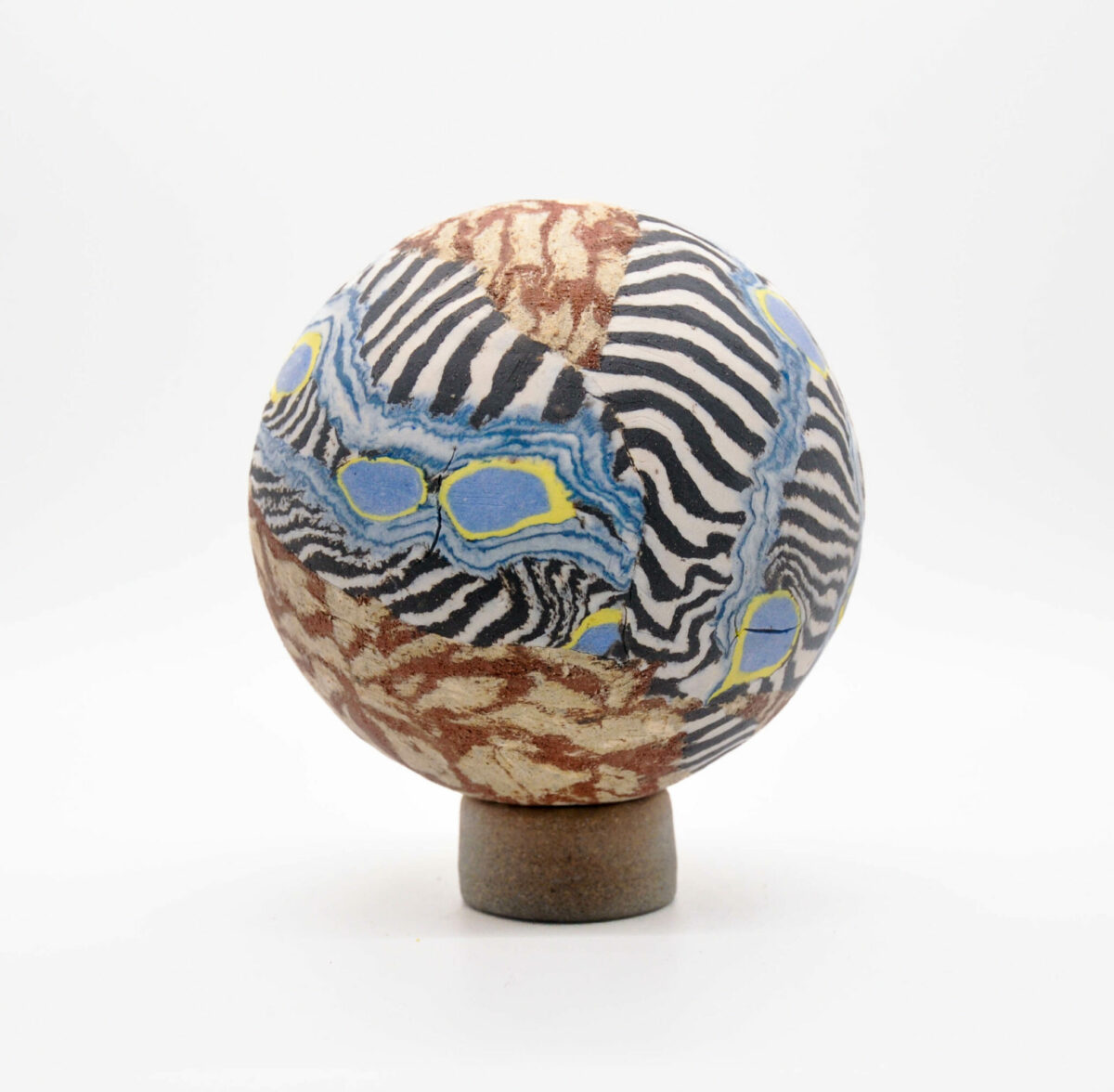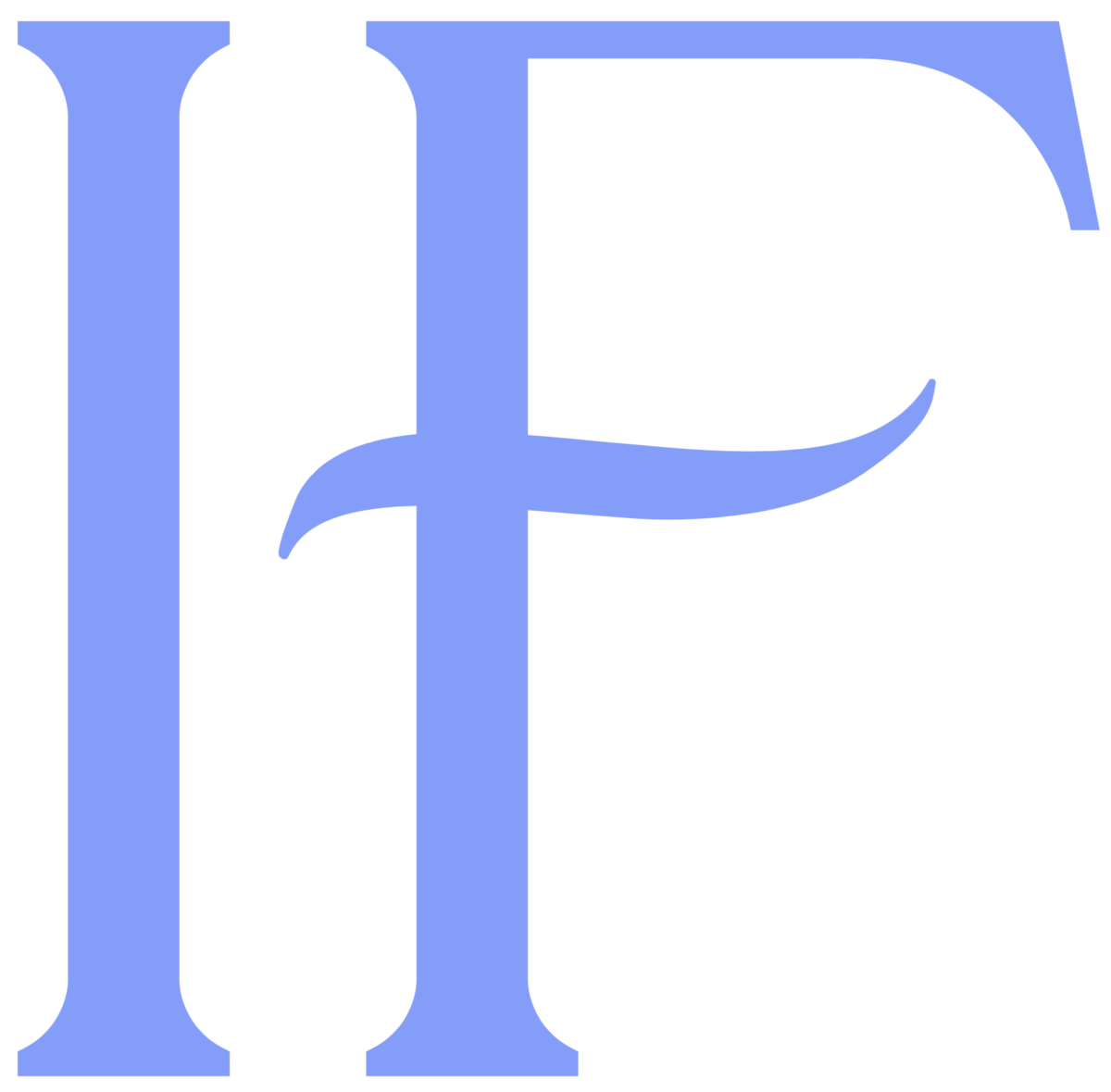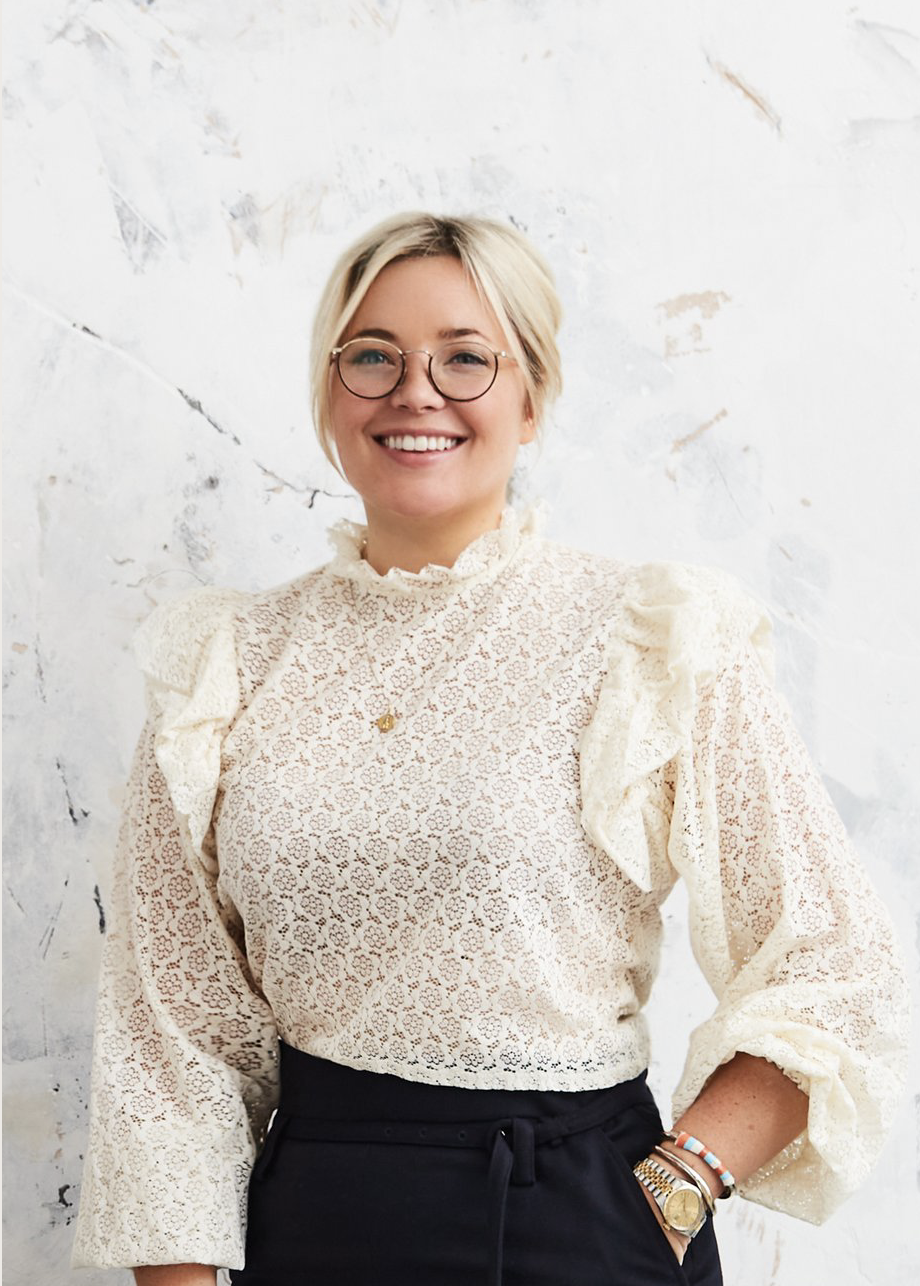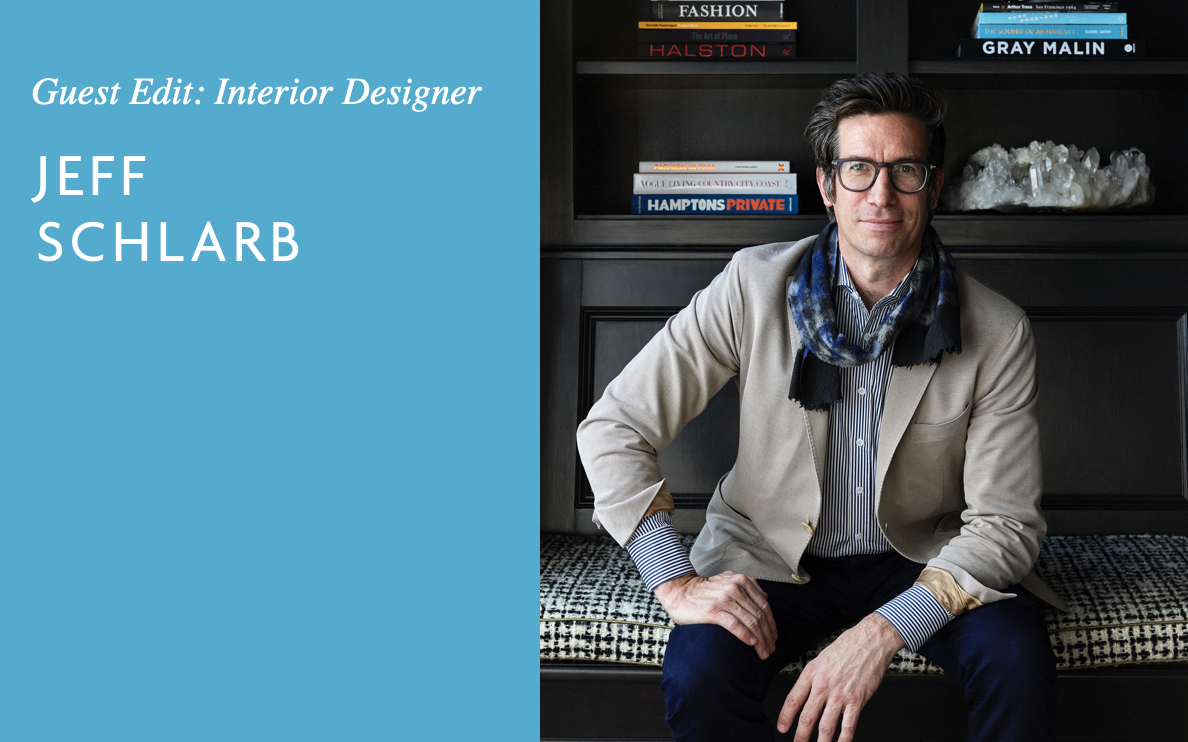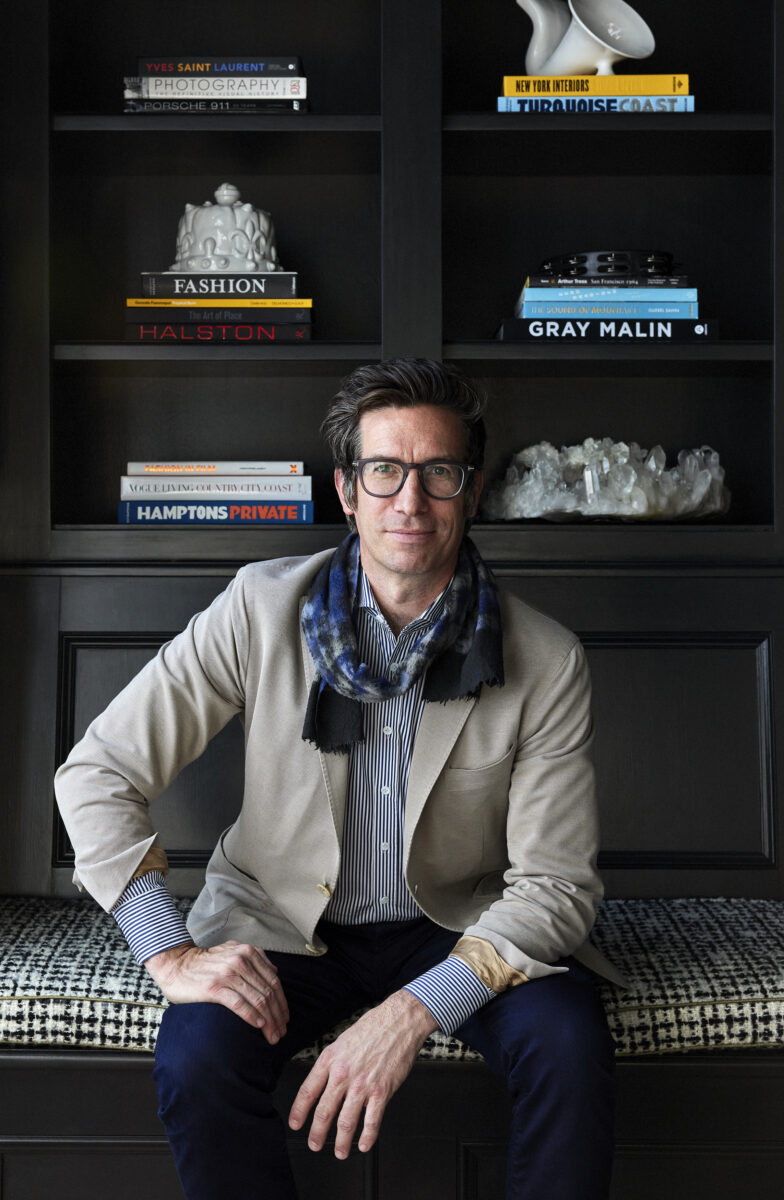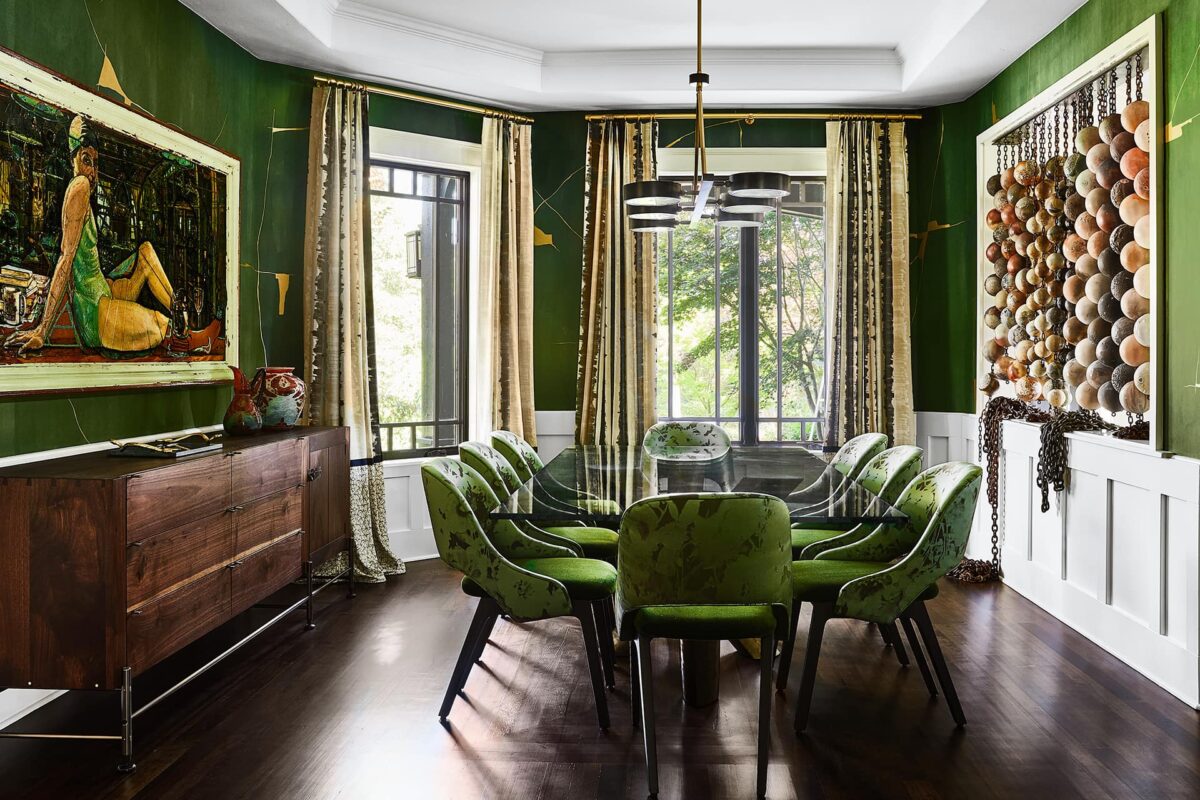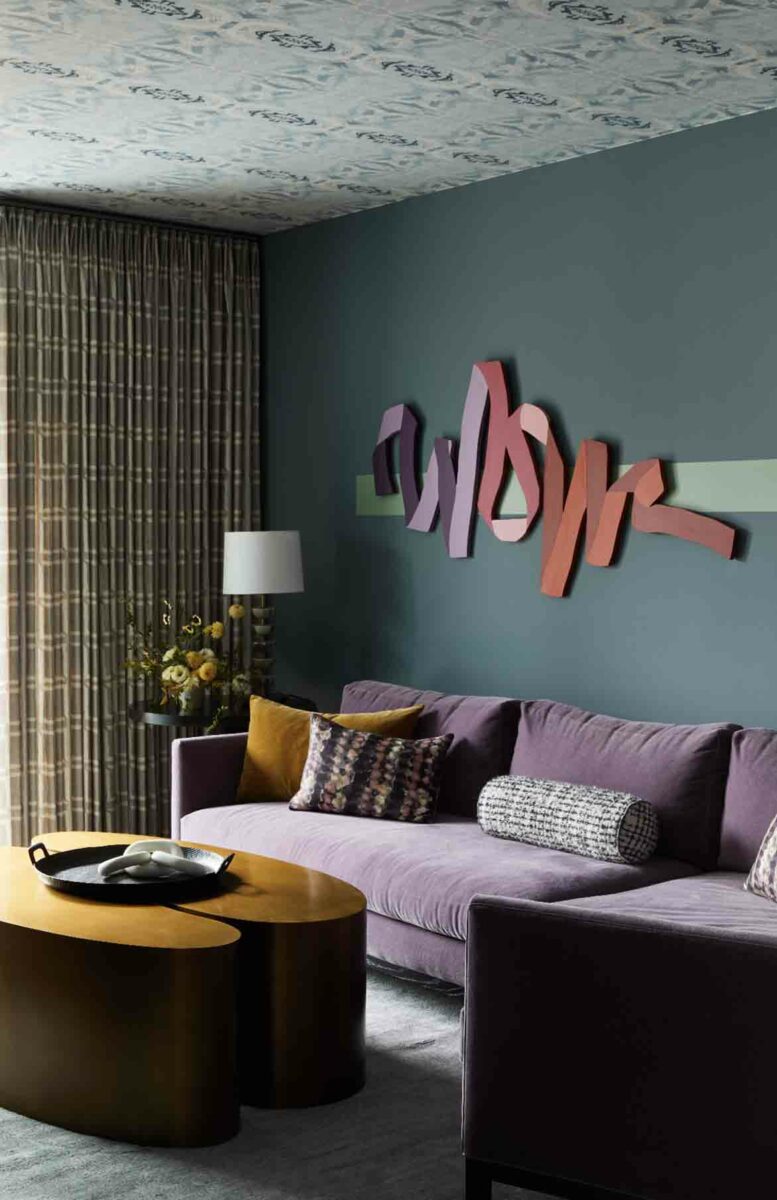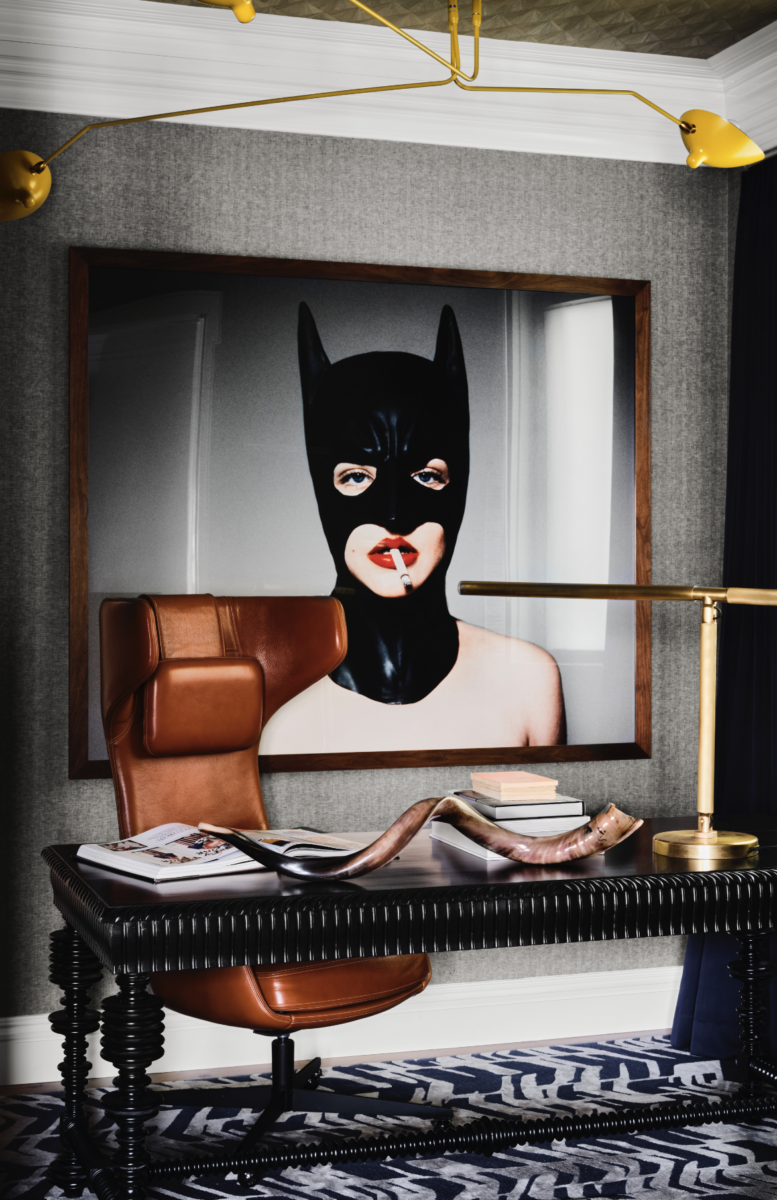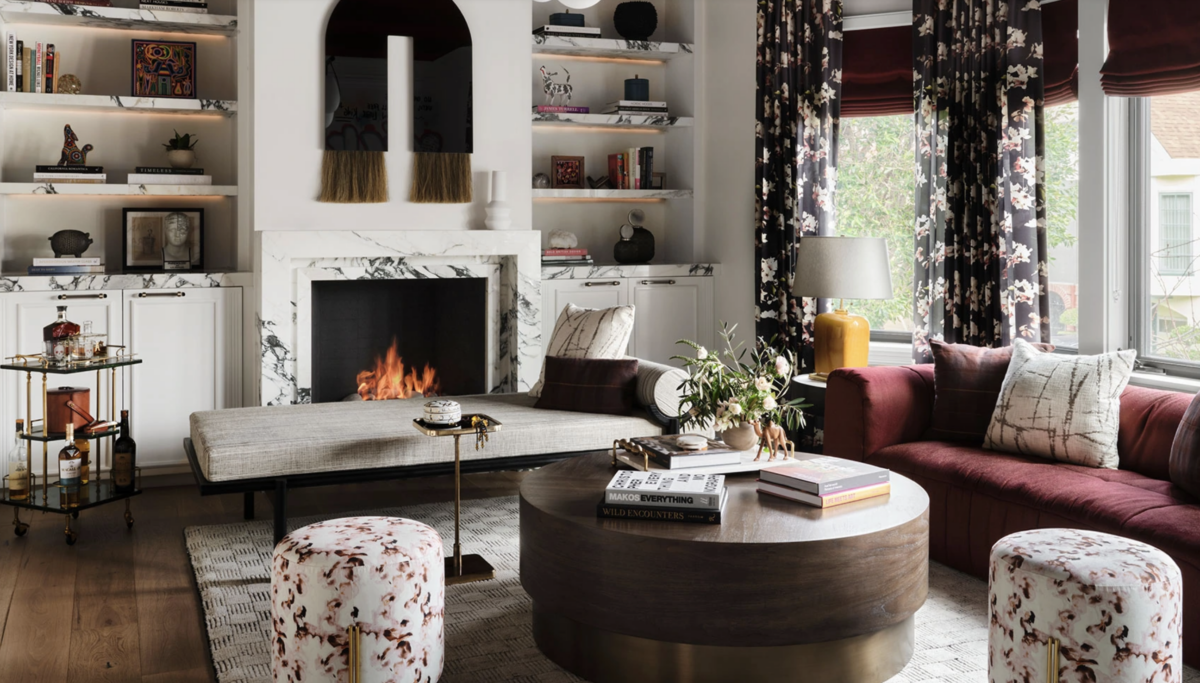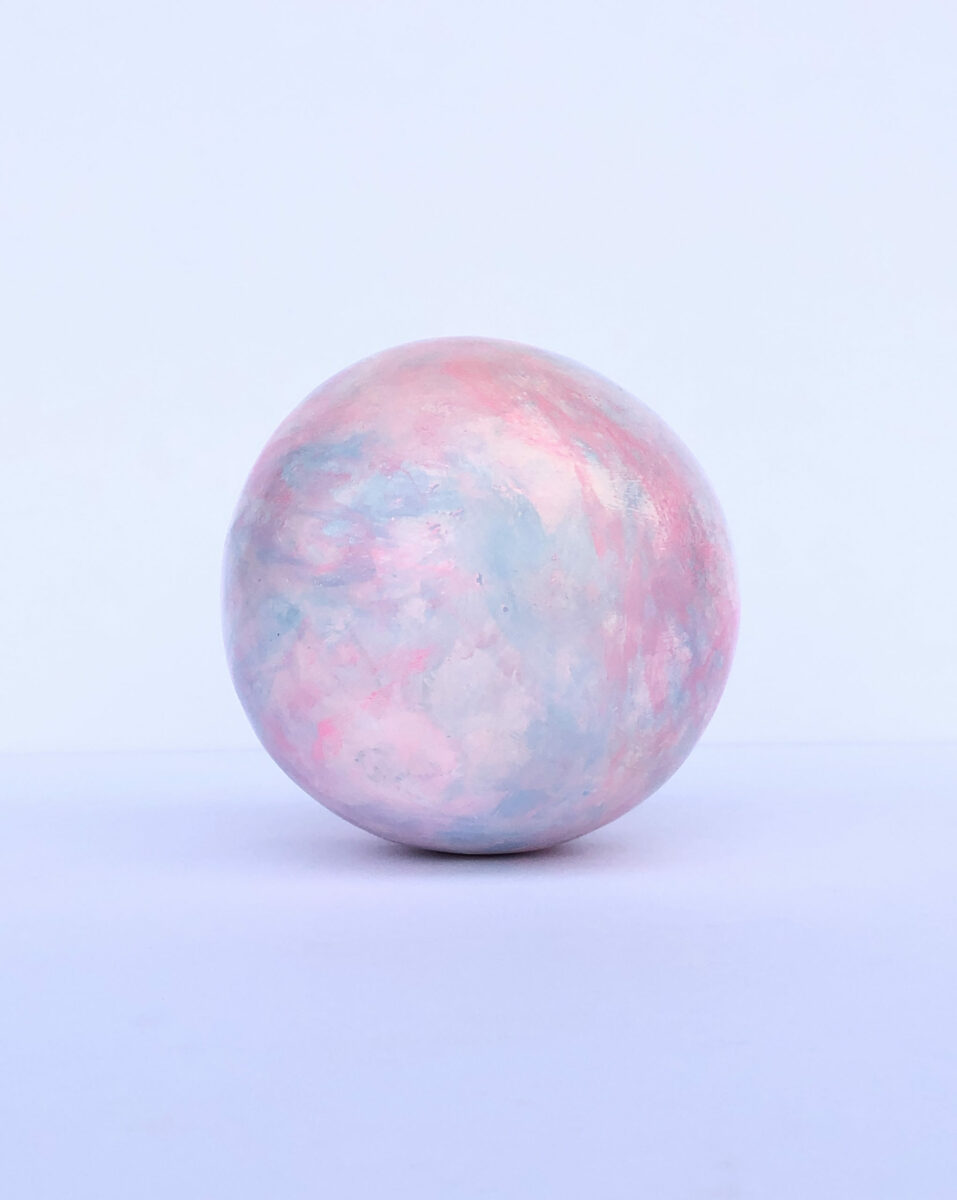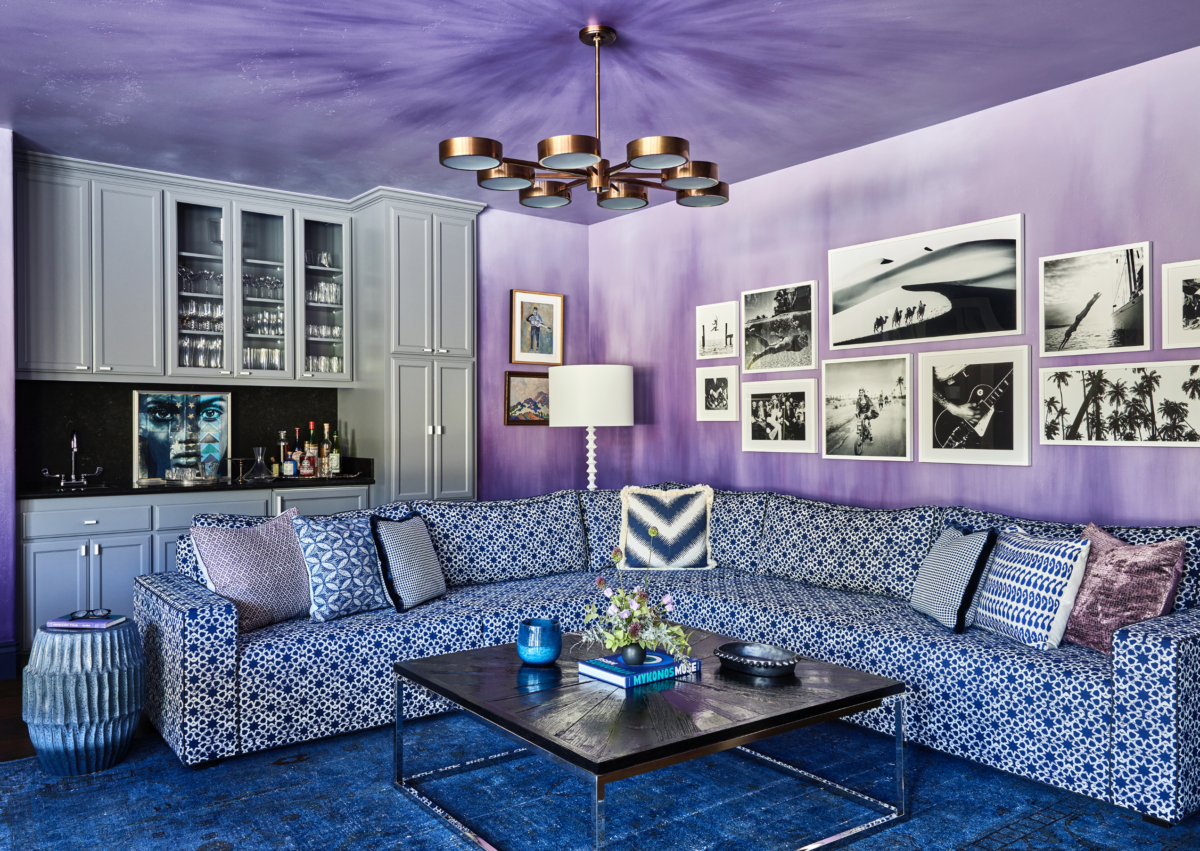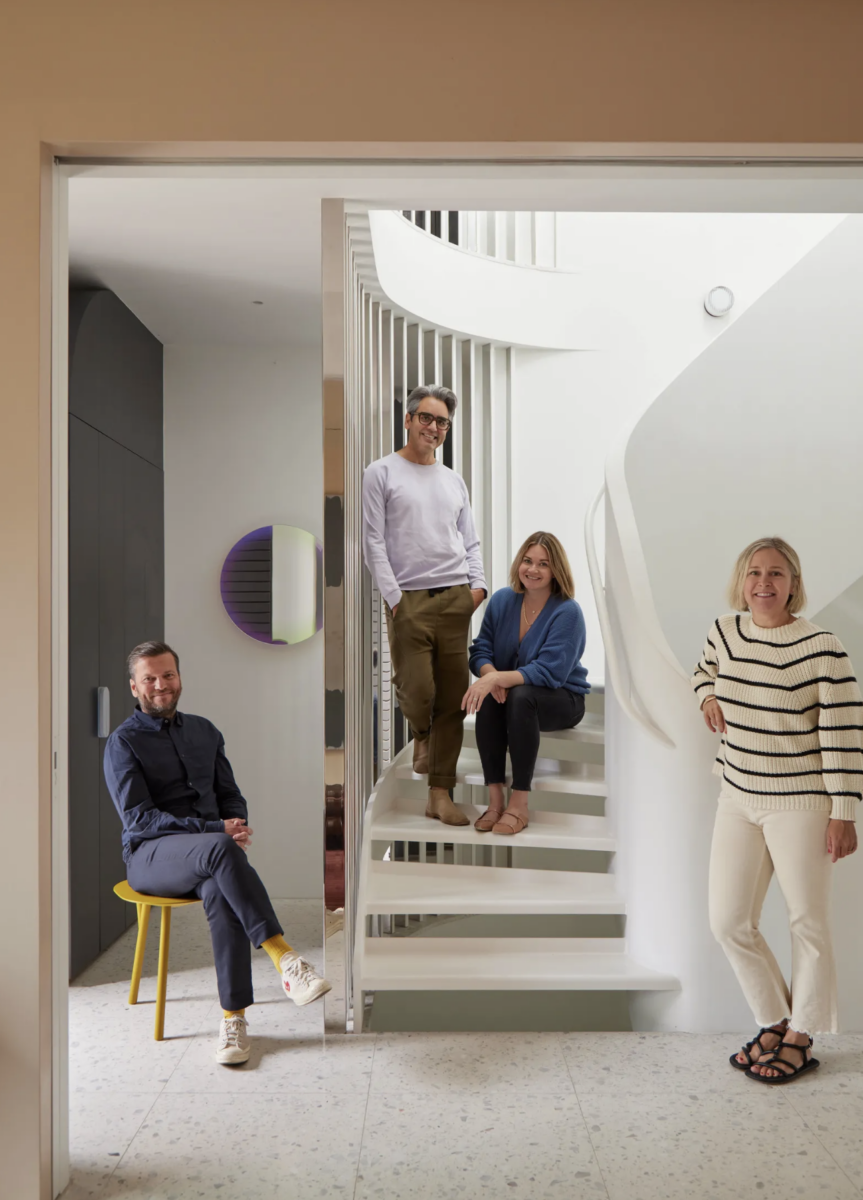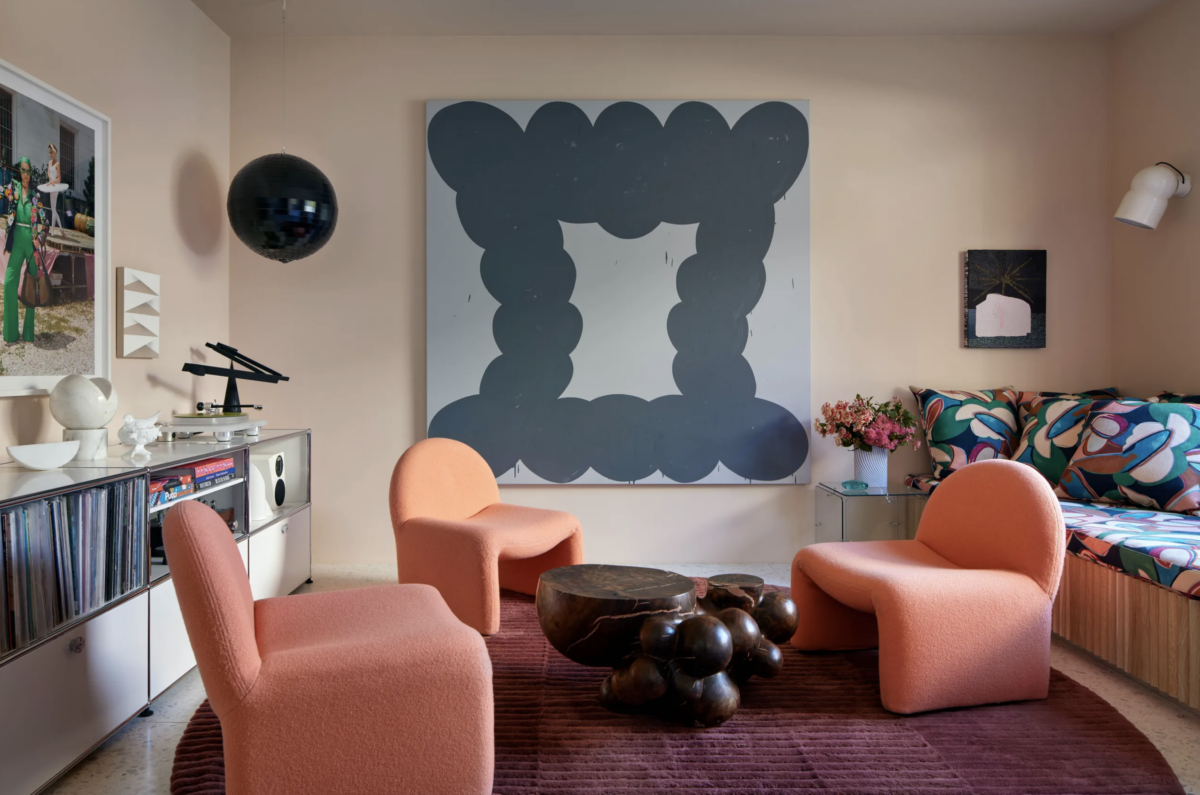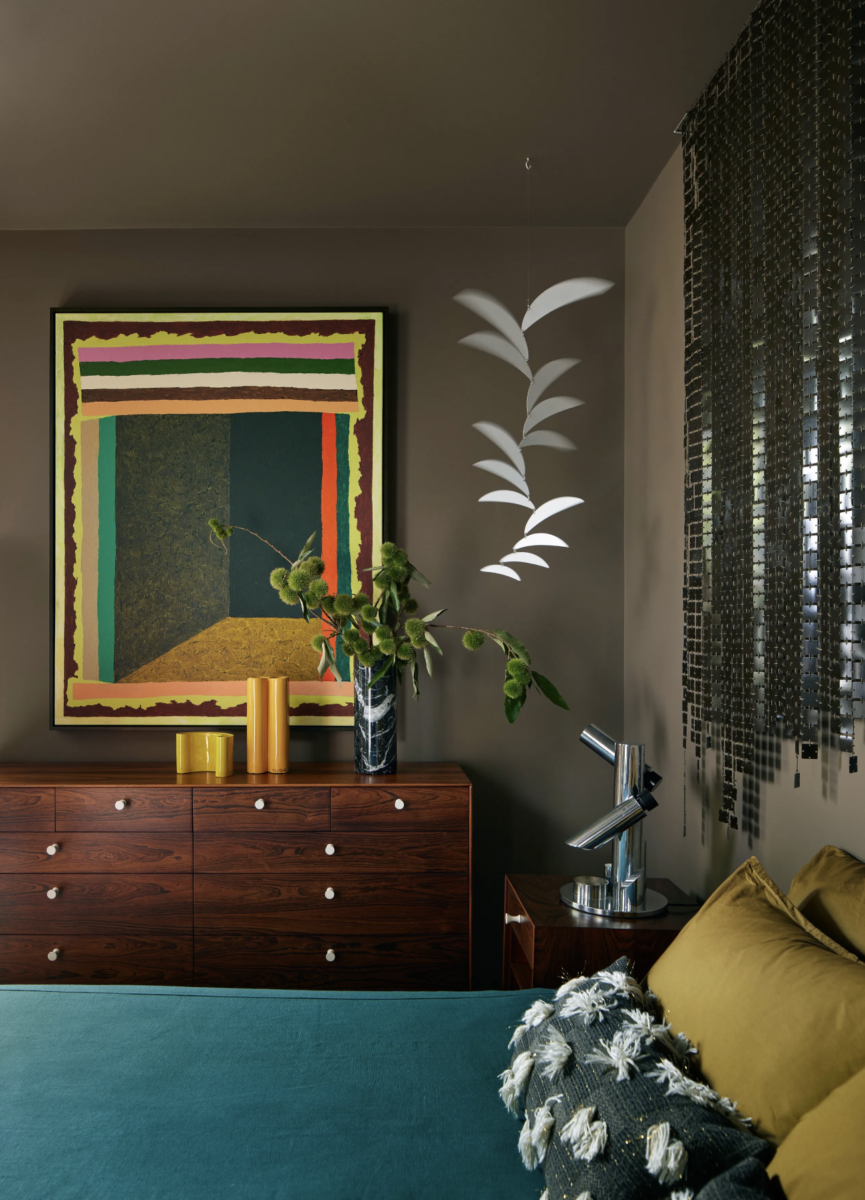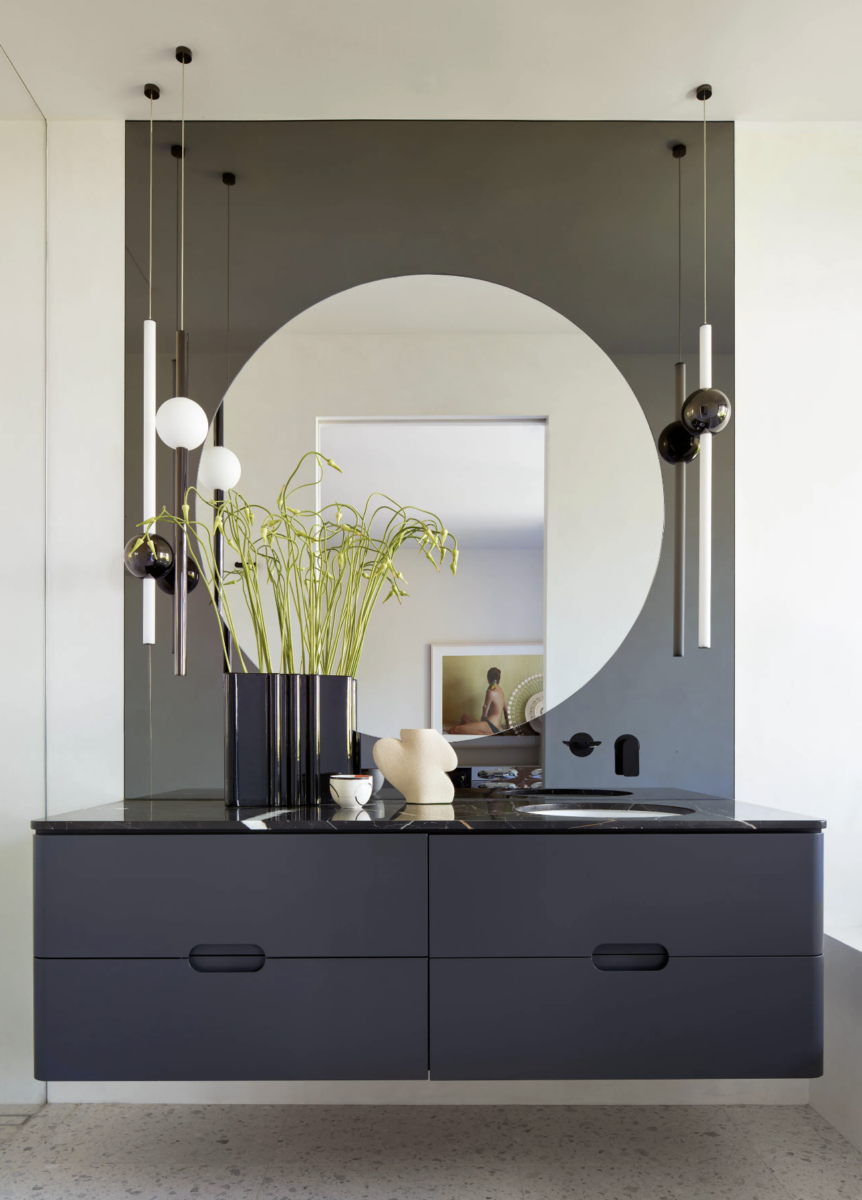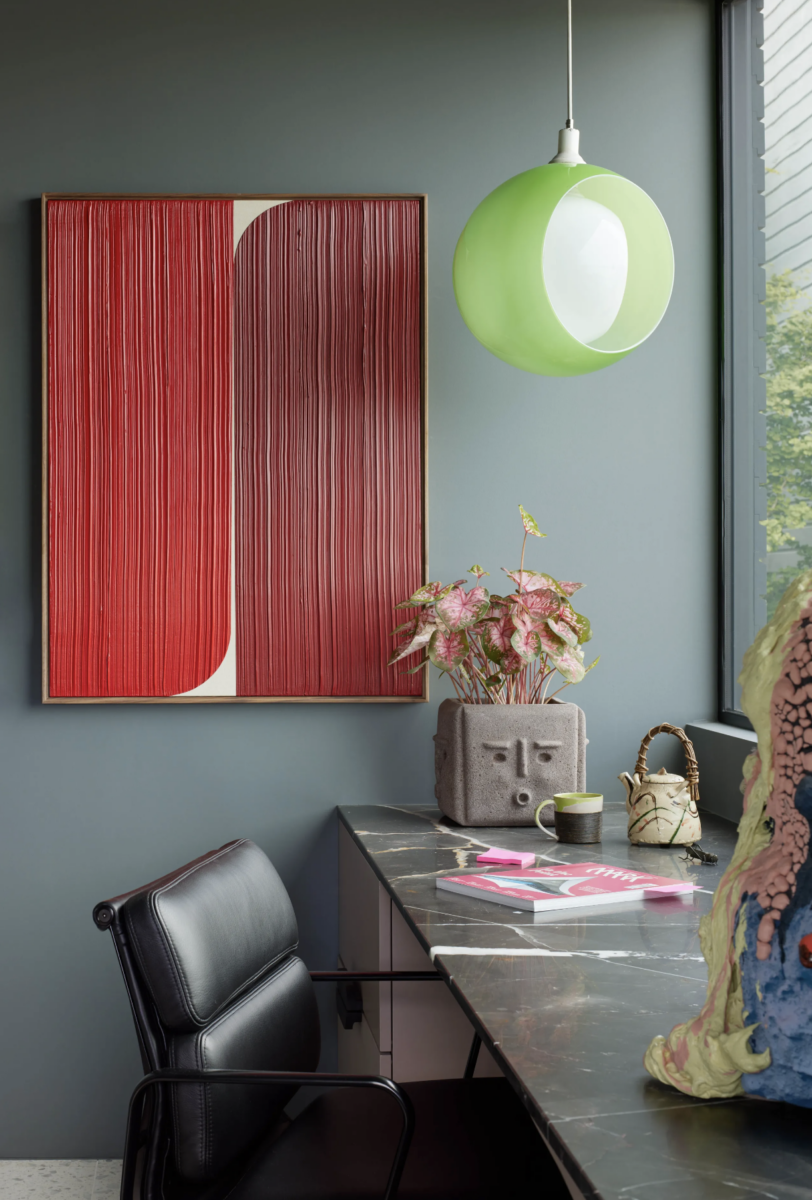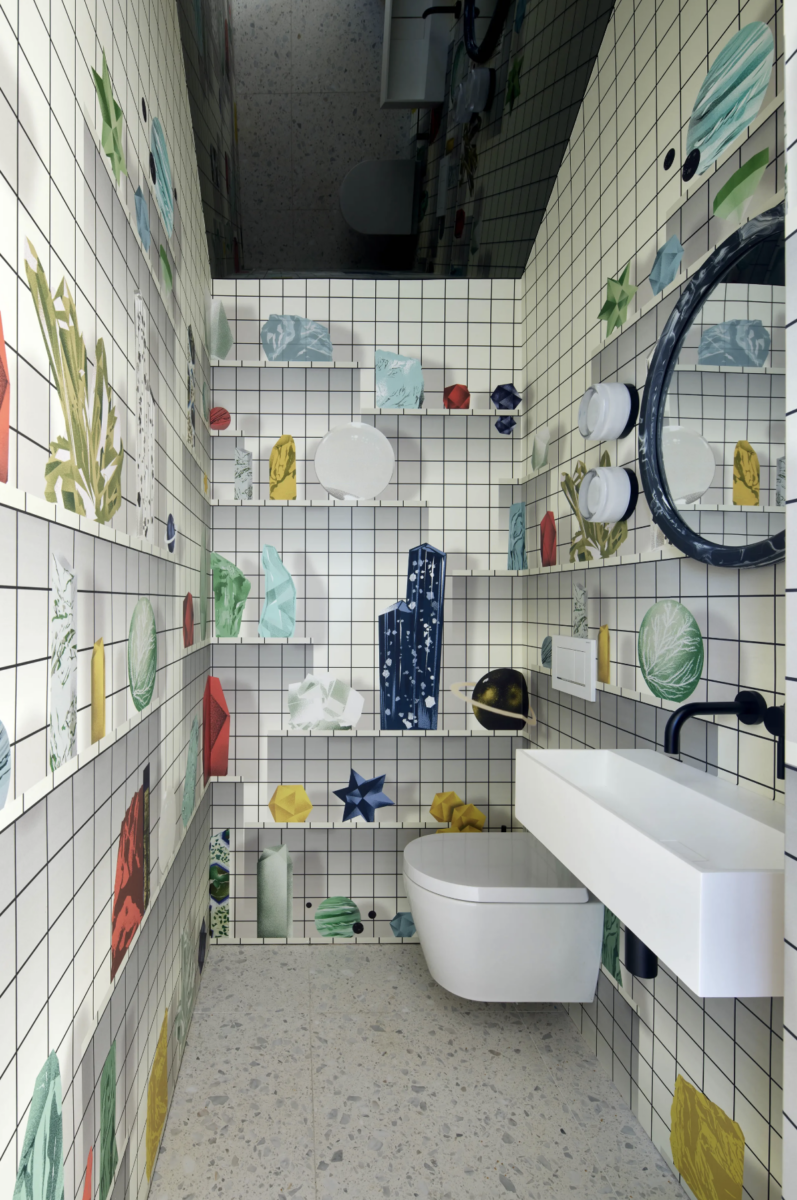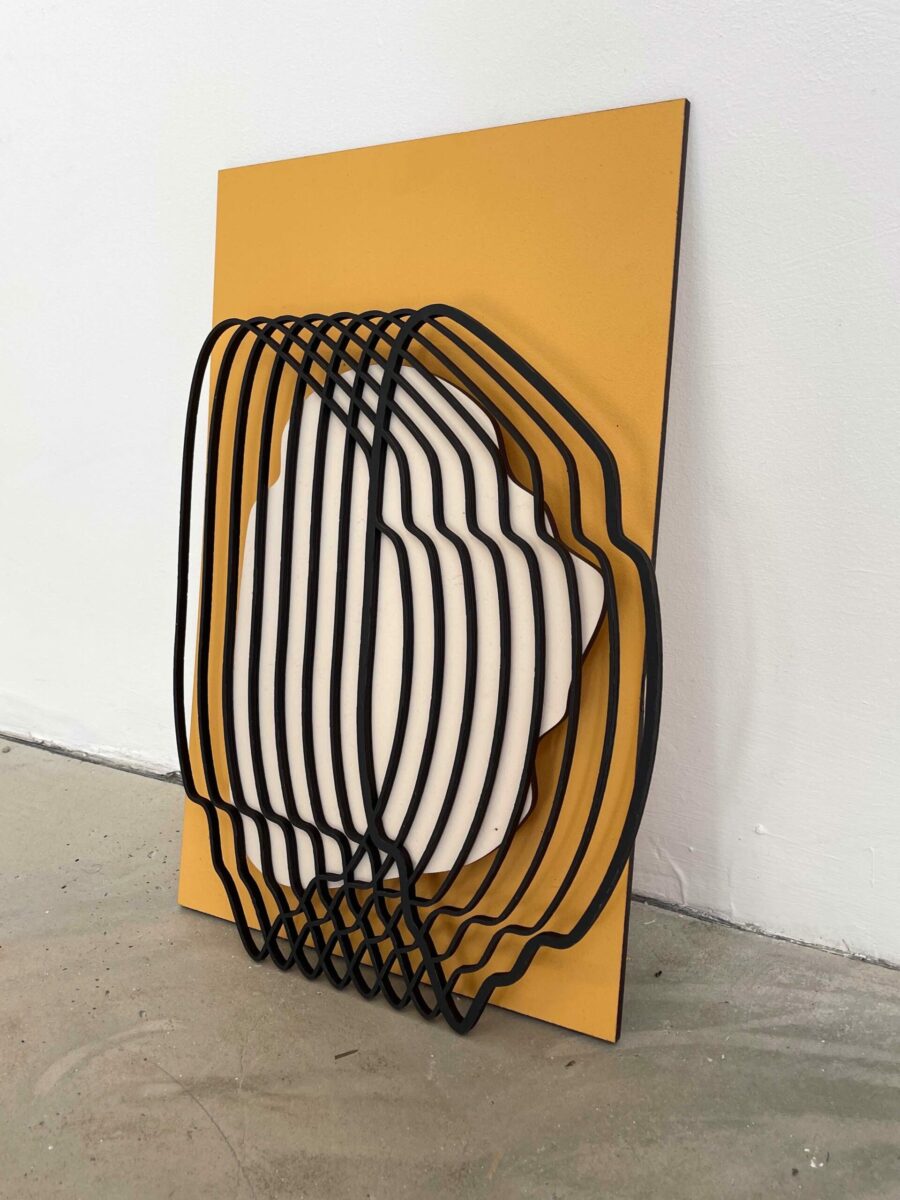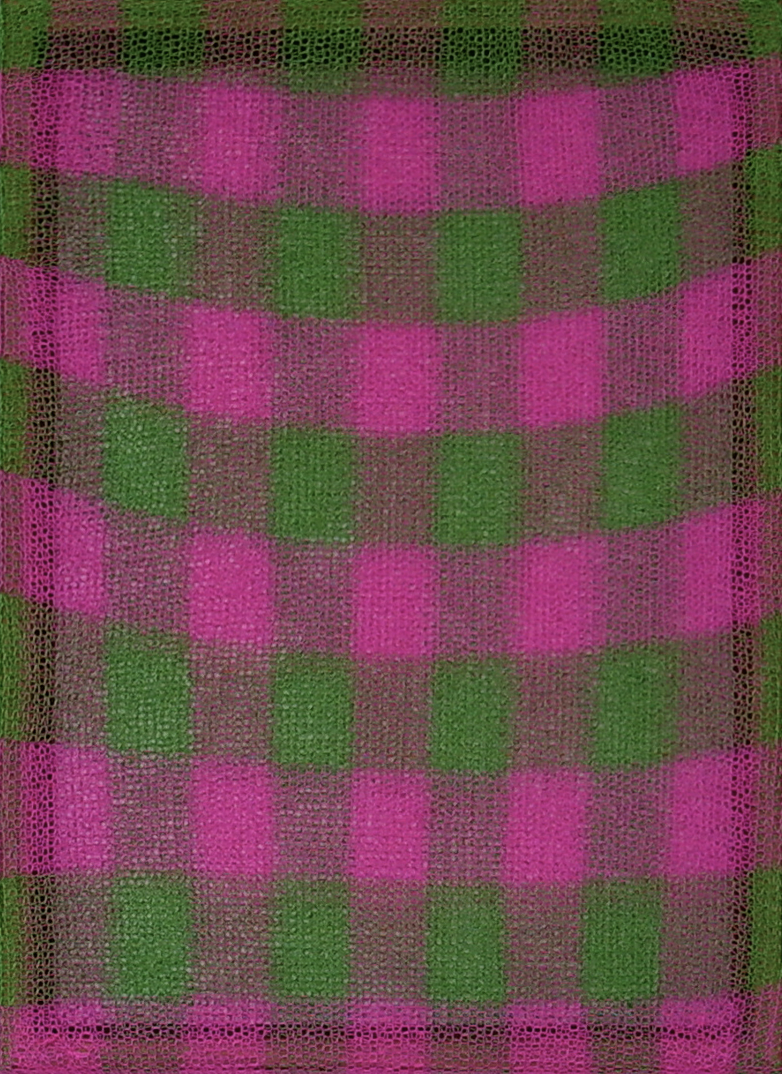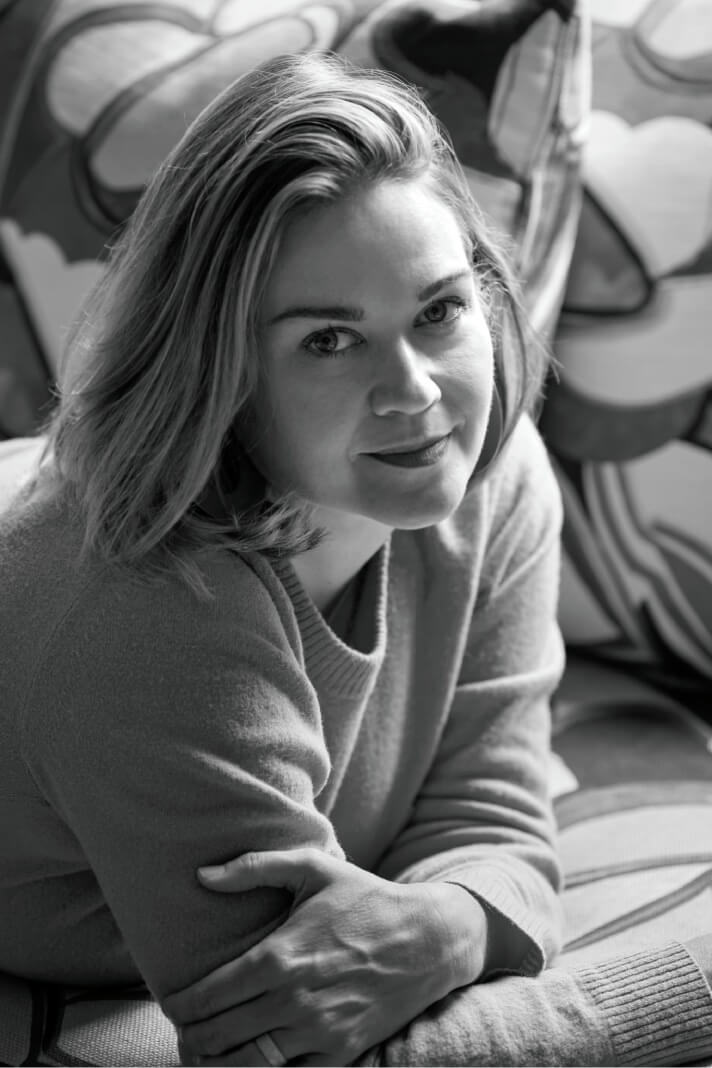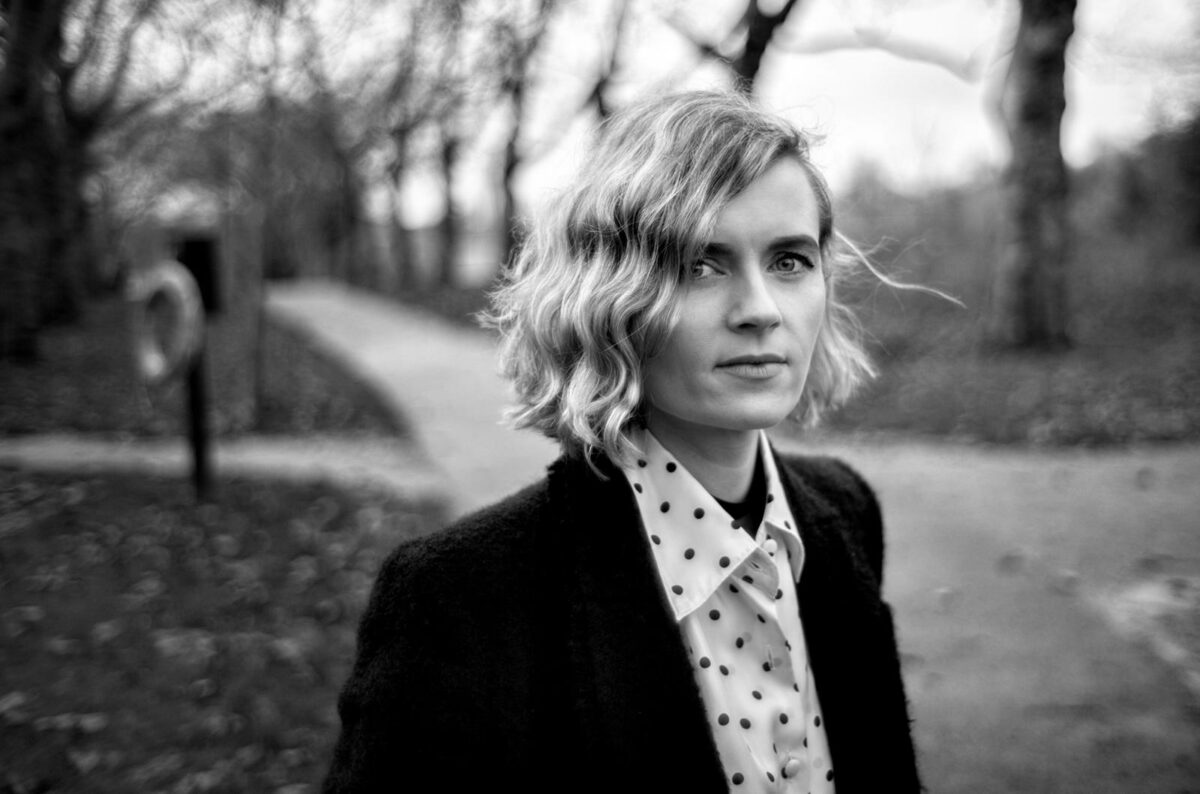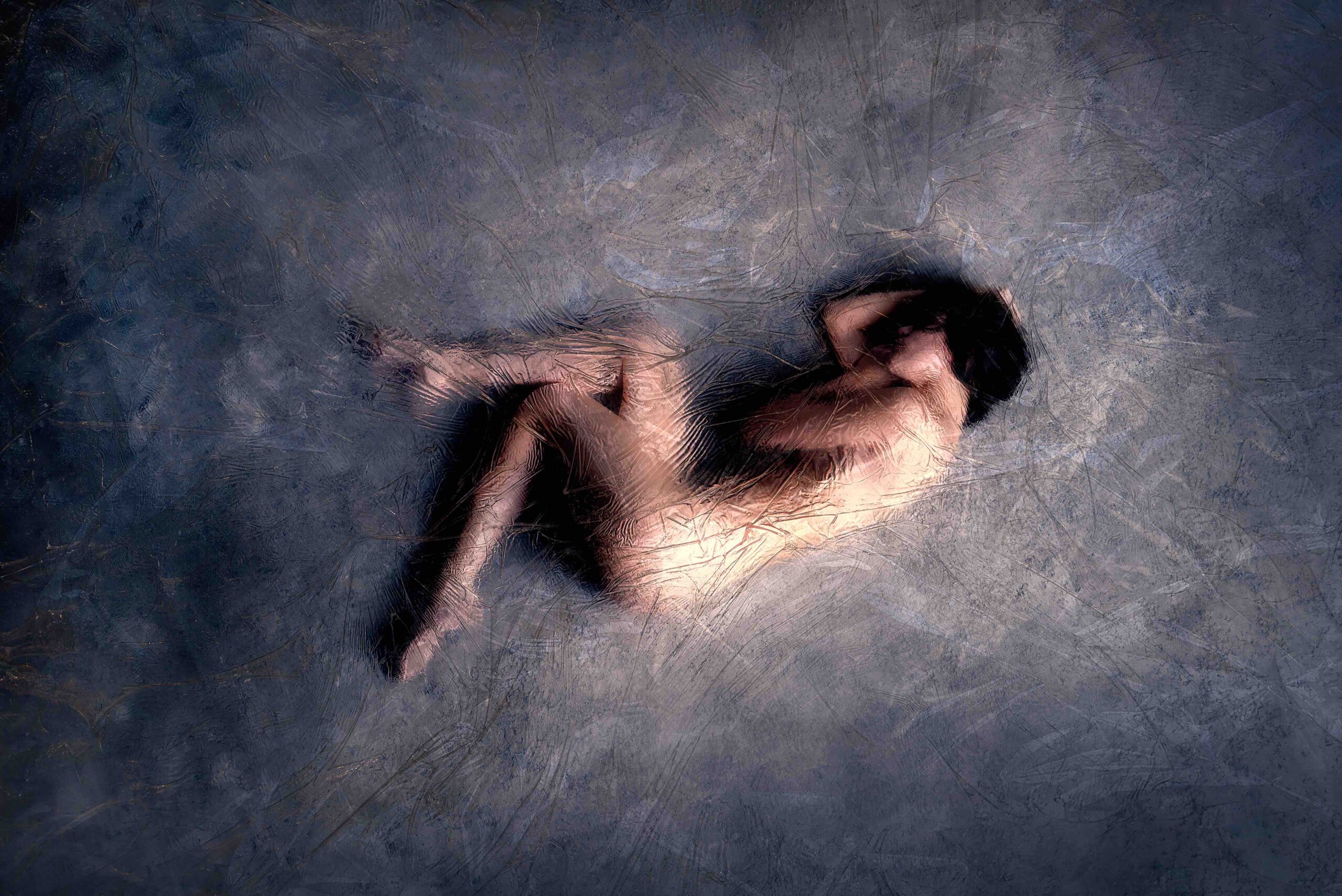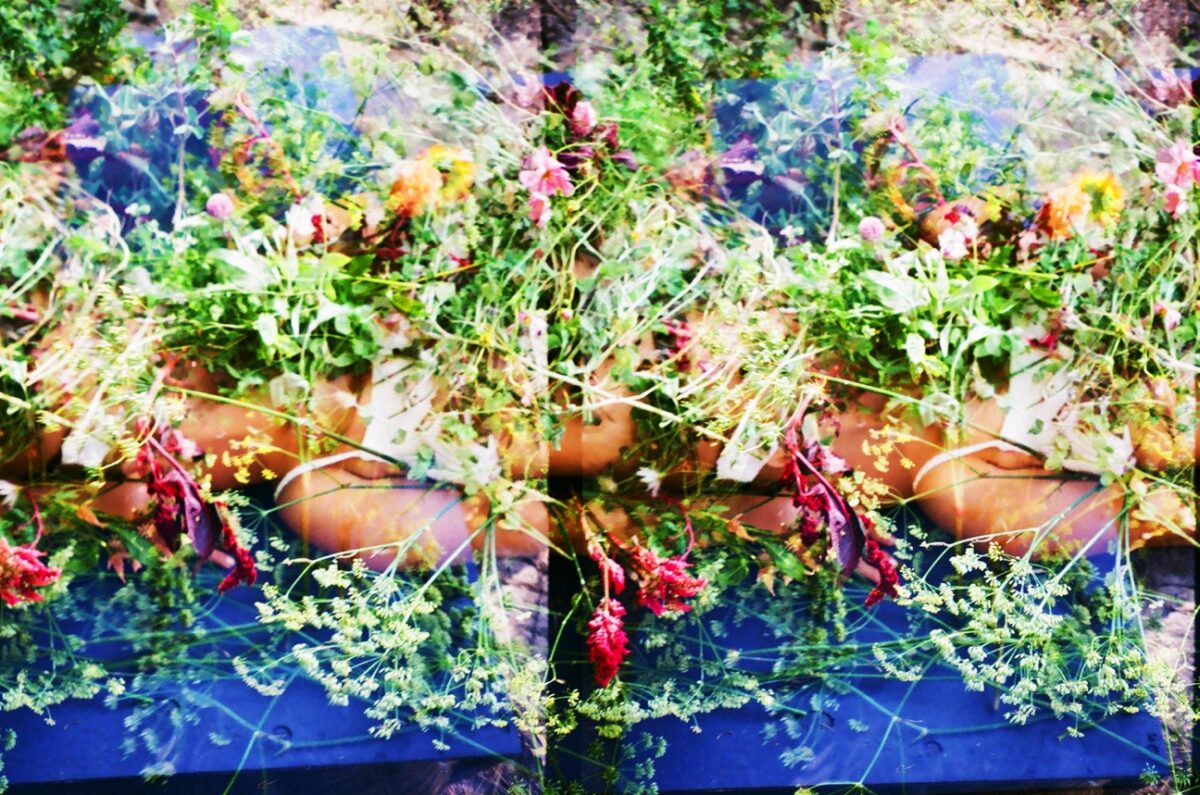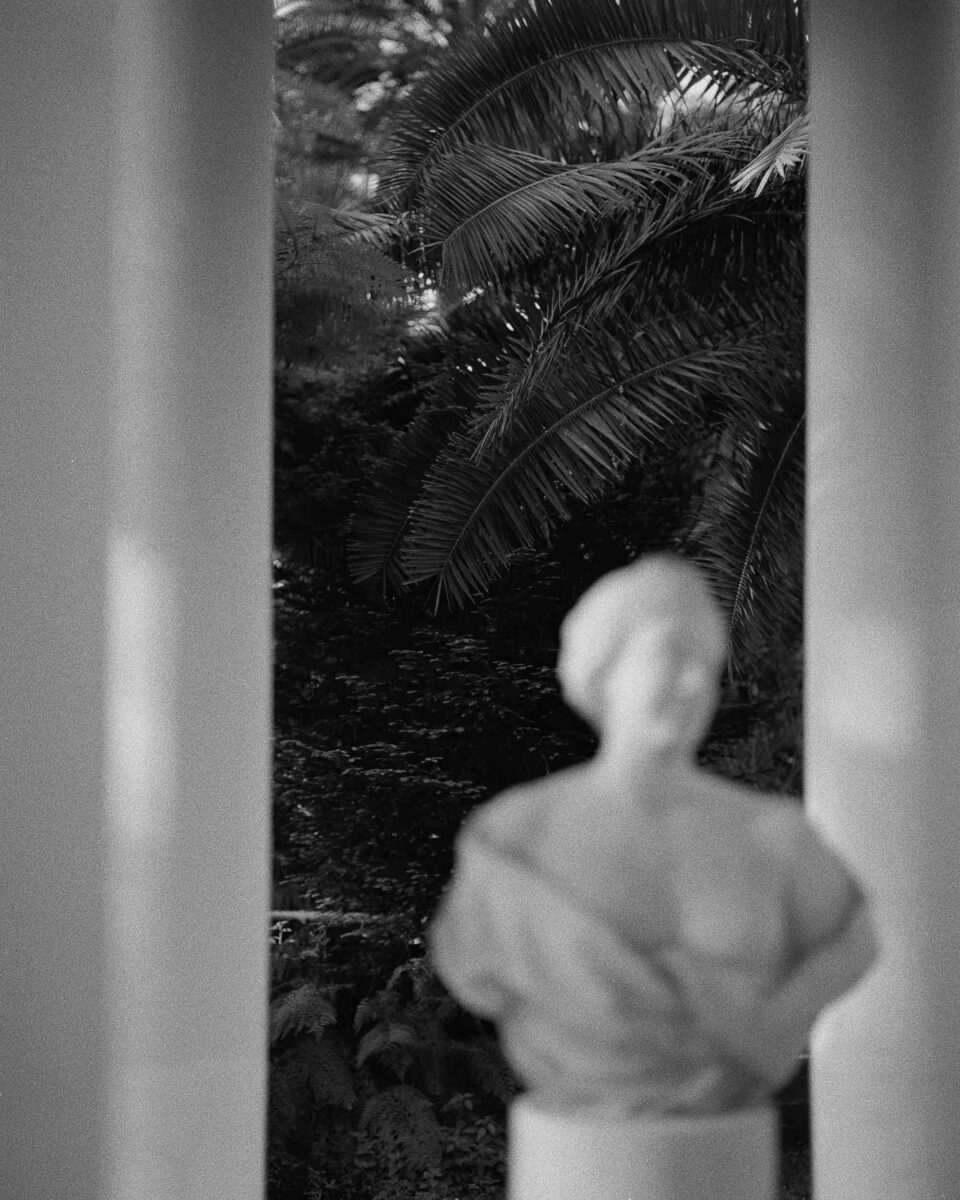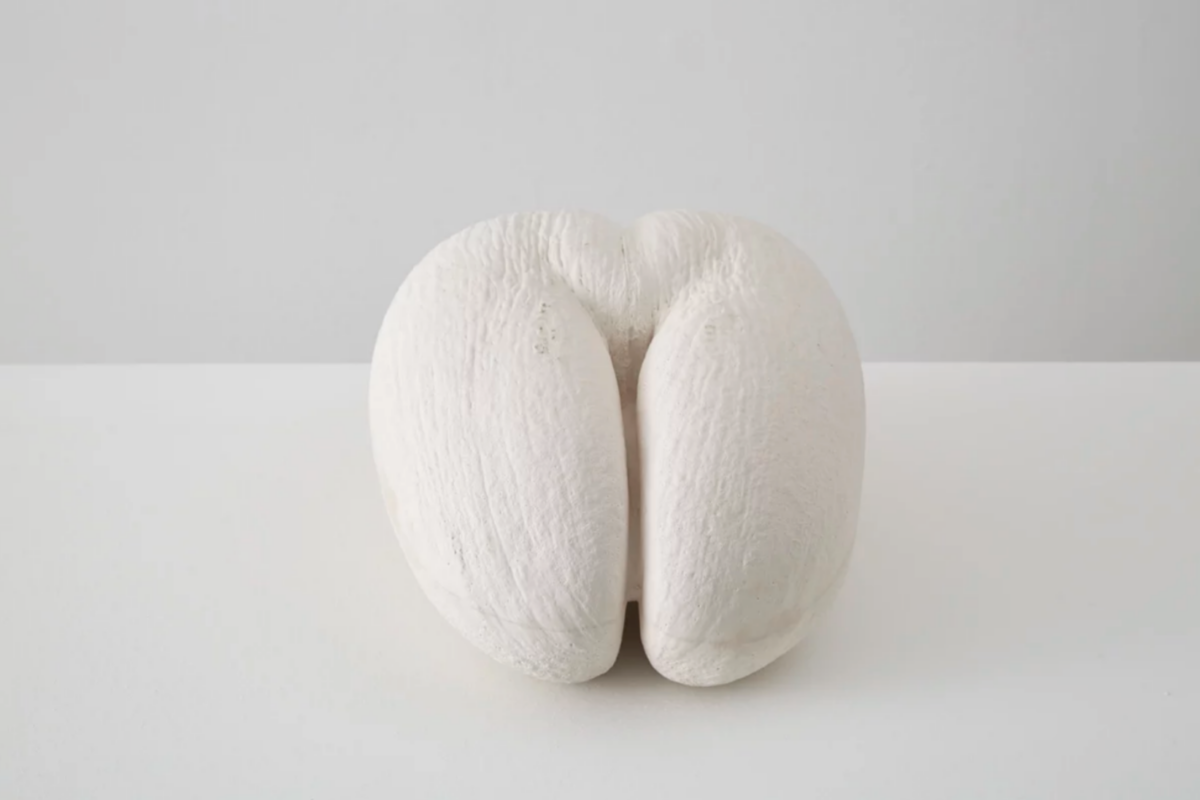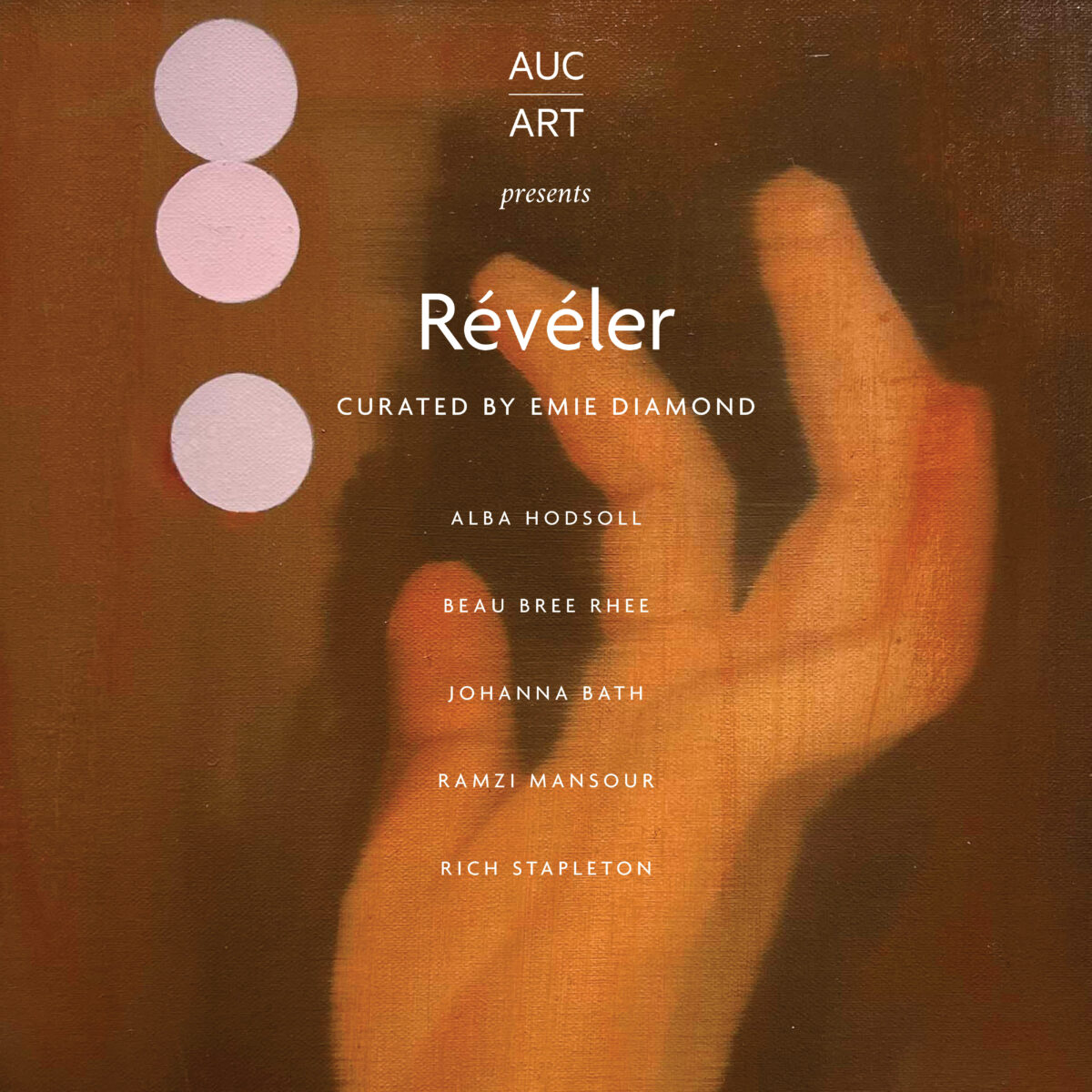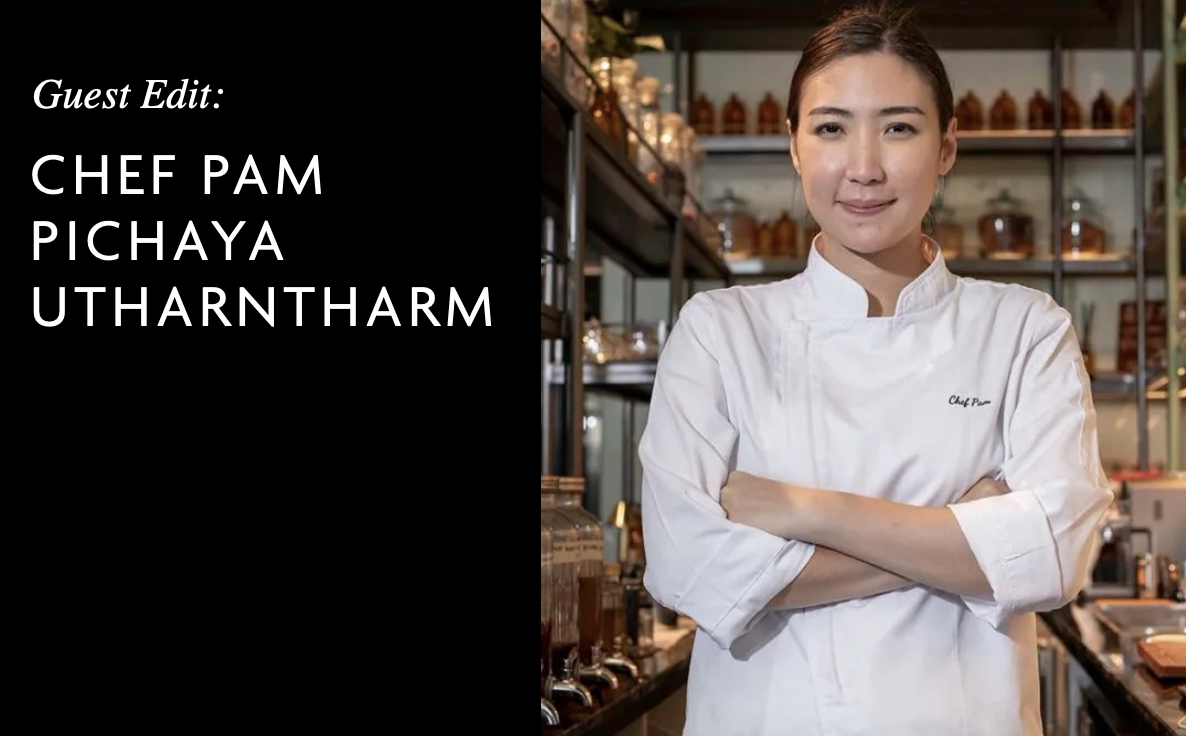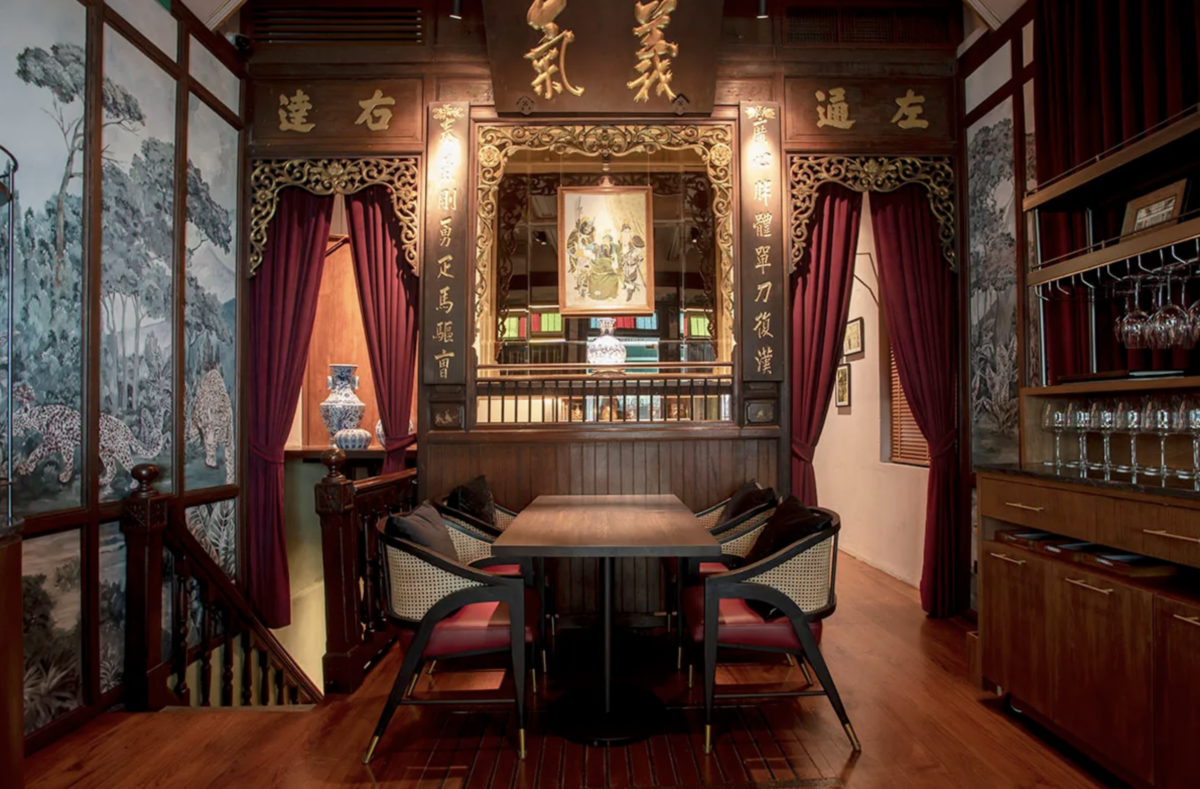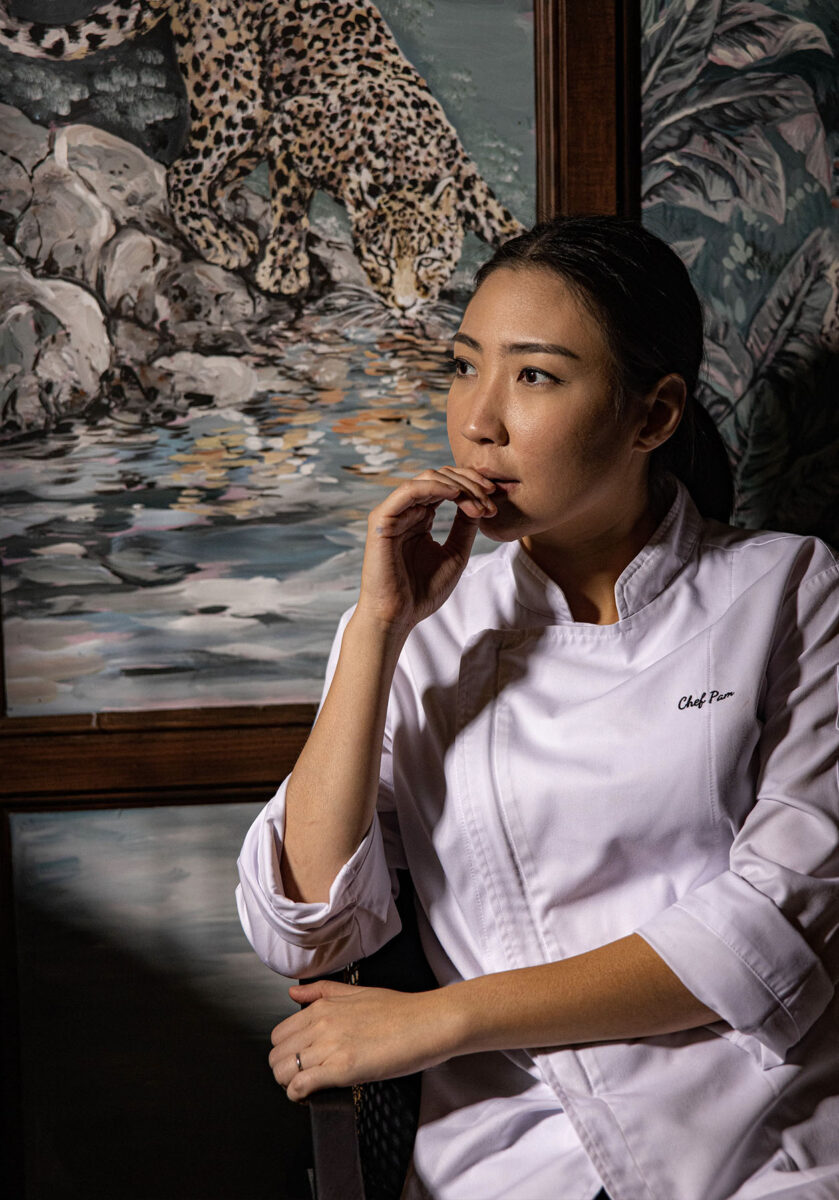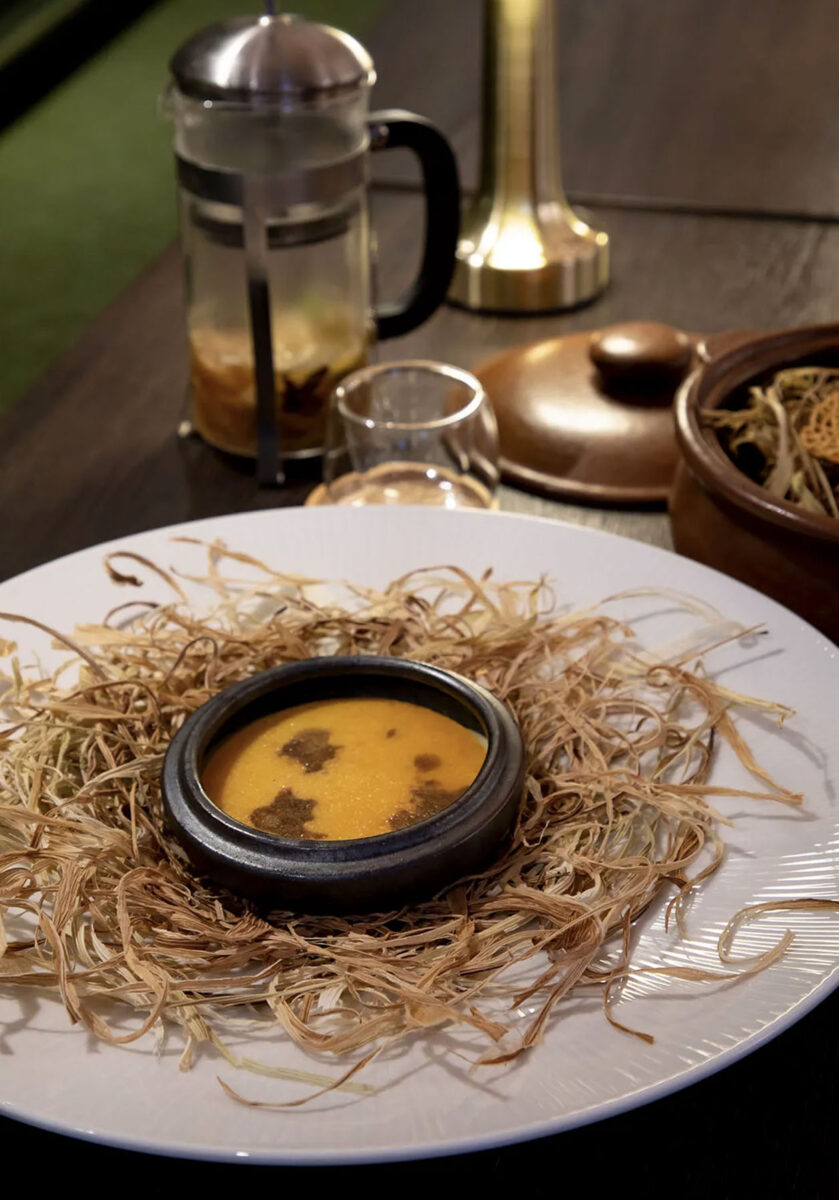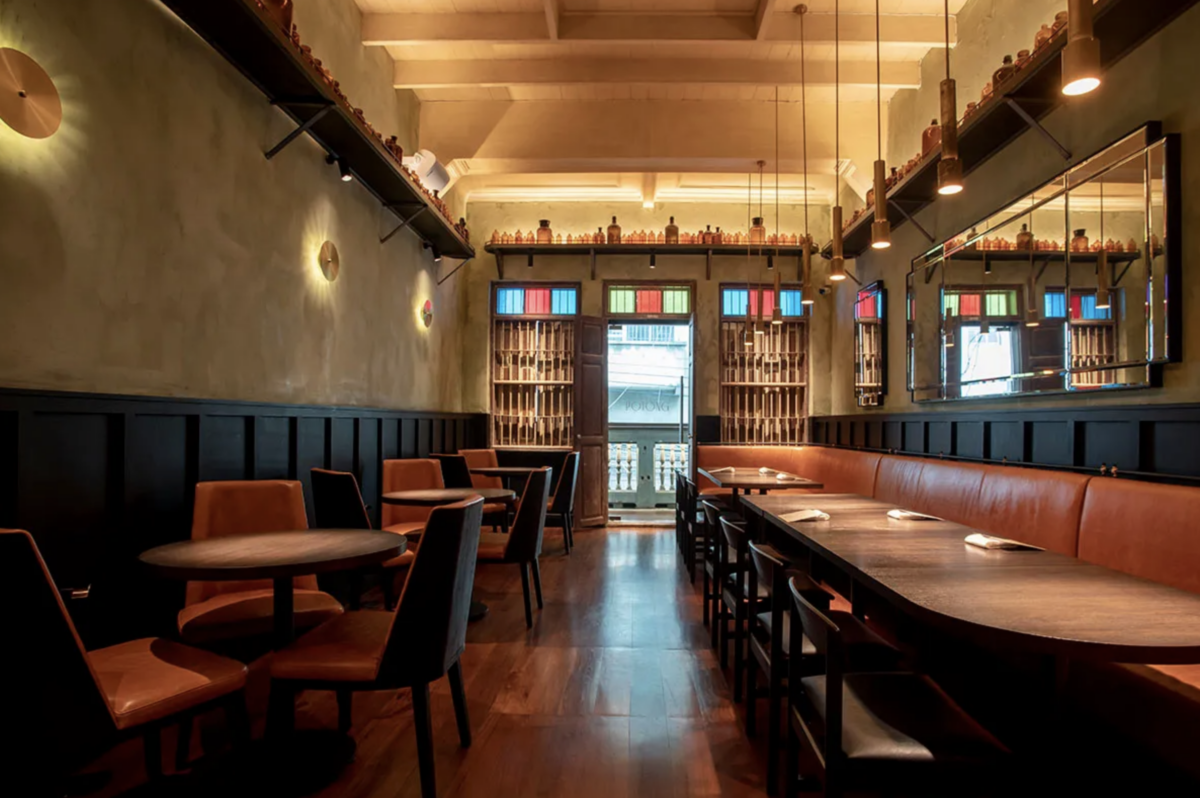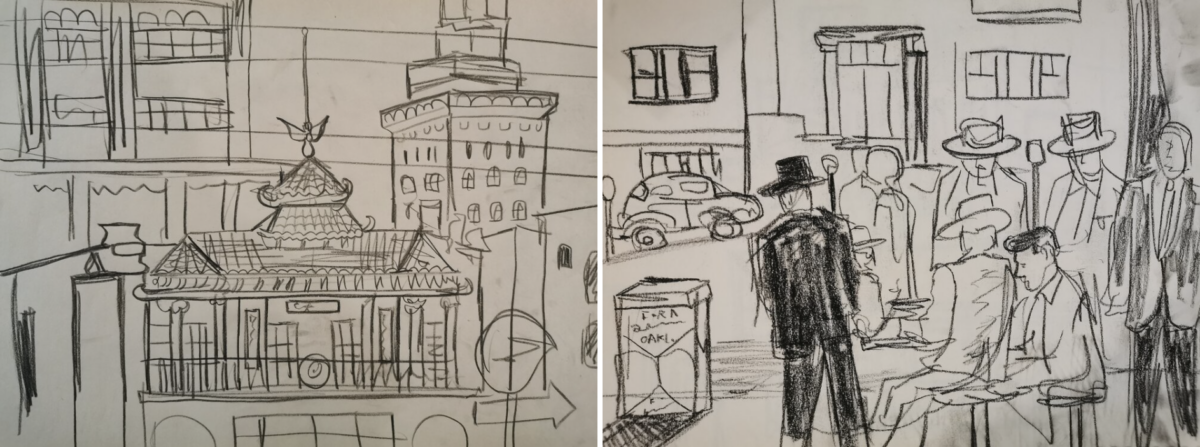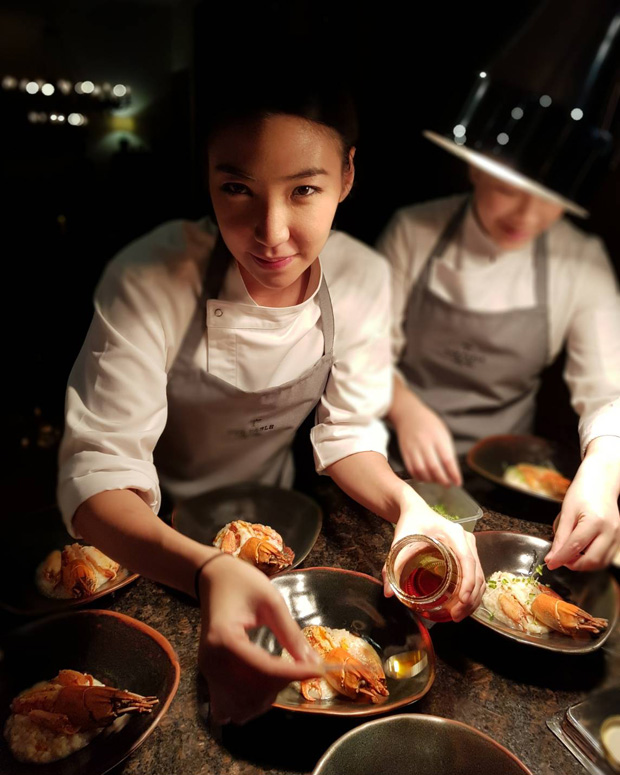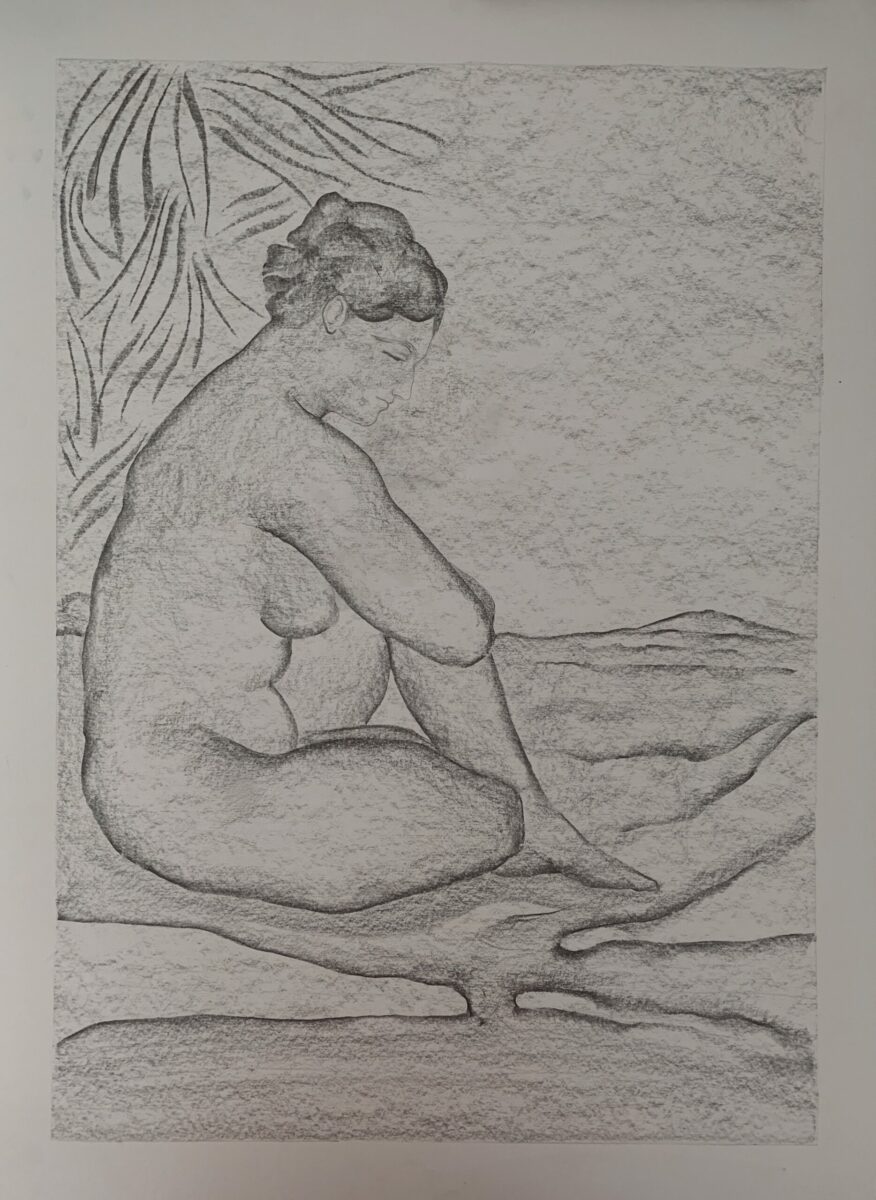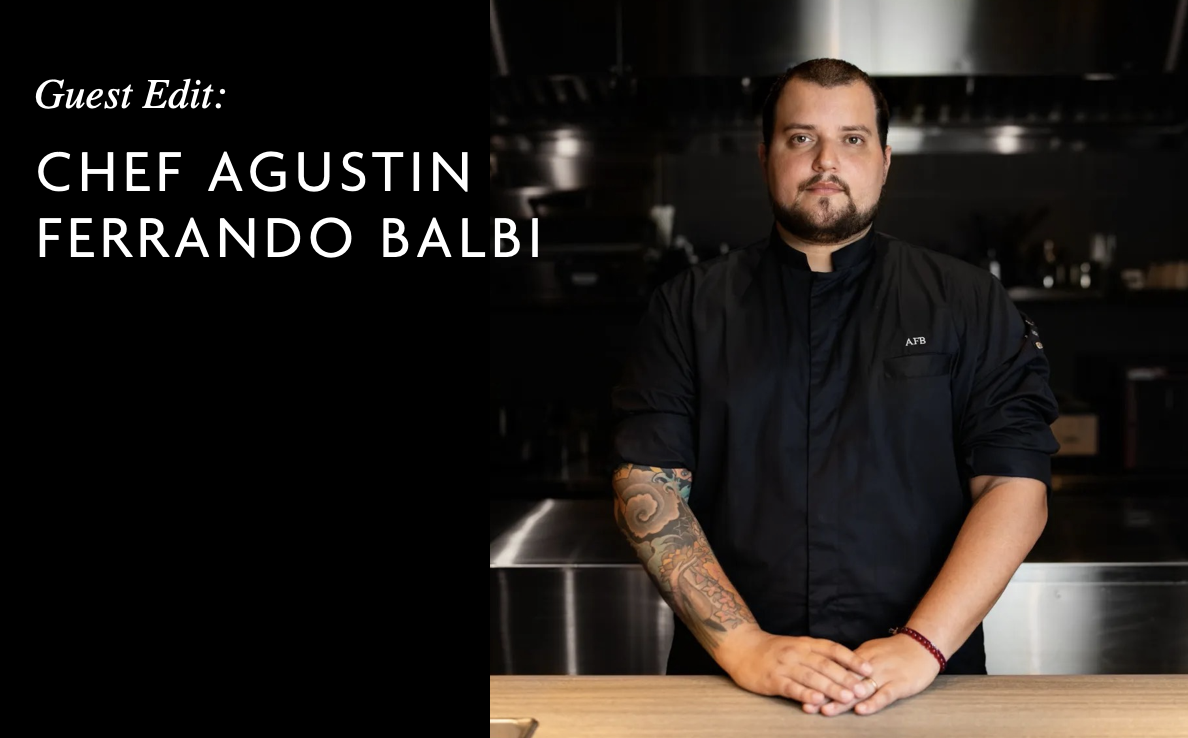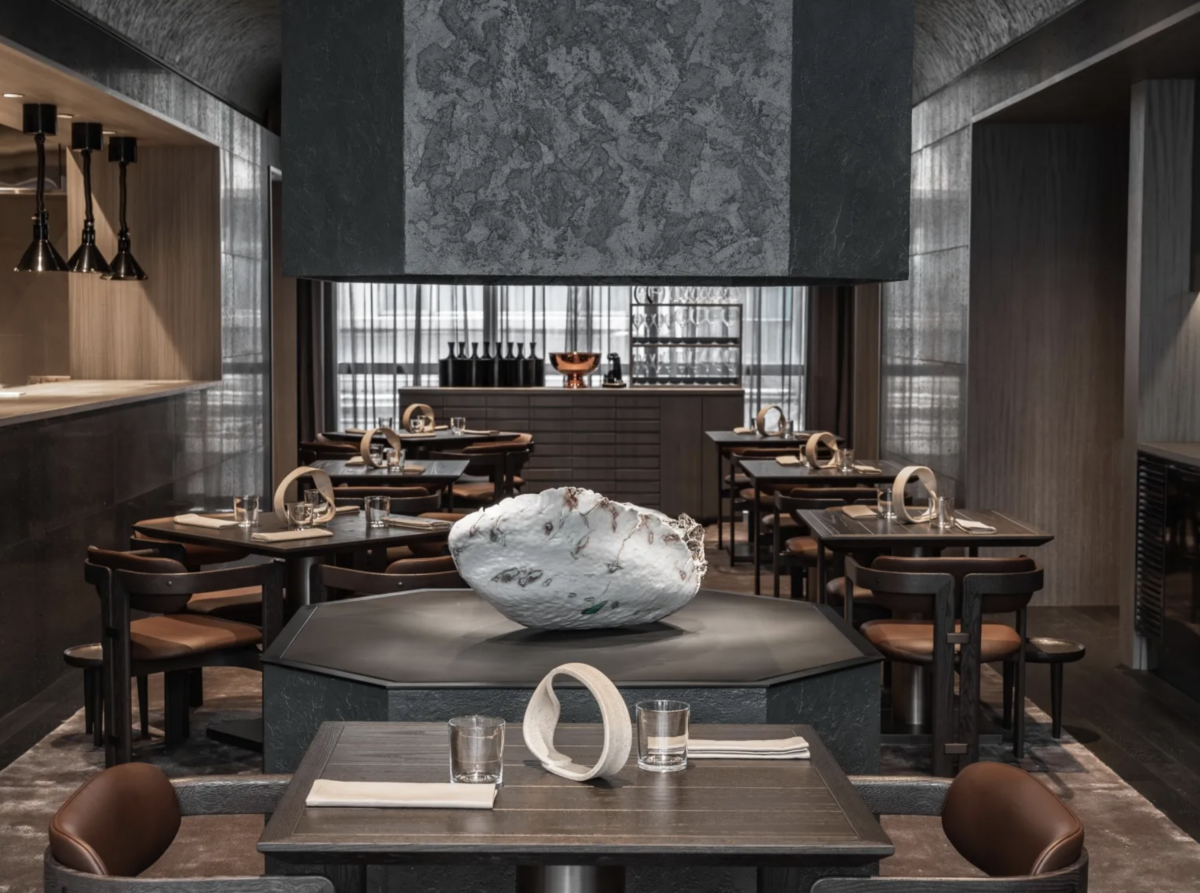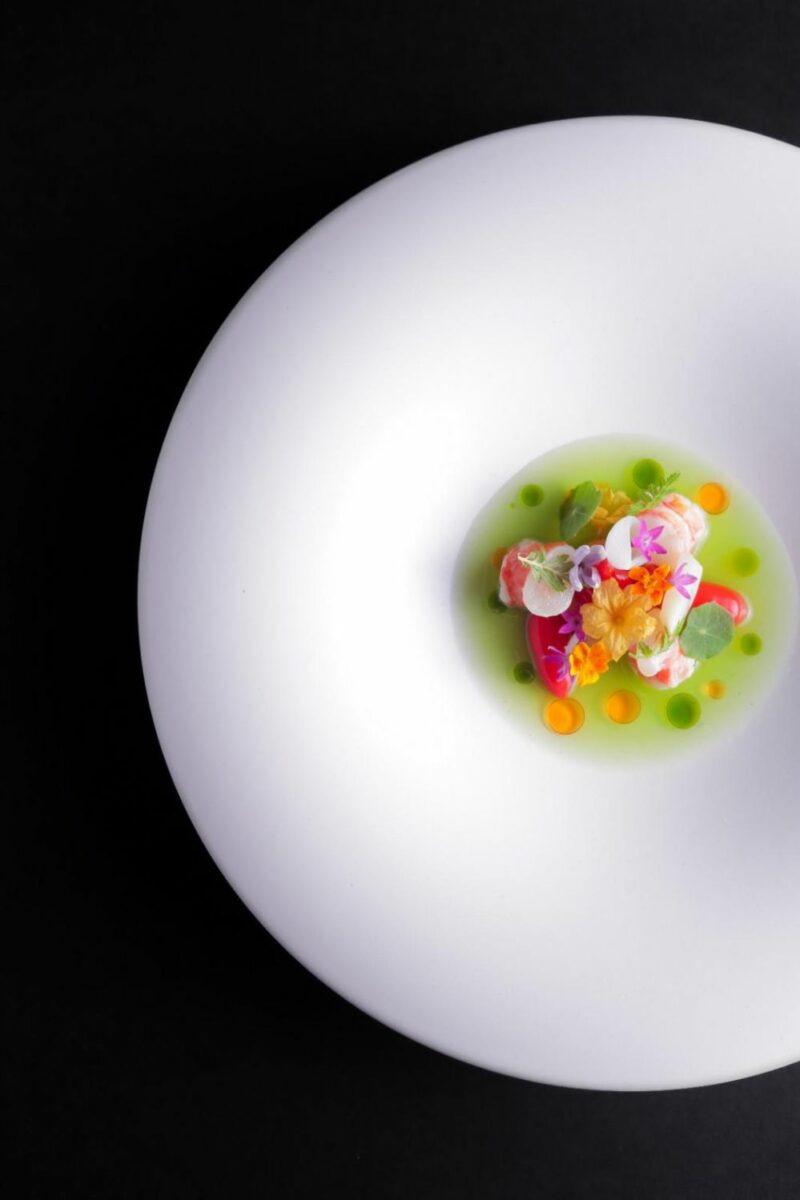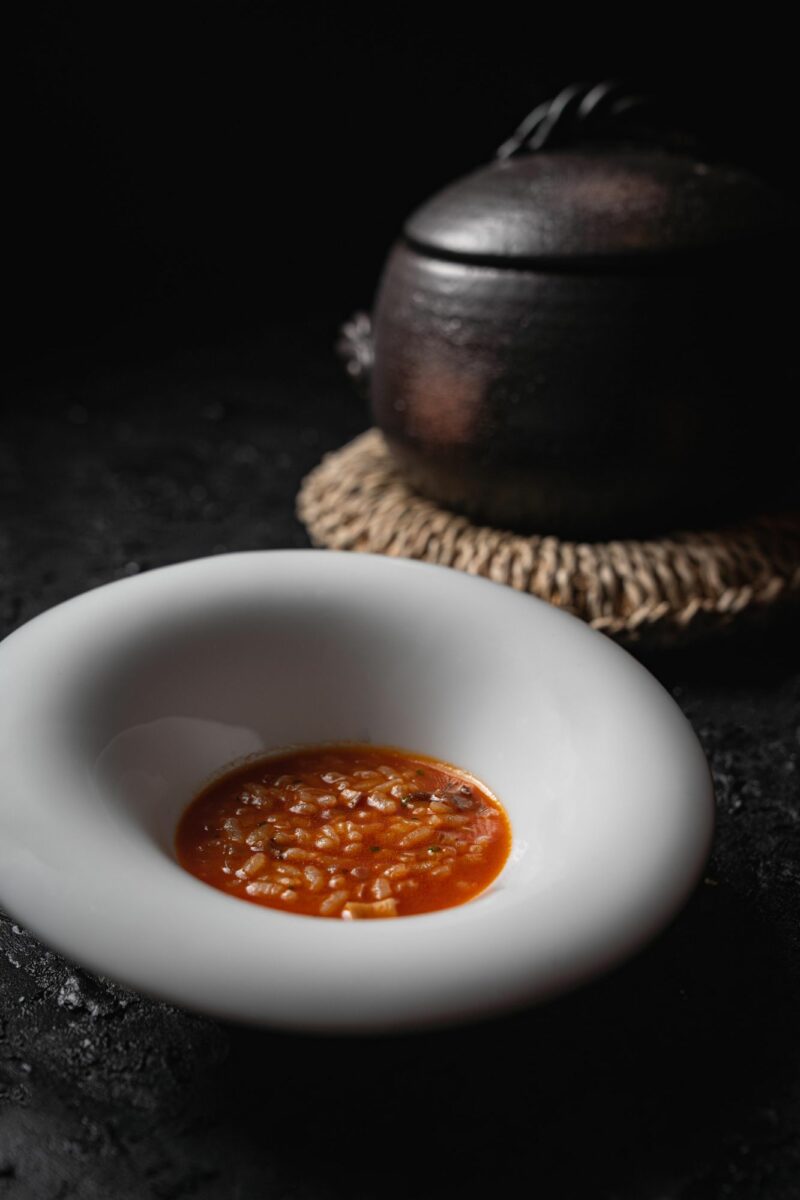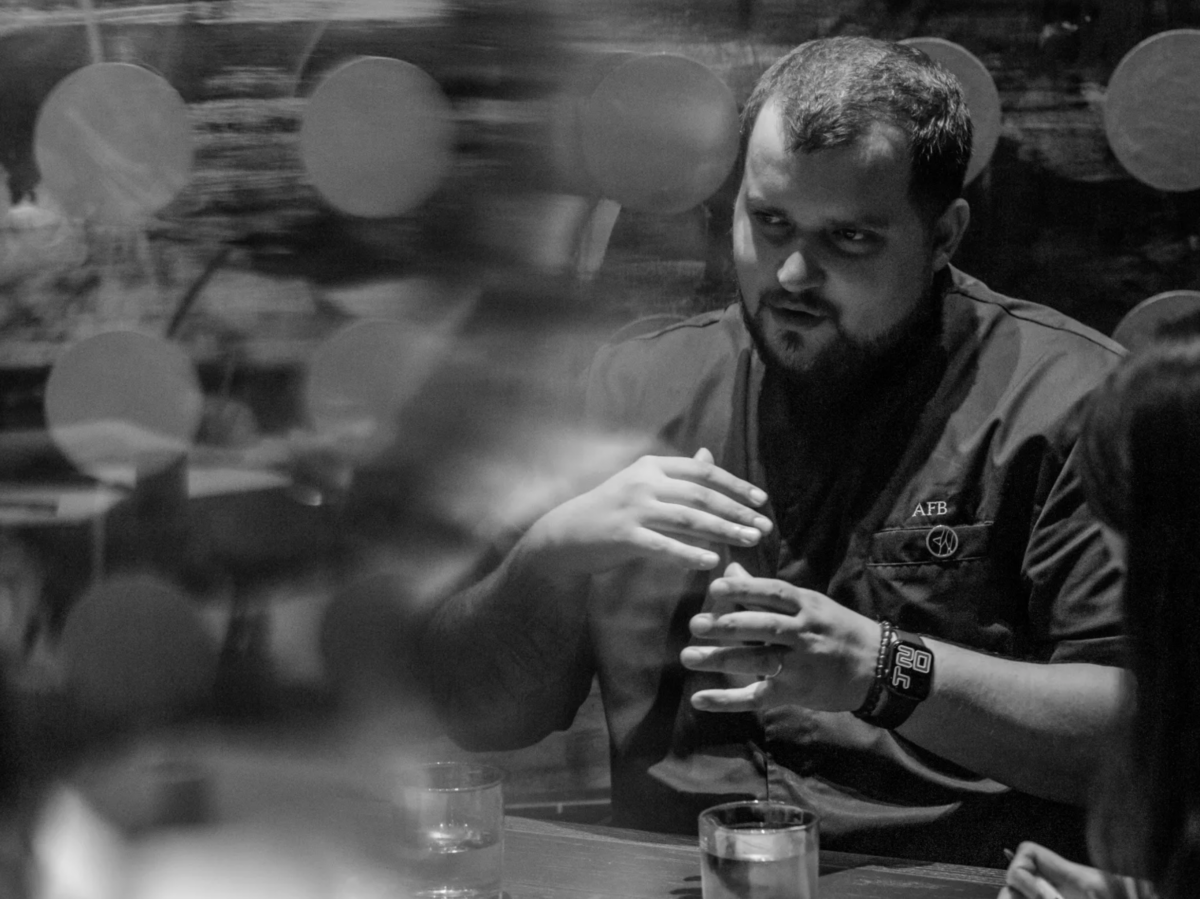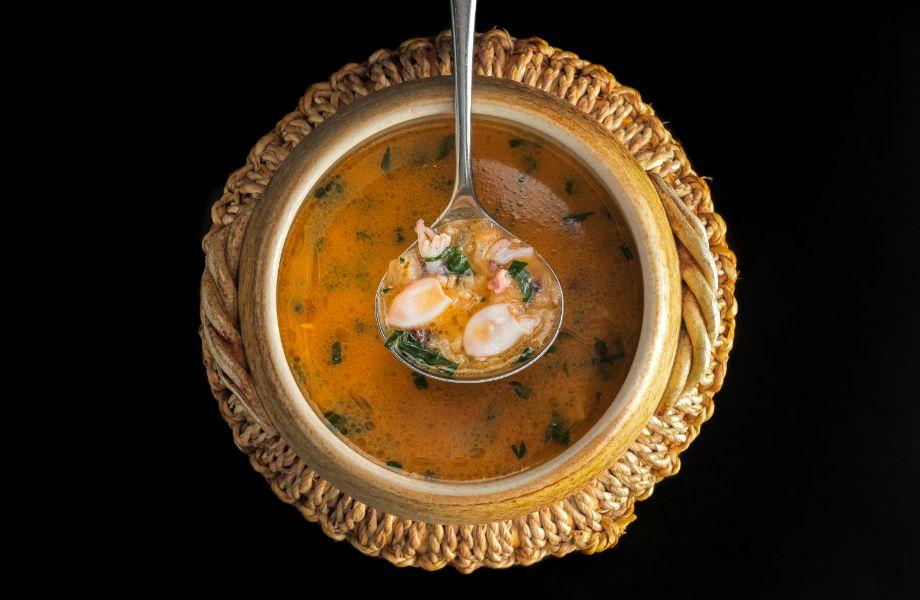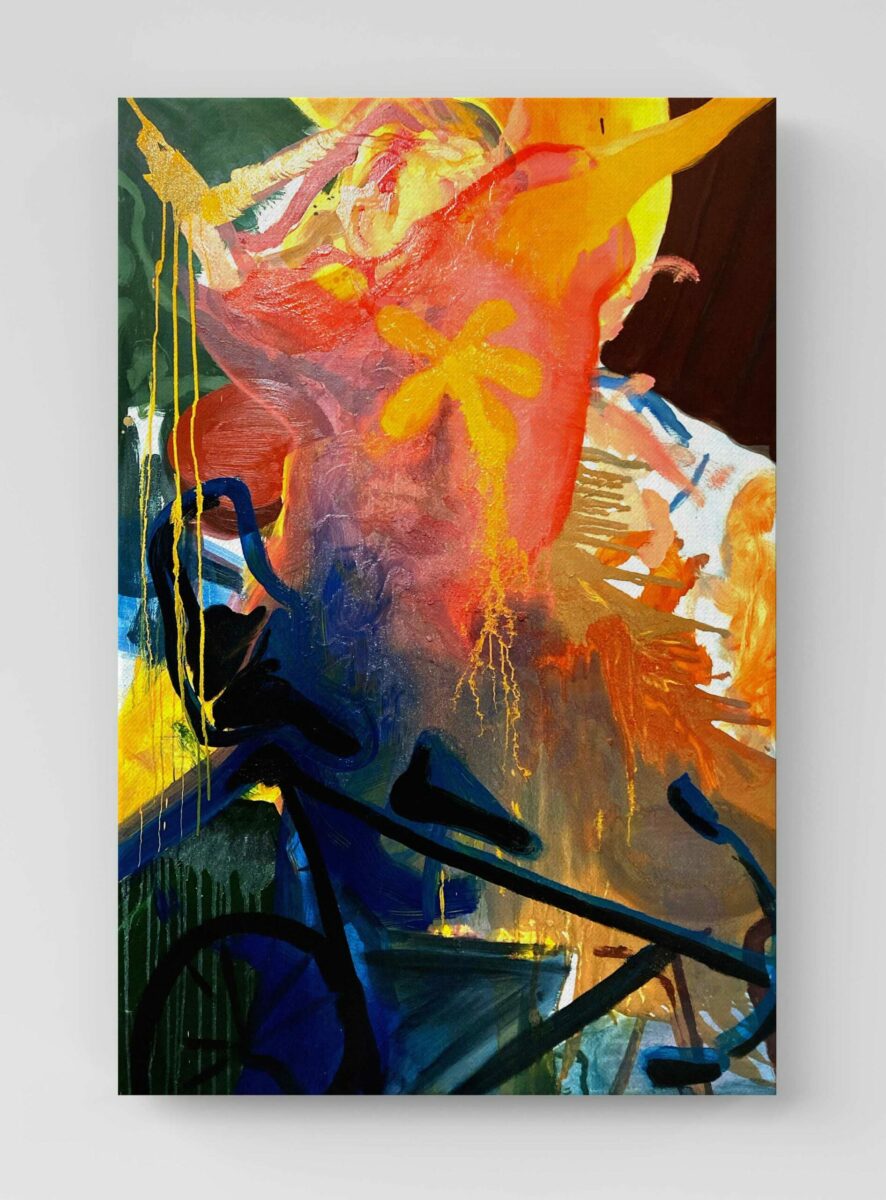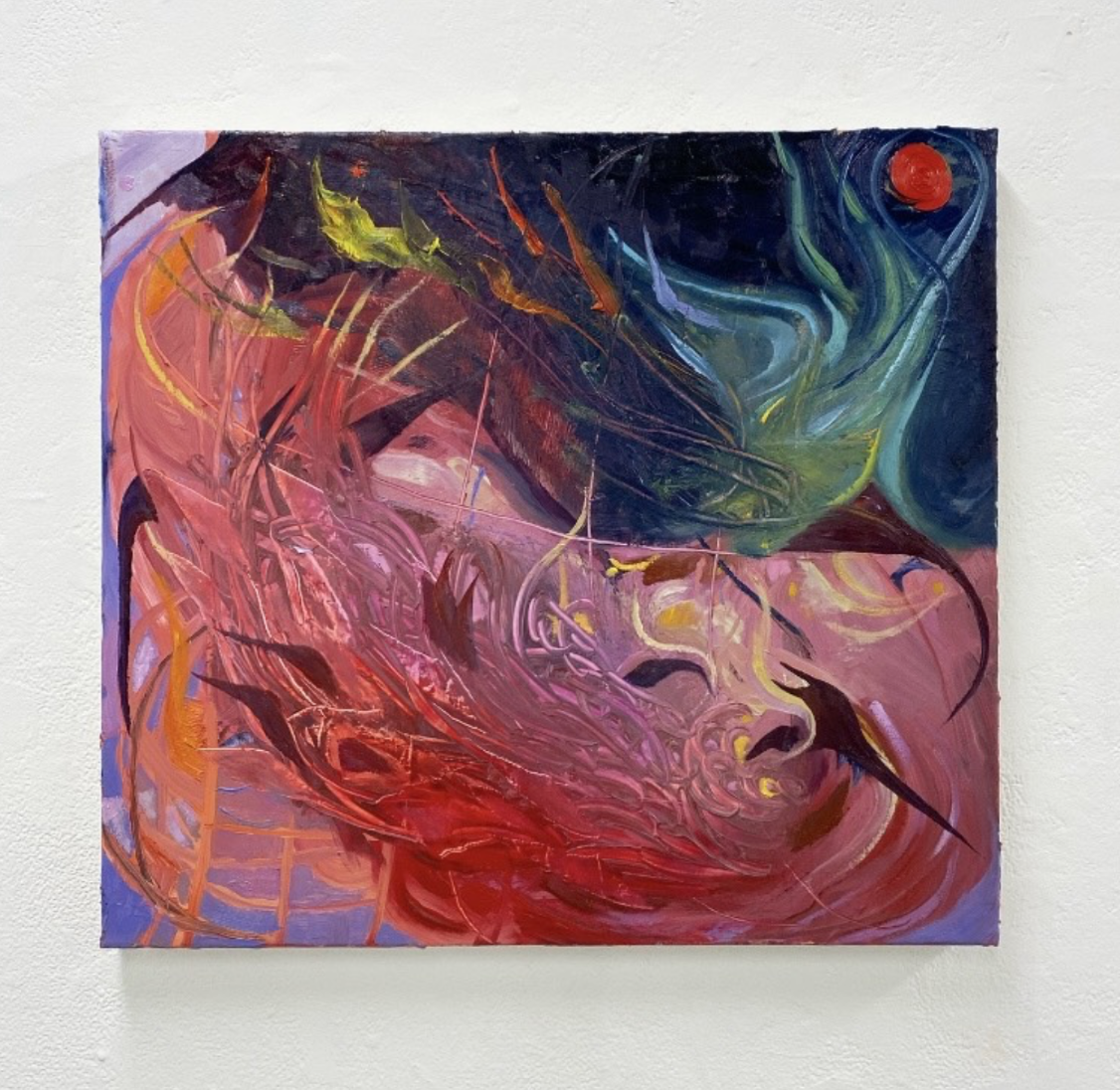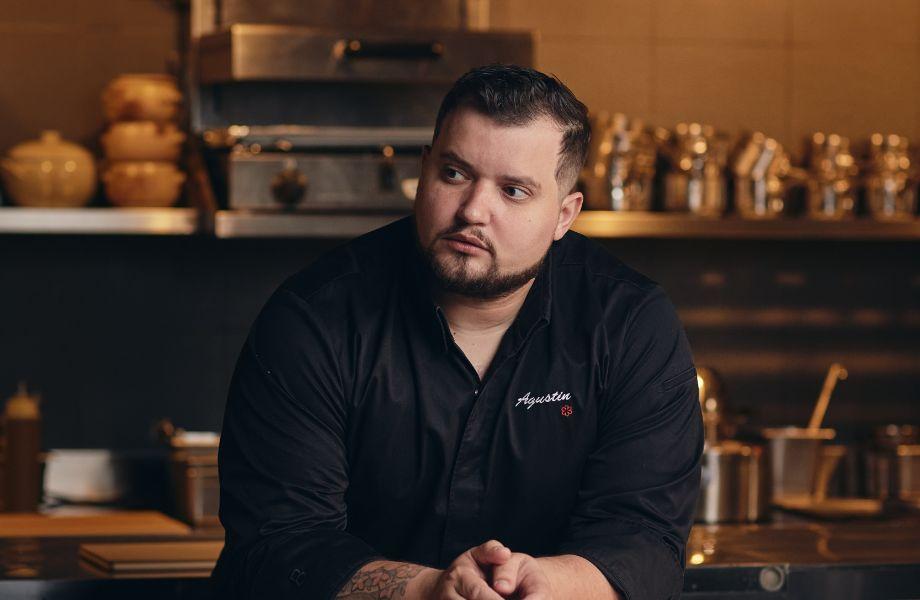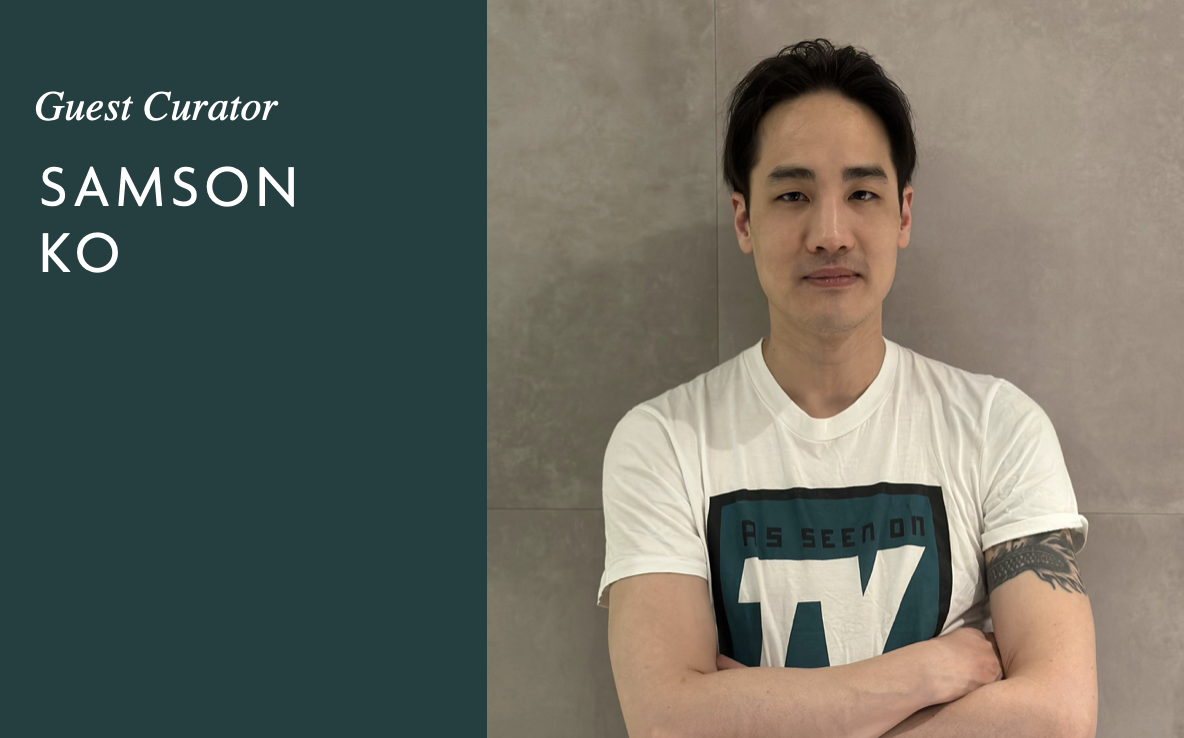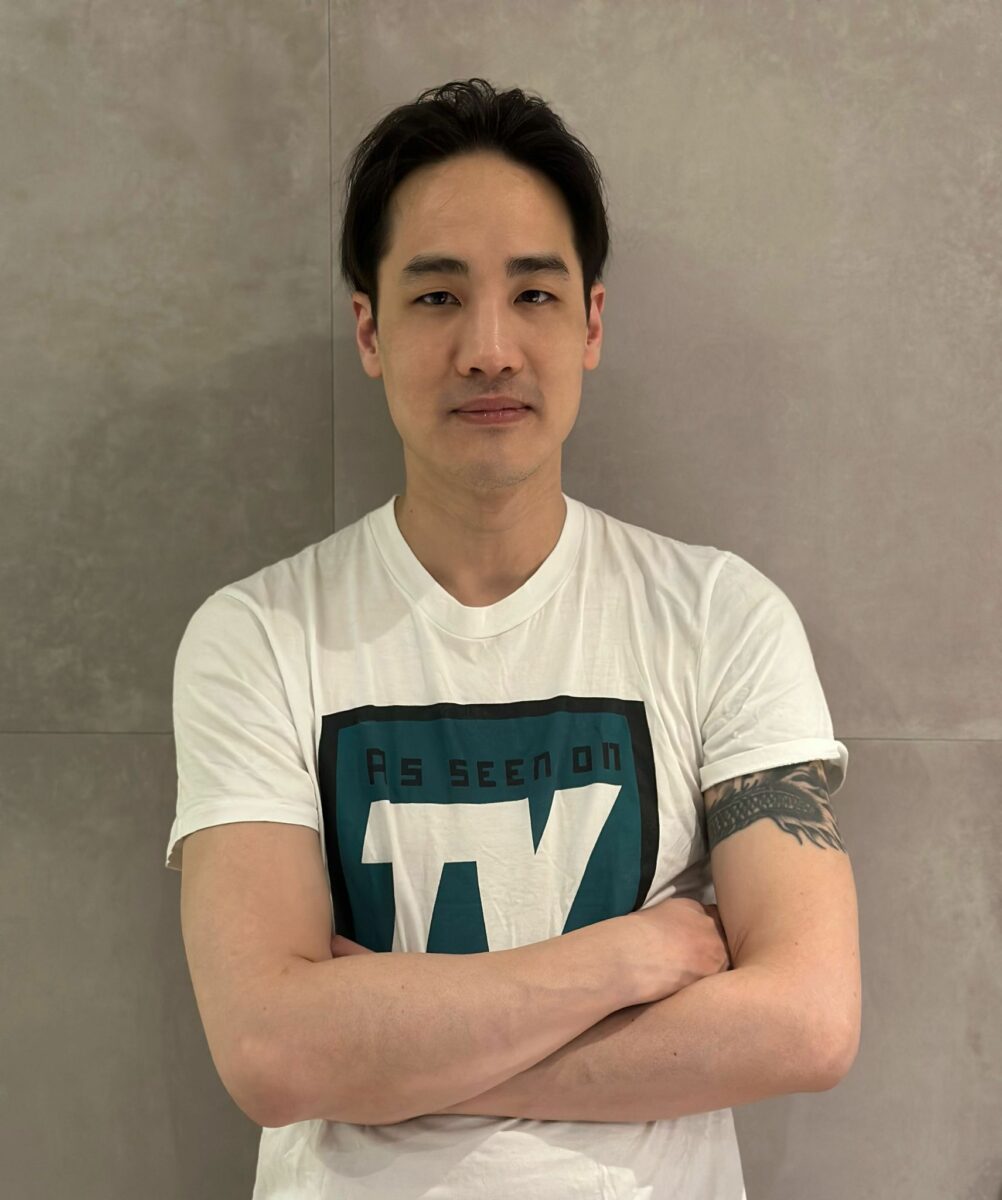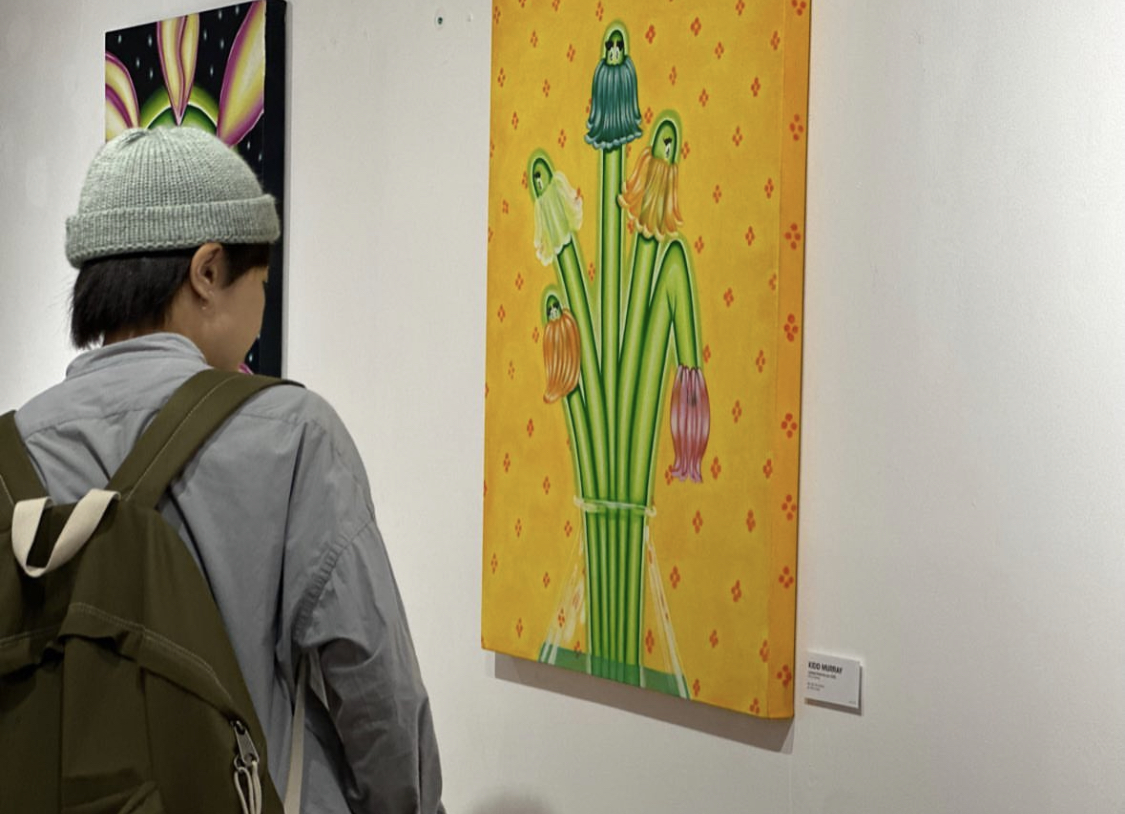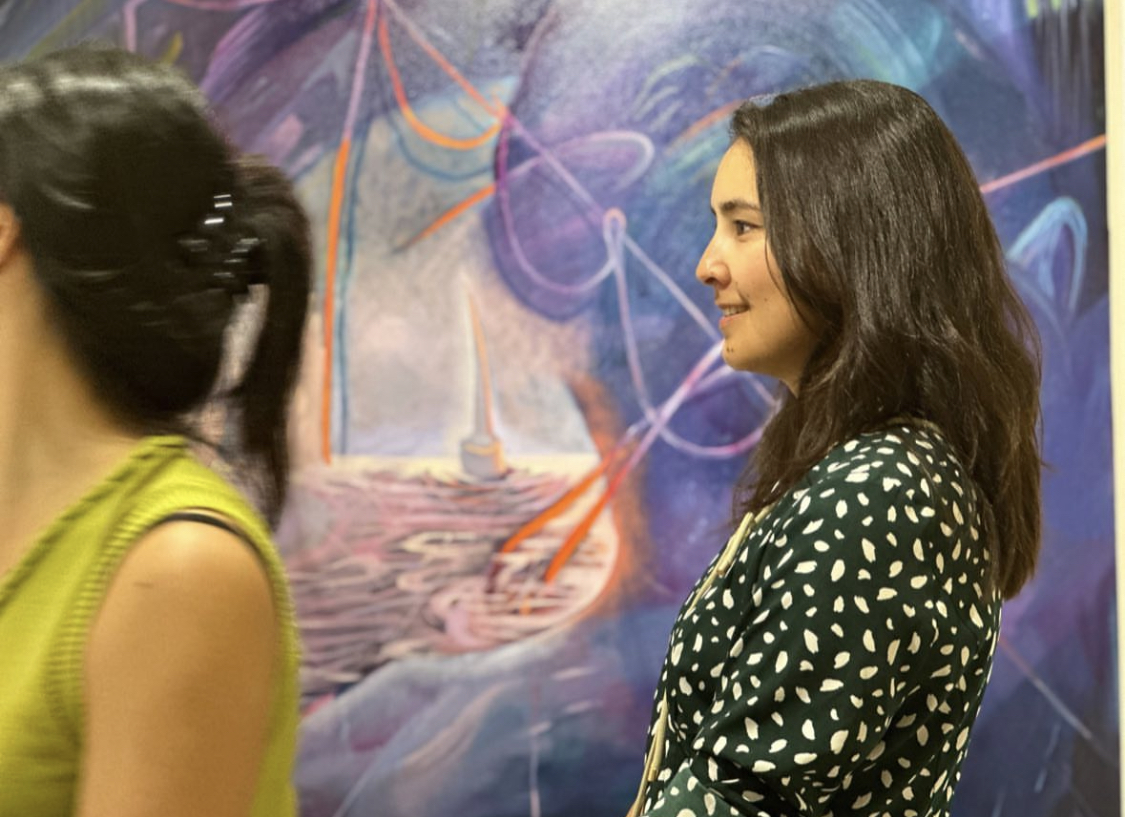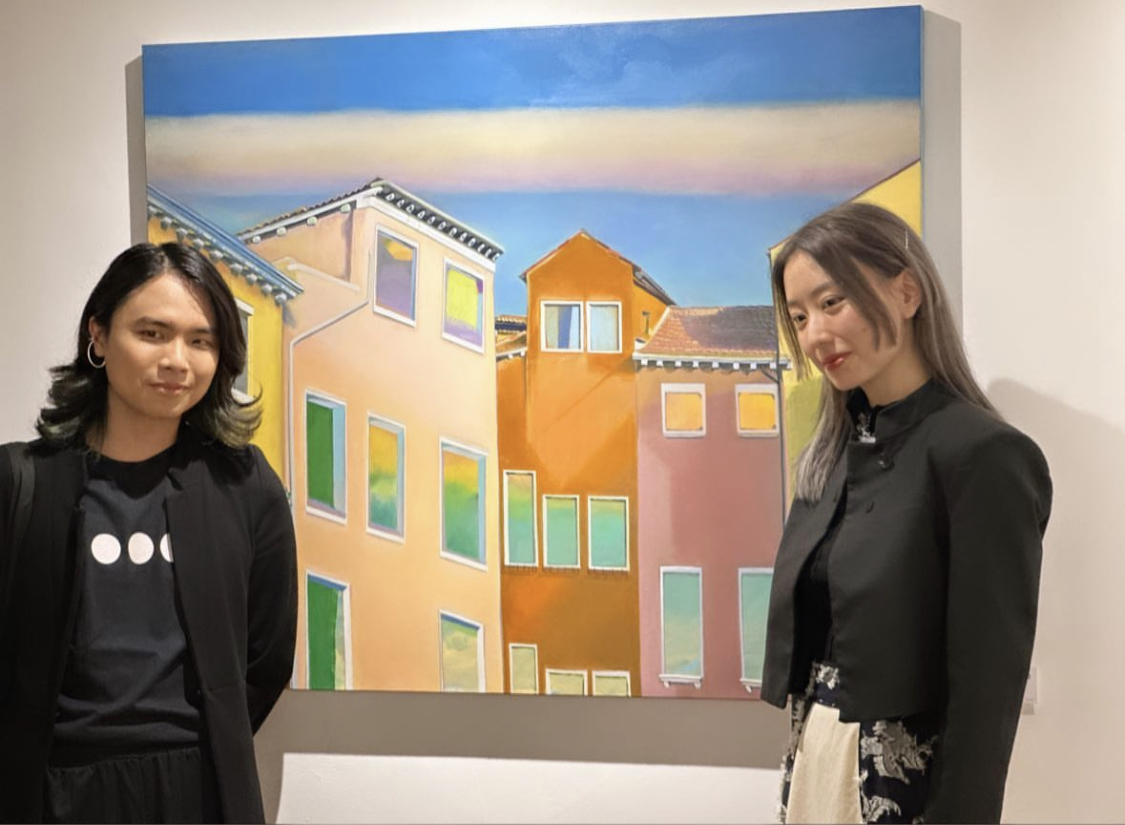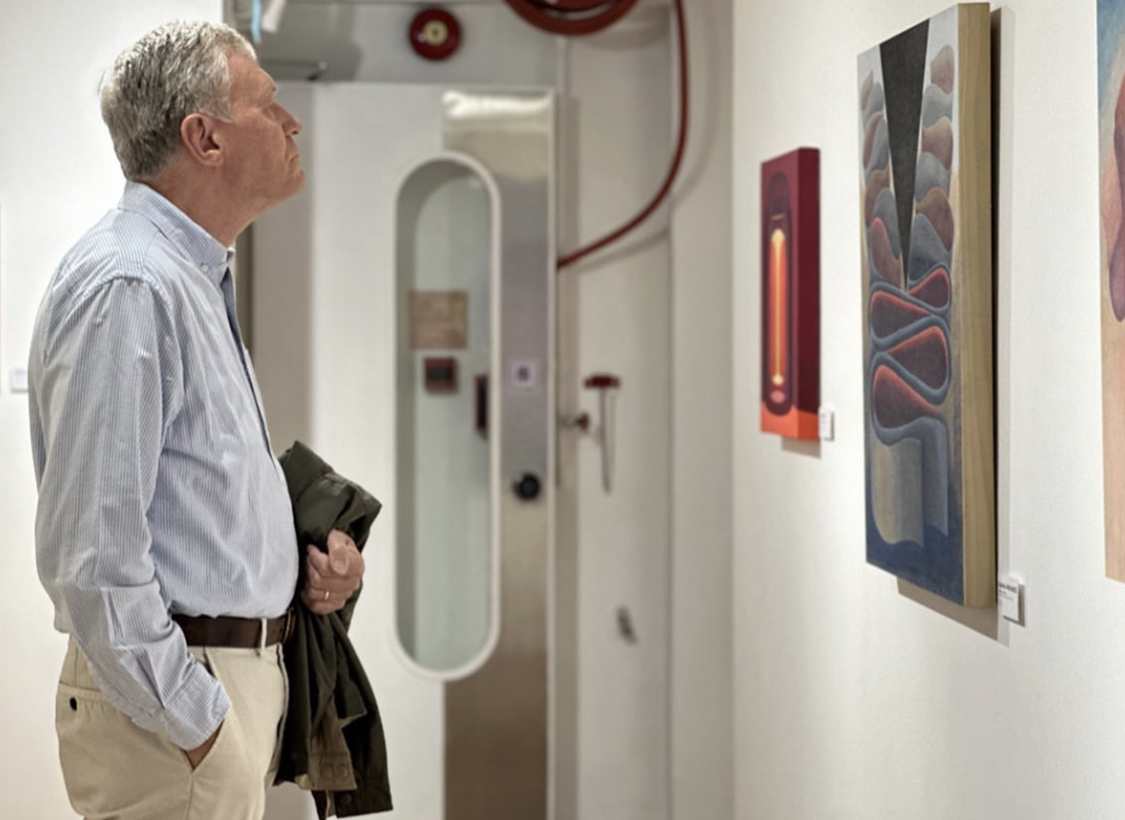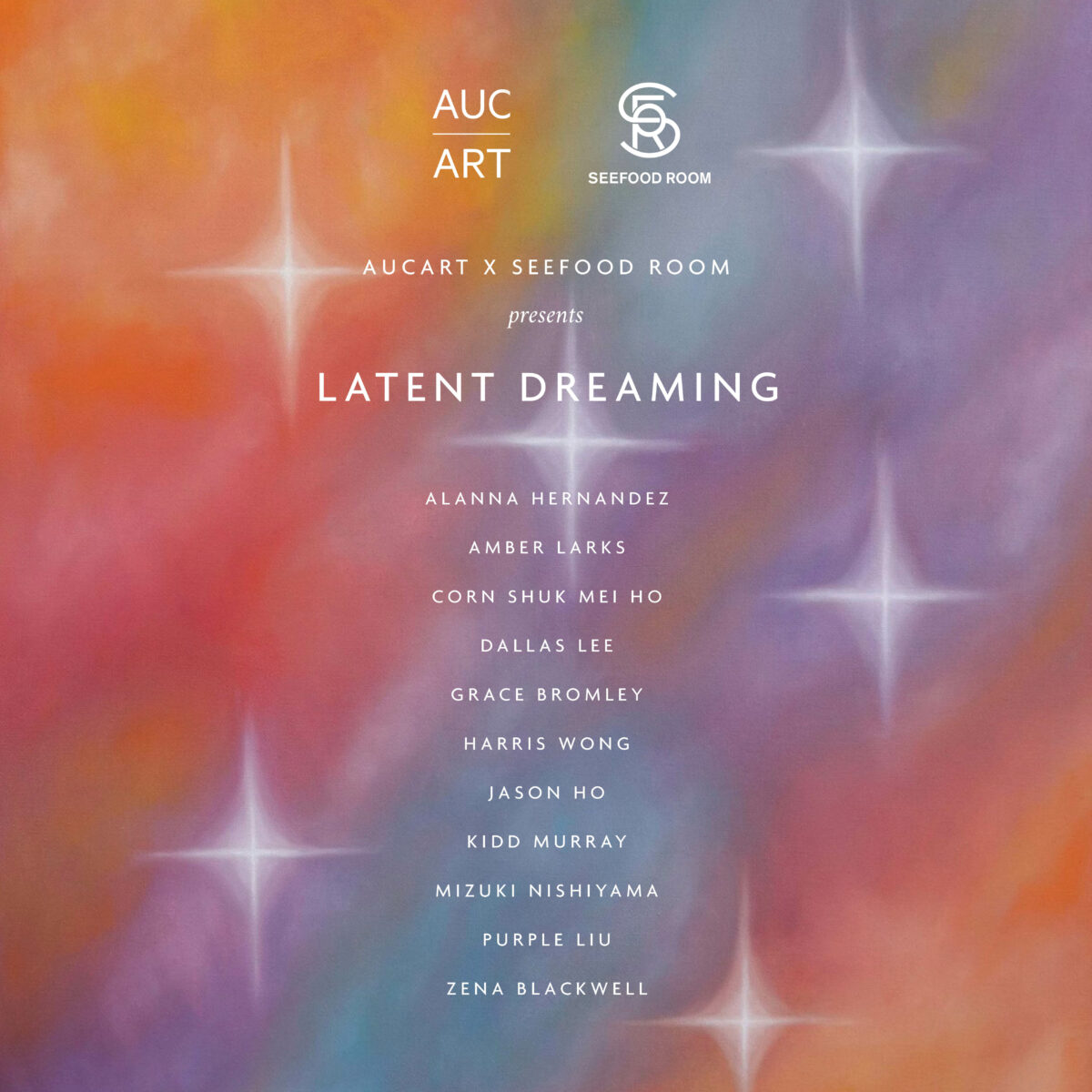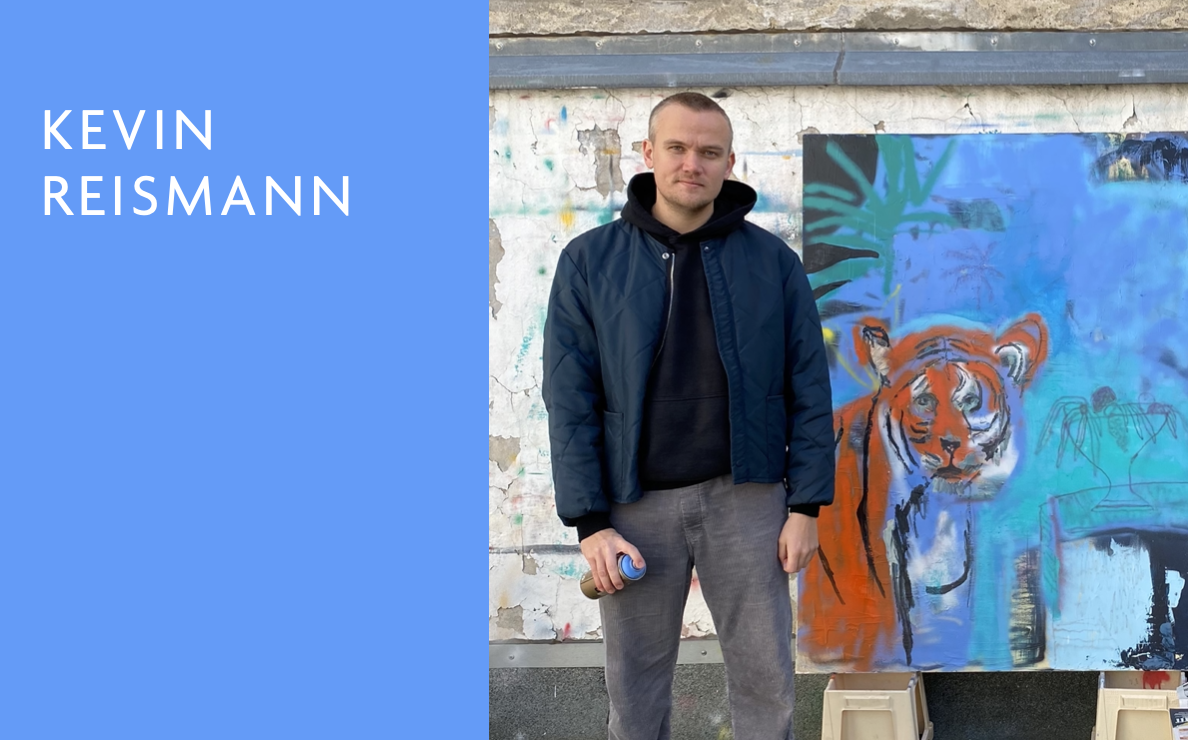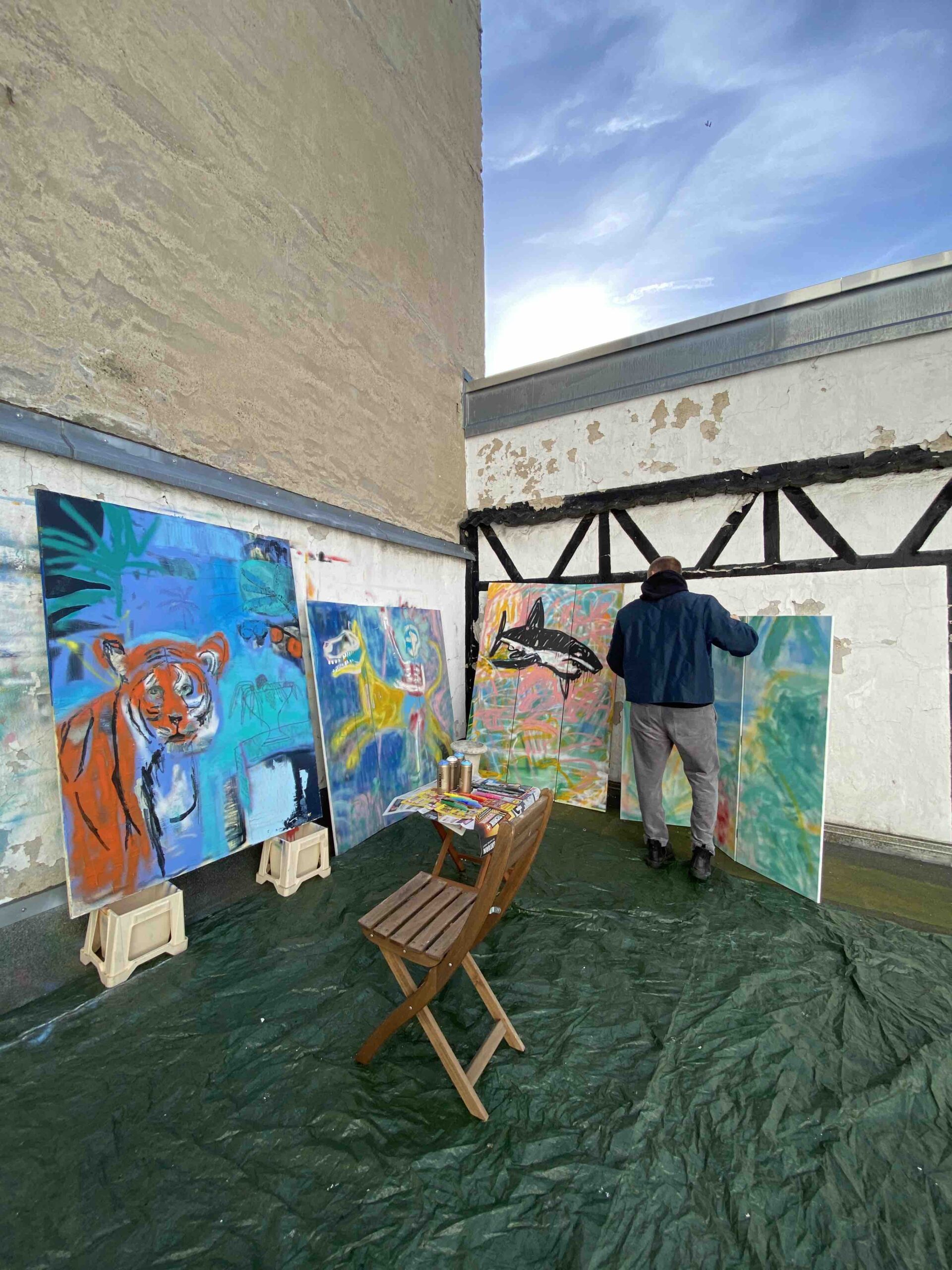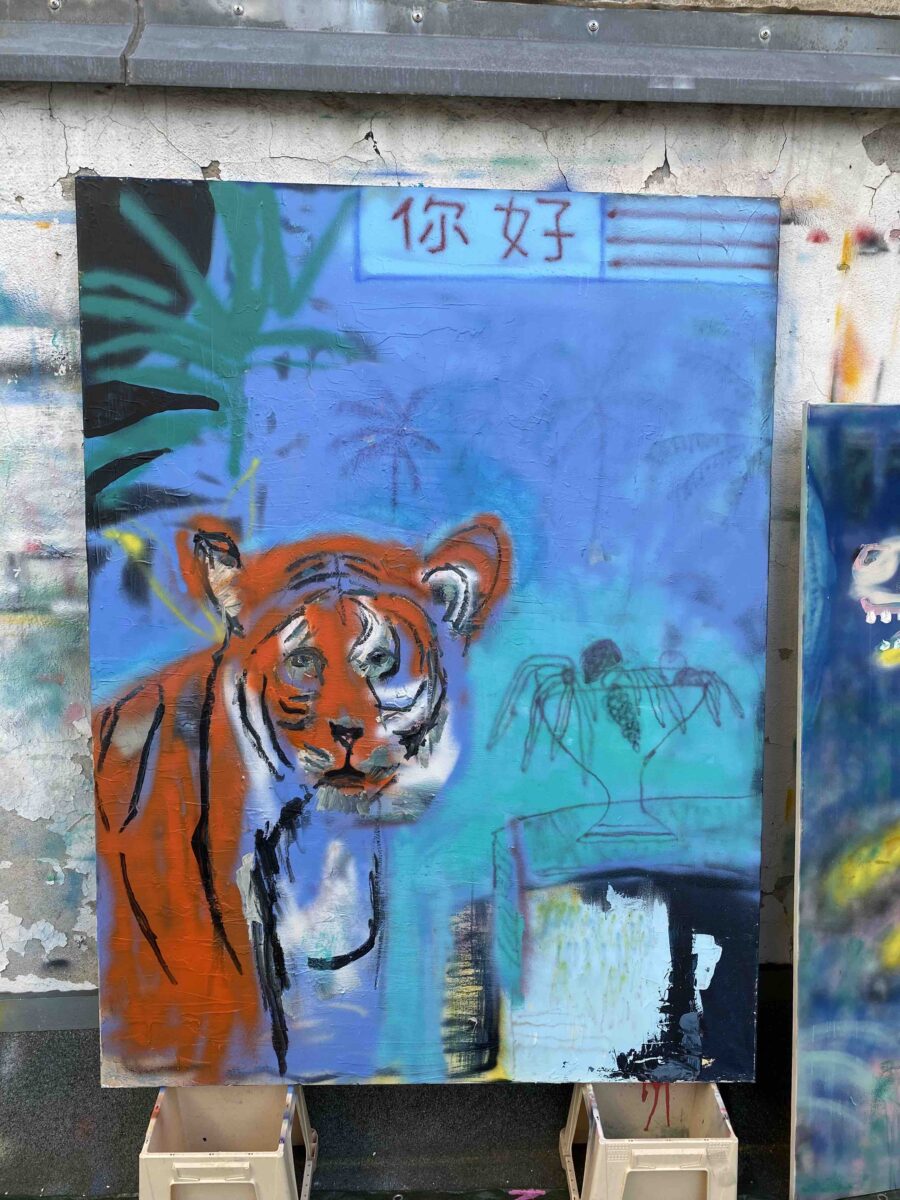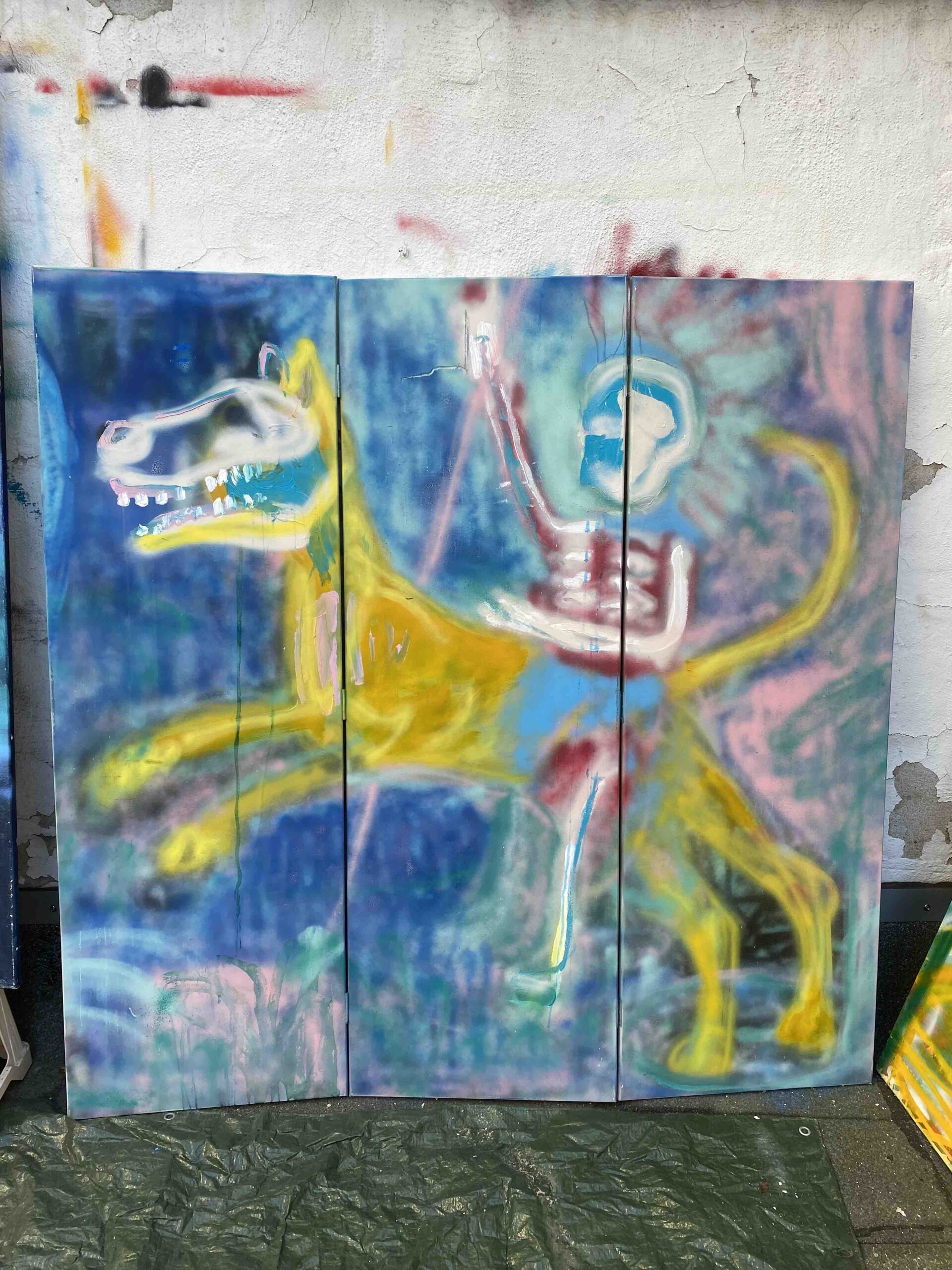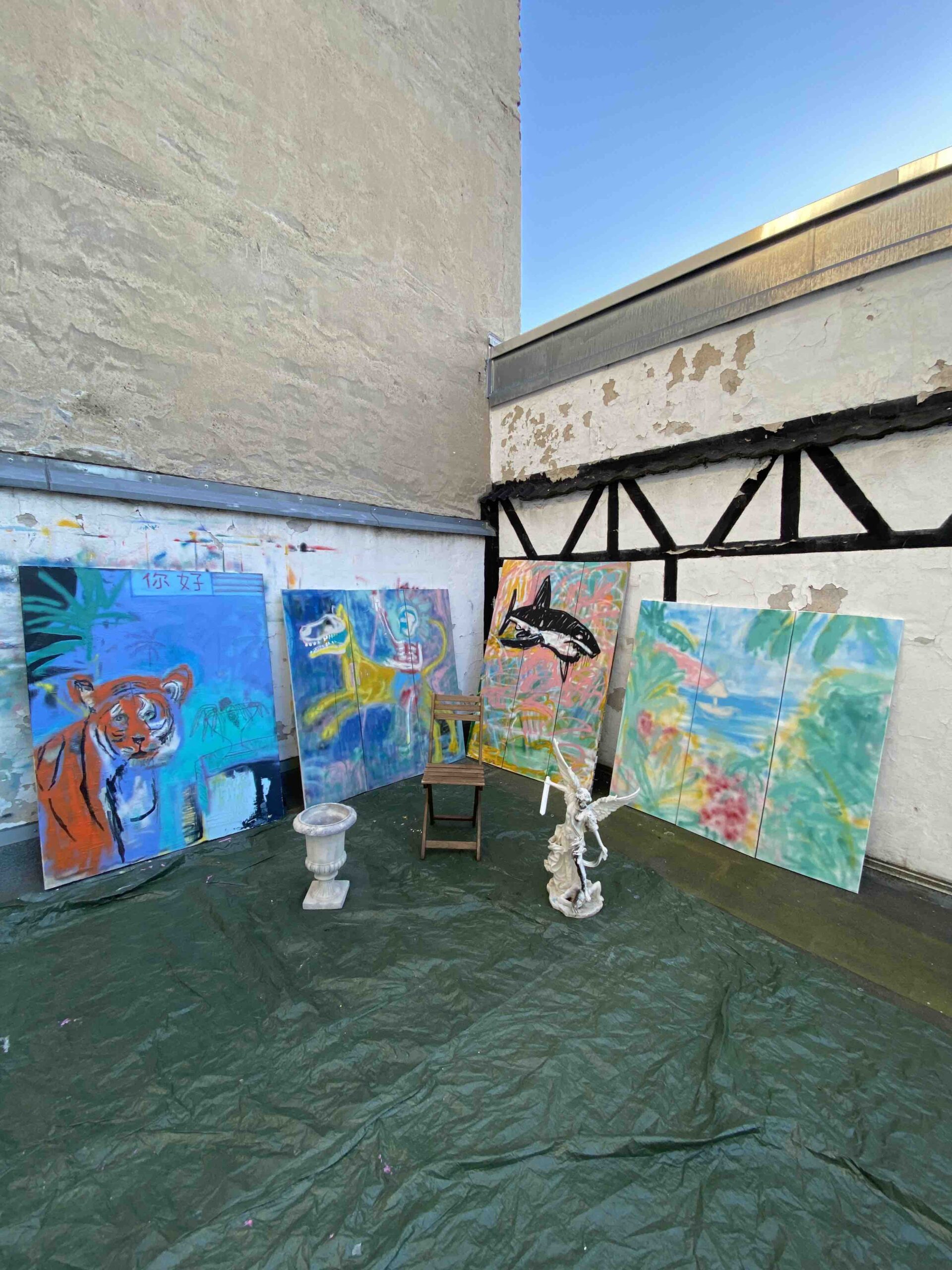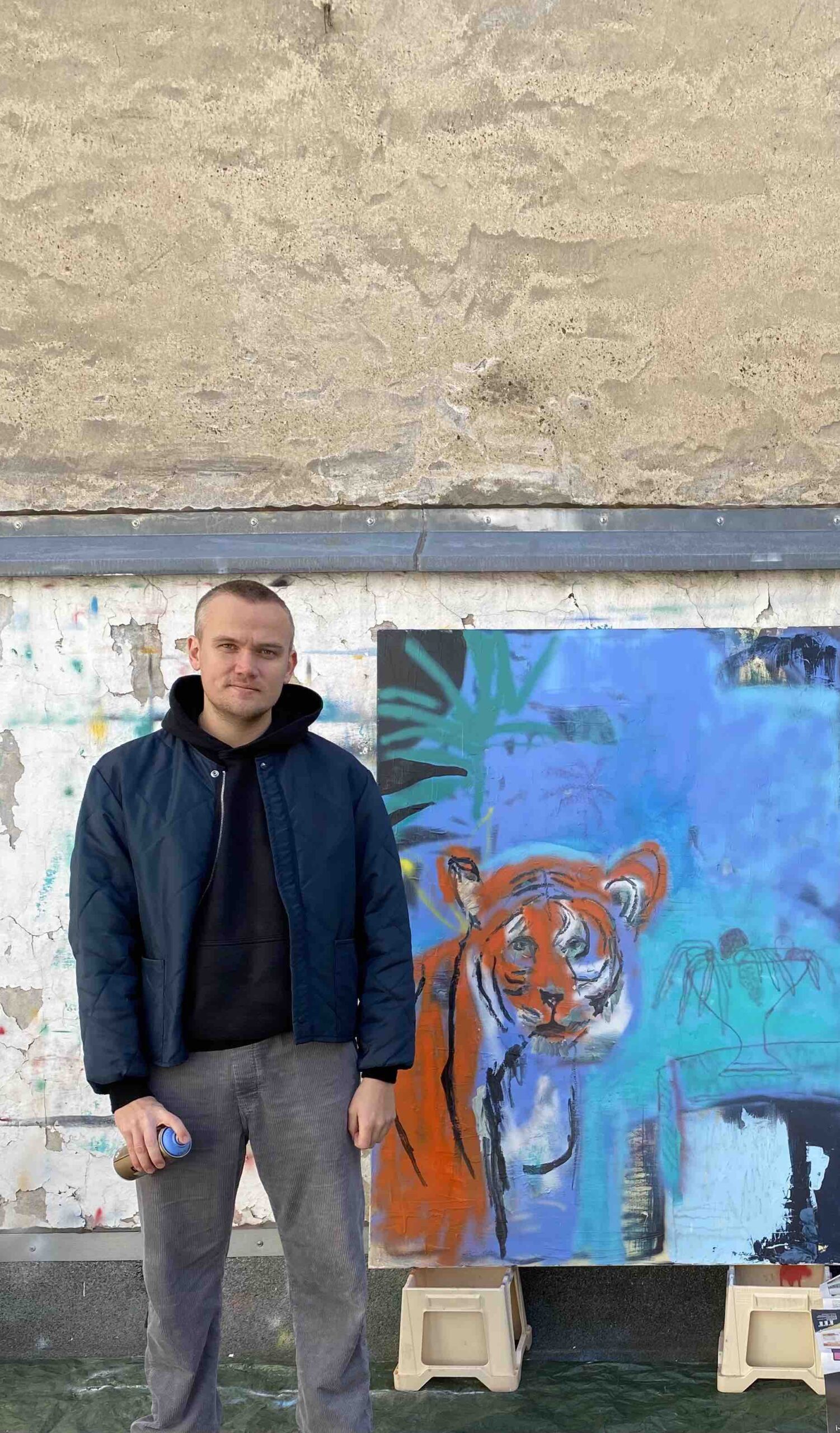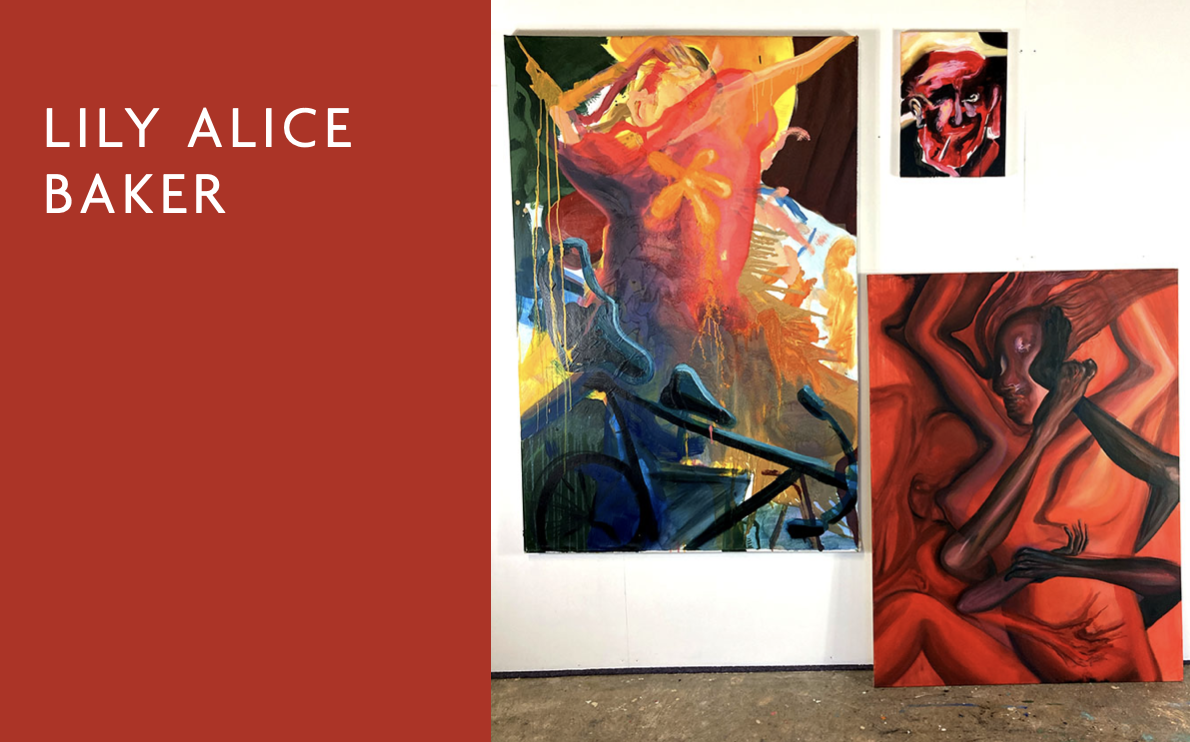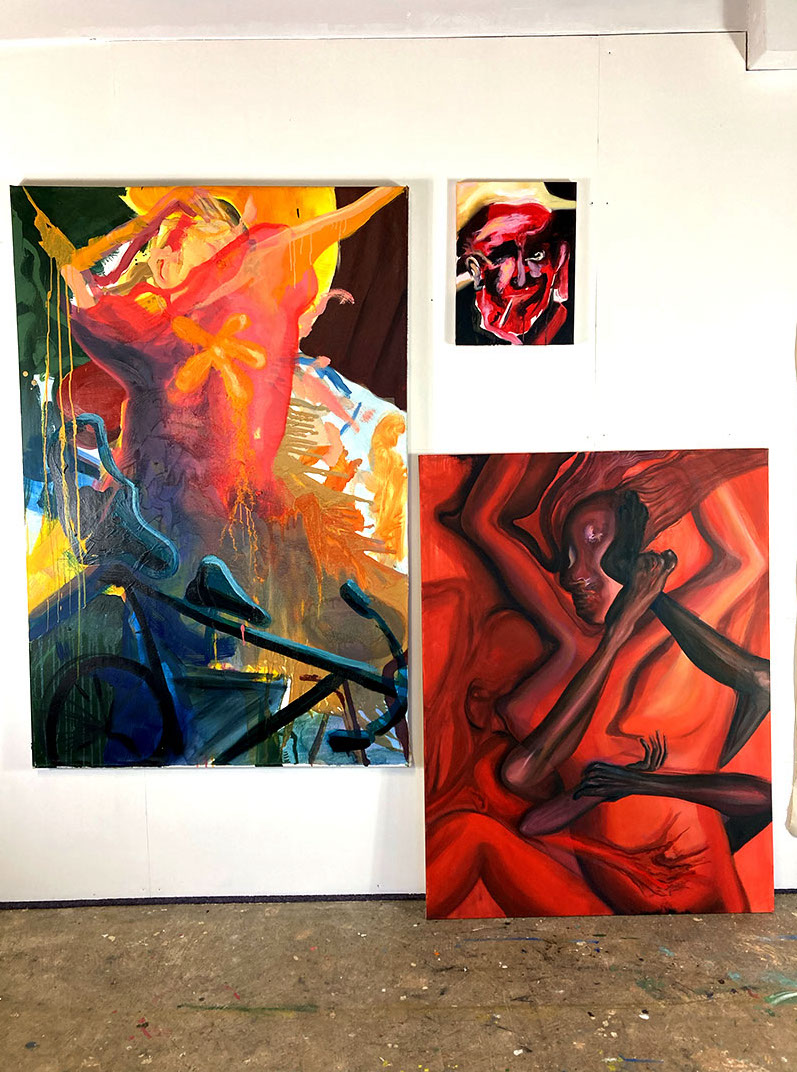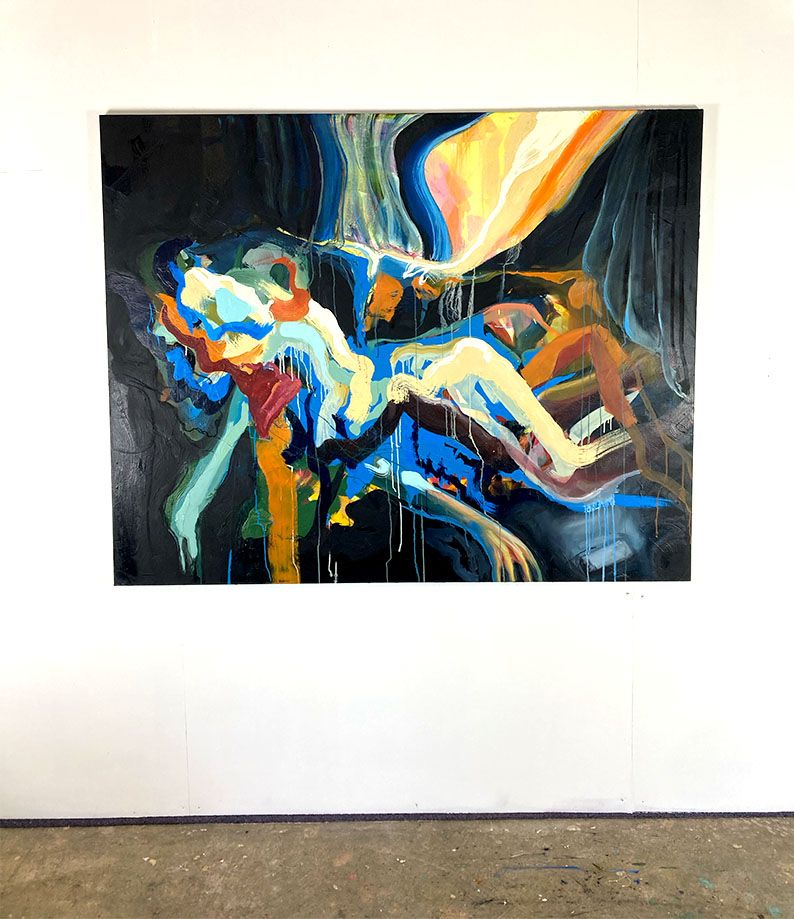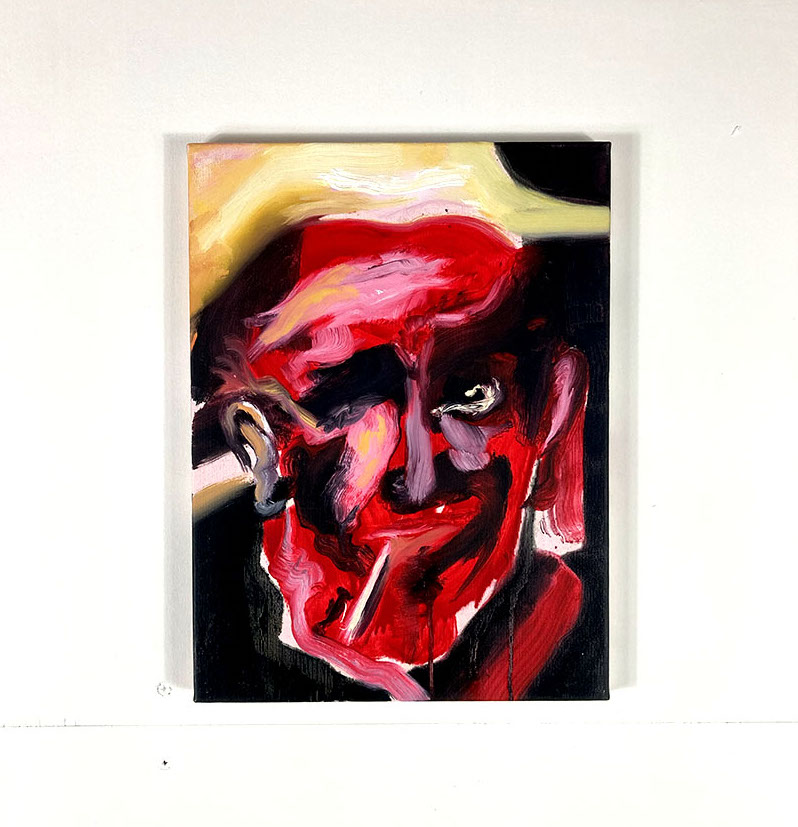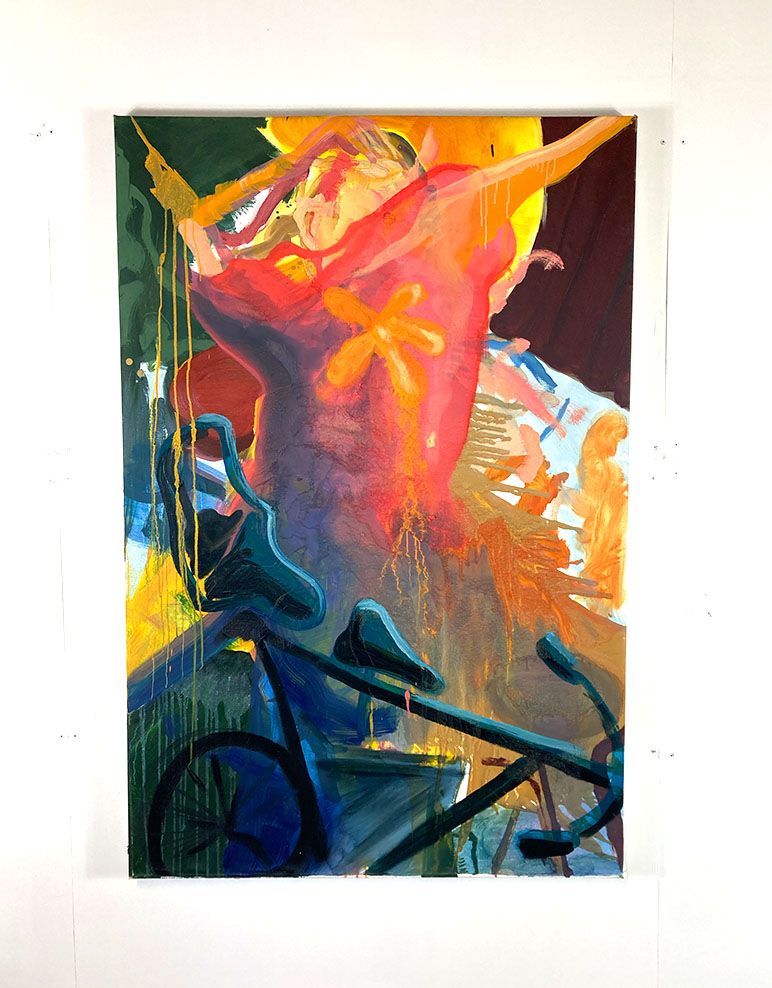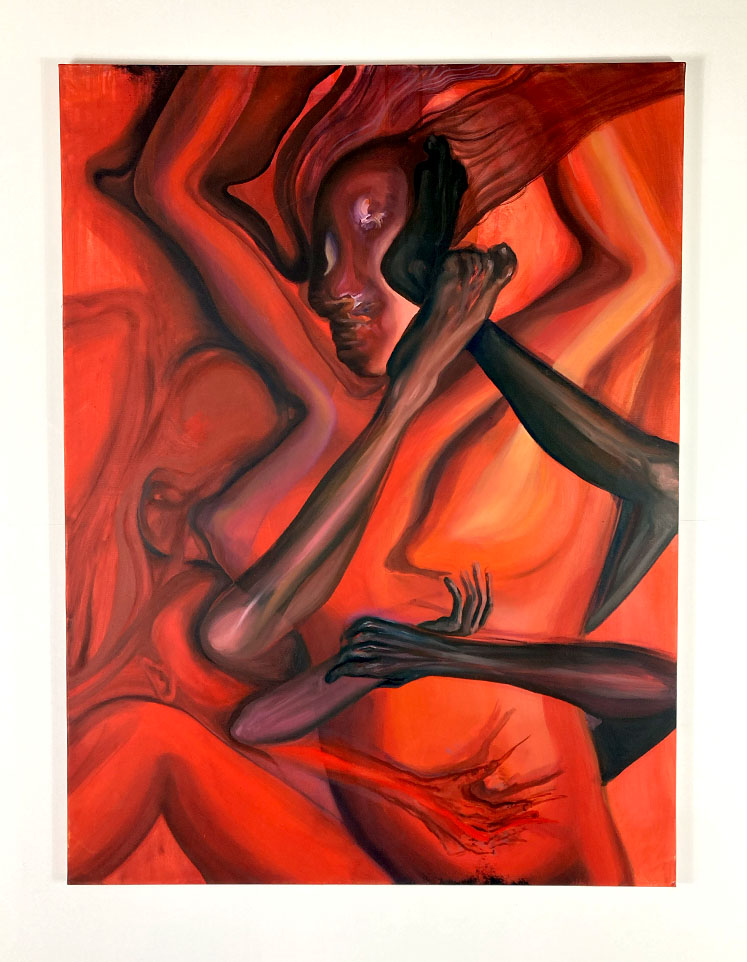Guest Edit: Leah Ring
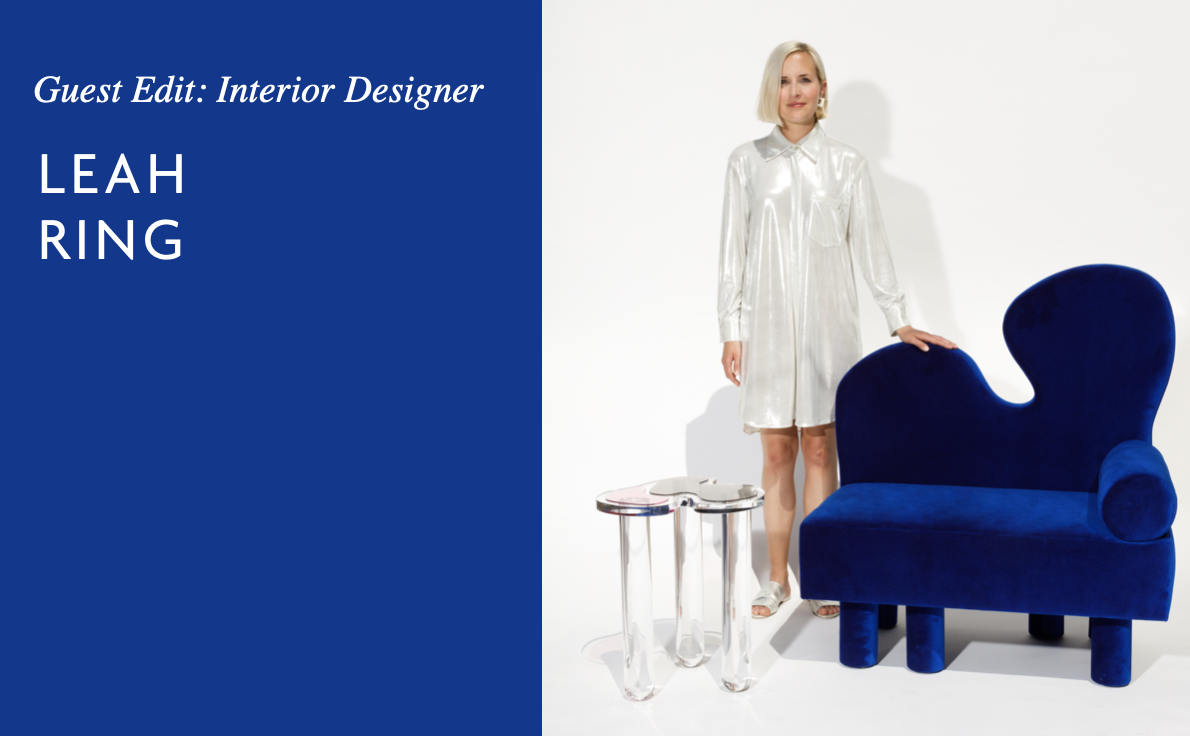
Can you briefly describe your own personal design philosophy?
I believe that design deeply impacts the way we feel and interact with others in a space, and I always strive to design spaces that are unique, layered, colorful and have an element of surprise or playfulness to them.
What’s your thought process like when you’re incorporating art into a space?
Art is very personal for clients and it can have a huge impact on the overall look and feel of a space. I work alongside clients to identify the sort of feeling they’re hoping to communicate through the art, and then narrow down from there. It’s often a trial and error process of trying different scales, color palettes, etc or if the client has their heart set on a piece, finding the best place in the home to showcase the artwork.
Can you tell us about what you look for in artworks?
What I look for in artwork depends greatly on the design of the space and the client. I typically have an overall vision for a space and selecting the art becomes pretty intuitive – I follow my gut reaction to particular pieces and how the artwork makes me feel.
How do you get an idea or feel for your client’s tastes and needs when choosing the artwork, furnishings, and accessories for a home?
At the outset of each project, we work closely with clients to establish a shared visual language for the project. This starts with a wide range of references which could include images, places, movies, or songs and then we narrow in on the story that we want the space to tell. This is different for each client and it’s one of the reasons I find my job so thrilling – no two days are the same!
Do you collect art or any kind of objects yourself?
My husband, Adam de Boer, is an artist so we are fortunate to have a nice collection of artworks procured from friends or via trades. We recently honeymooned in Indonesia and came home with several artworks from both established and up-and-coming Indonesian artists, which is very meaningful to my husband who is of Indonesian descent and also sentimental as we’ll always remember these artworks as a part of our honeymoon. We often collect works from friends or acquaintances whom we really admire and know on a personal level – I find that it makes the artwork more special and meaningful.
If you consider purchasing a piece, what kind of things do you look for? How would you describe the kind of art that excites you?
My approach is very intuitive – I immediately respond to content and color. I especially like works where it looks like an artist is pushing their medium in an exciting way. An artwork has to have a soul! You want to be able to feel the emotion that the artist put into the work when you view it.
Your best kept secret in design?
Etsy! I jokingly call myself the queen of Etsy because I source so much on the platform. I think a lot of people think of Etsy for more DIY, crafty stuff but we source amazing vintage and foreign items on Etsy for all of our projects.
Artwork Picks from Leah
Artwork Picks from Leah
Leah Ring is the multidisciplinary designer behind Another Human. Ring honed her aesthetic over the past decade working in high end interior design and founded her Los Angeles based studio in 2017. Drawing inspiration from sources ranging from the Memphis Group to outer space, her aesthetic is playful yet highly considered, often blurring the line between design and art.
